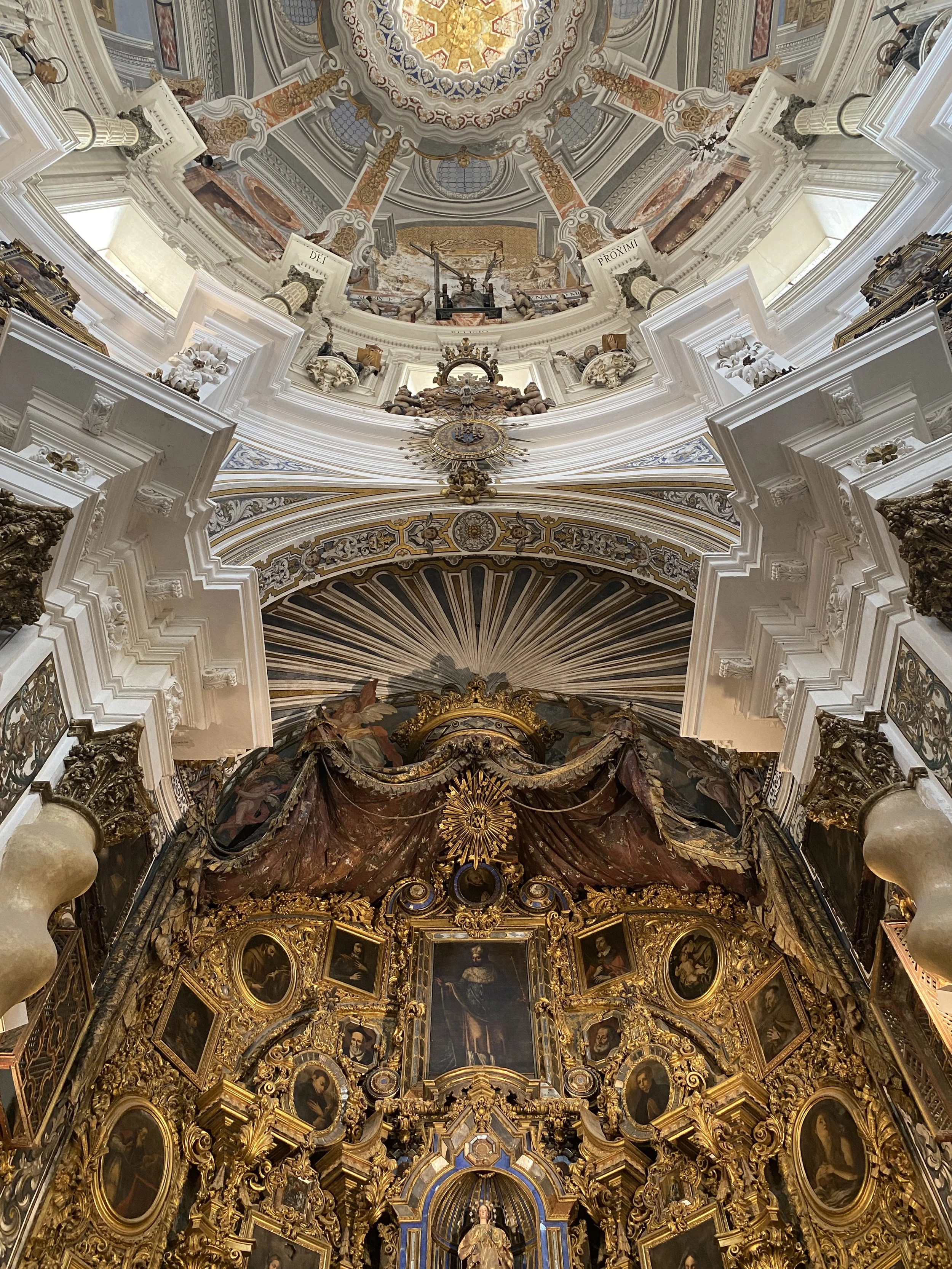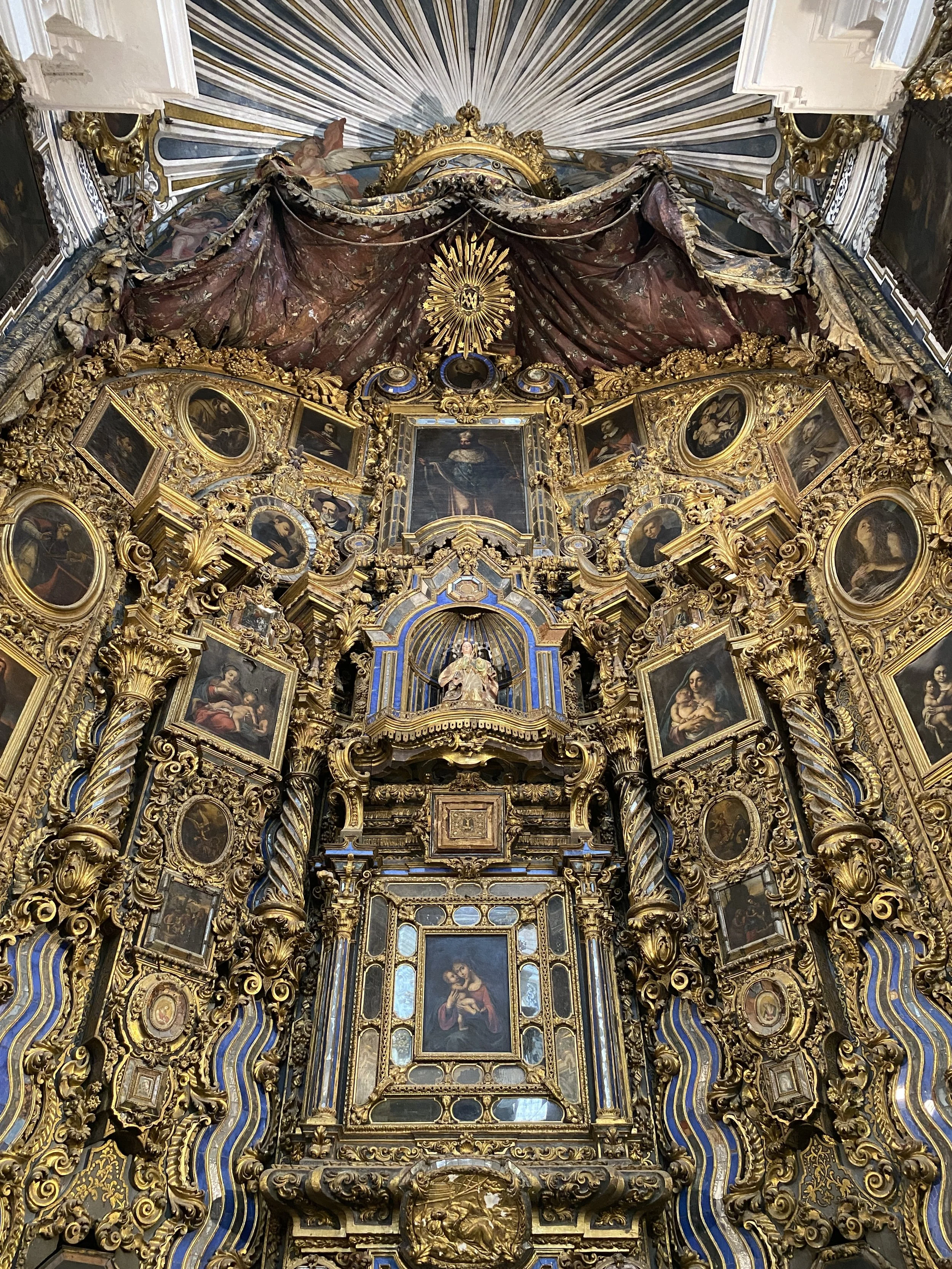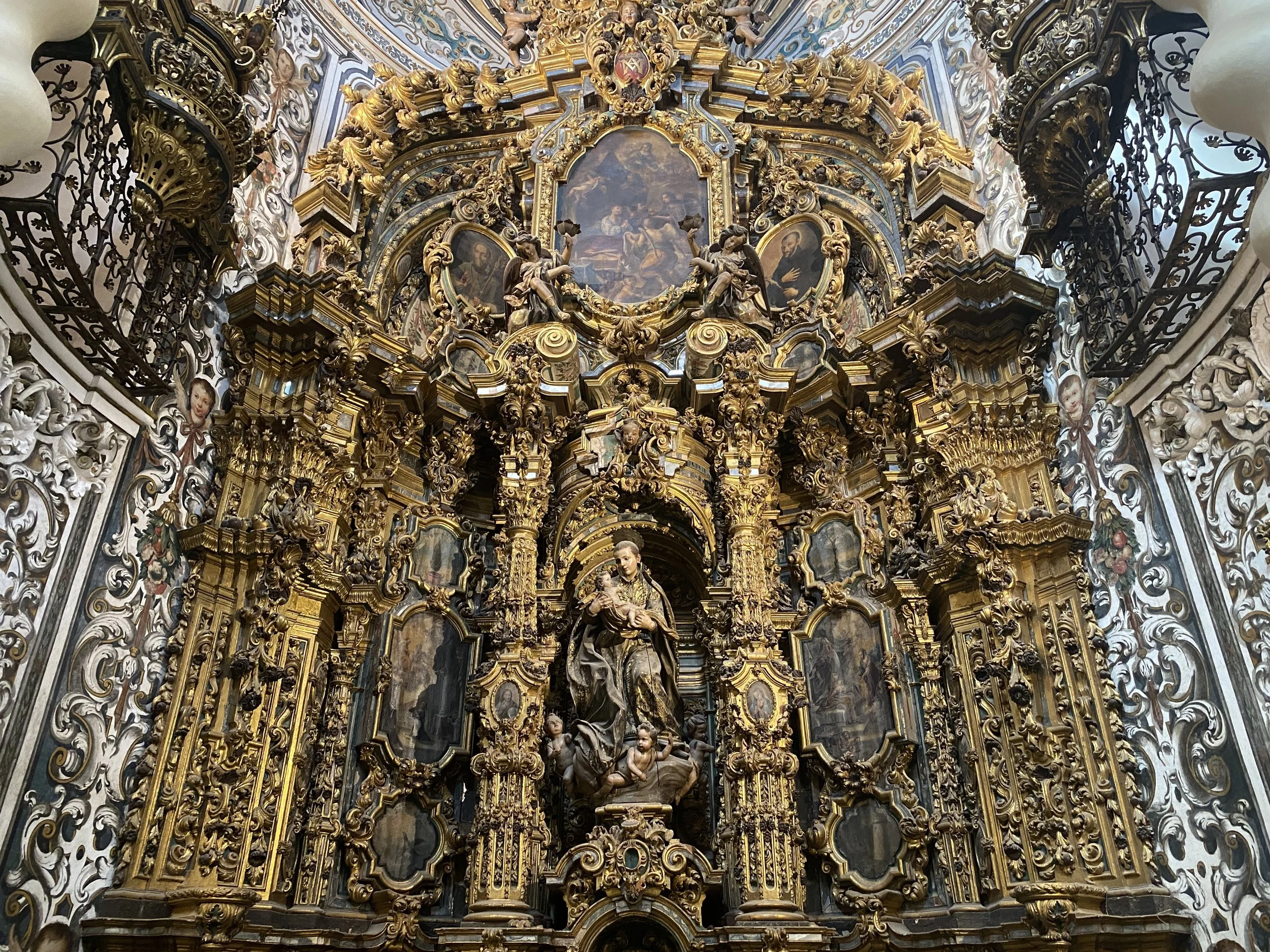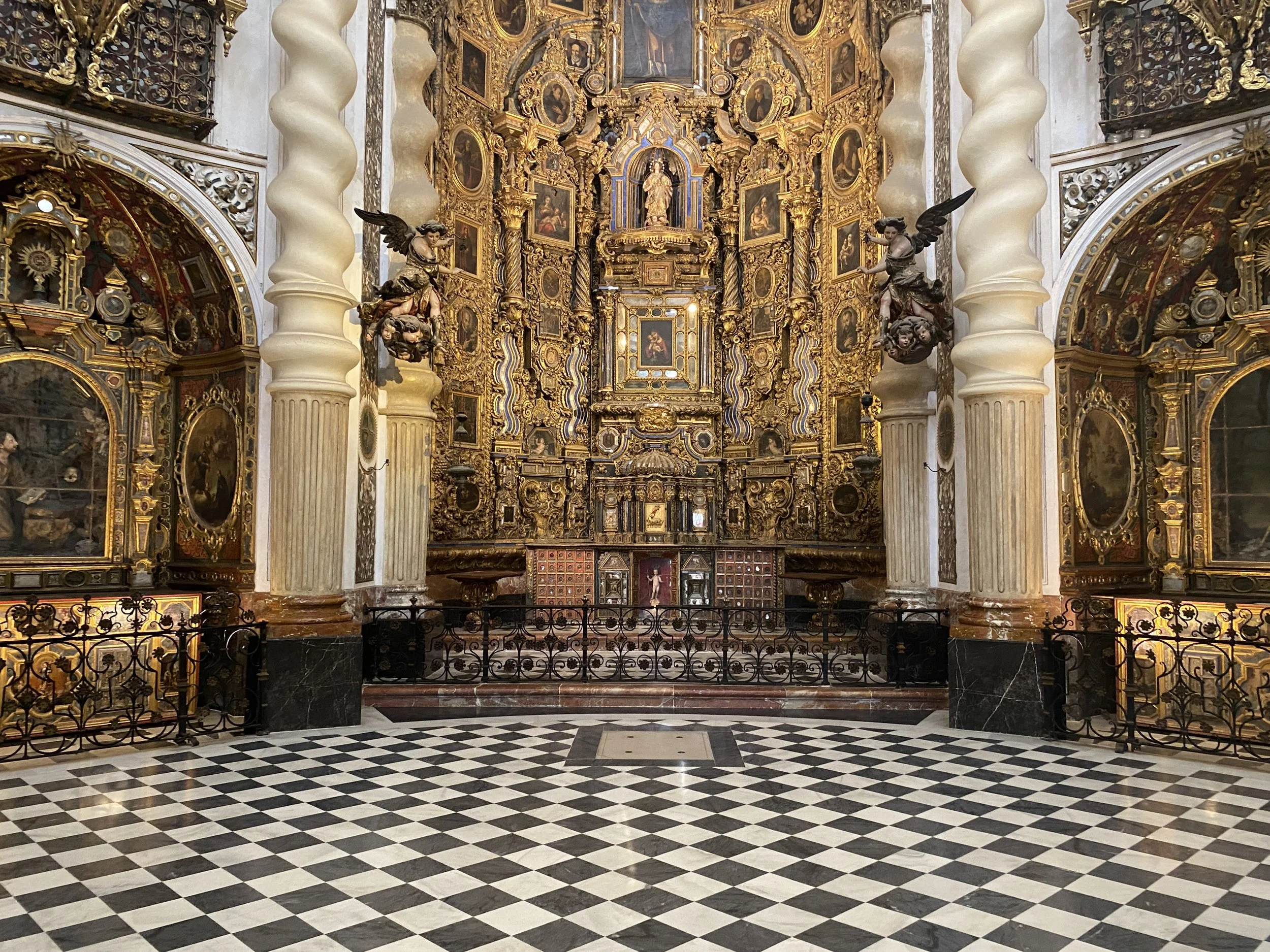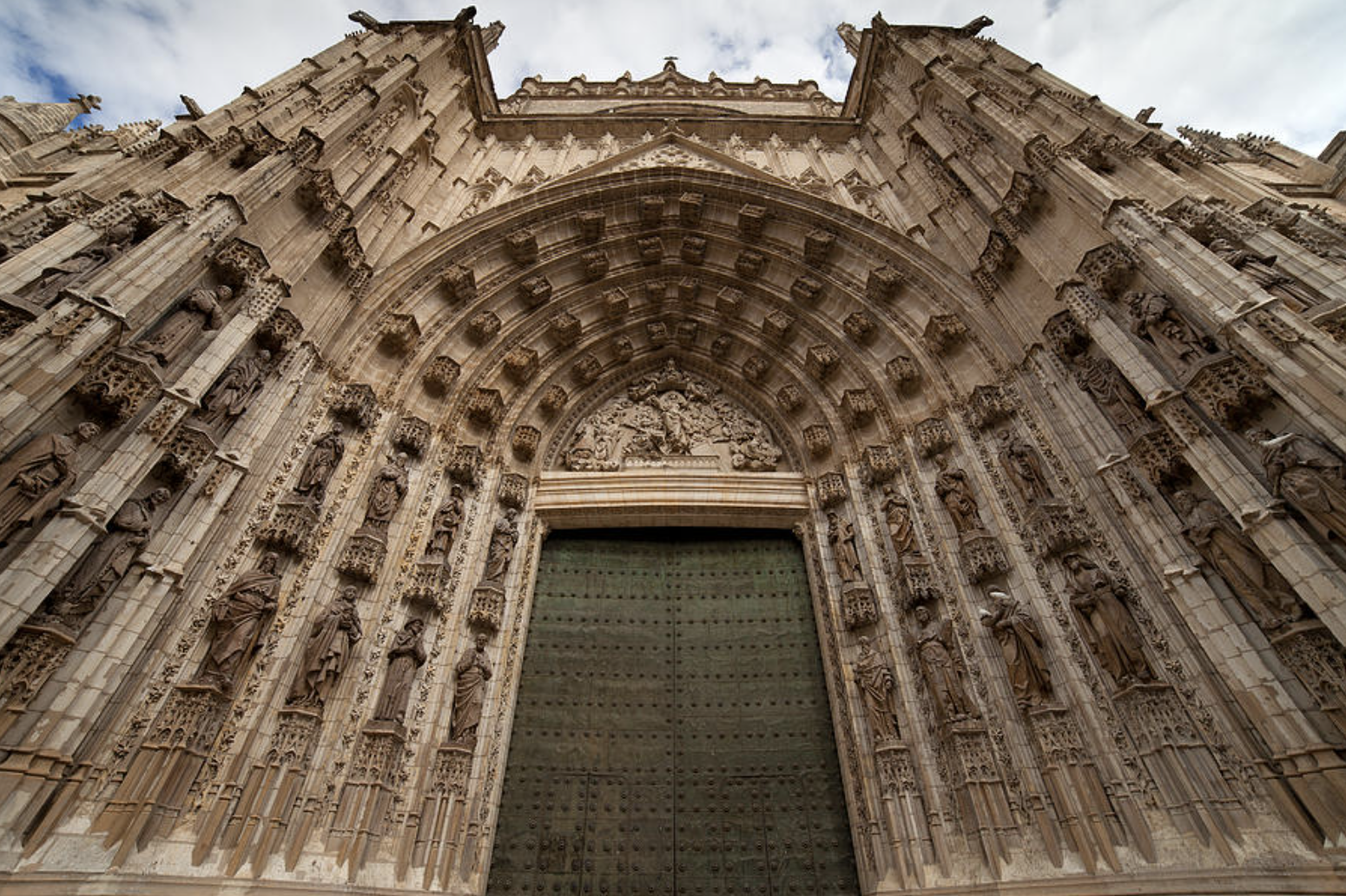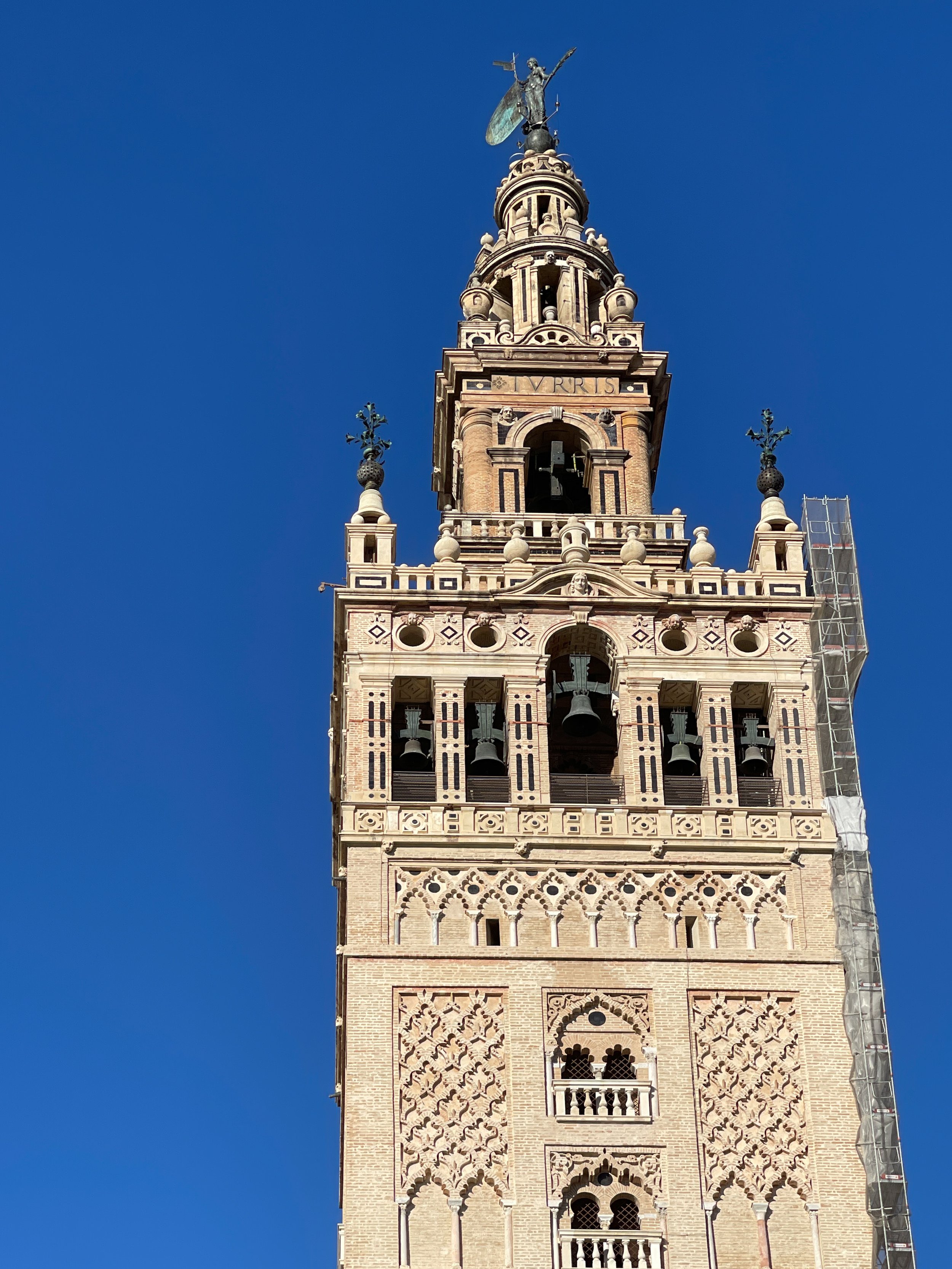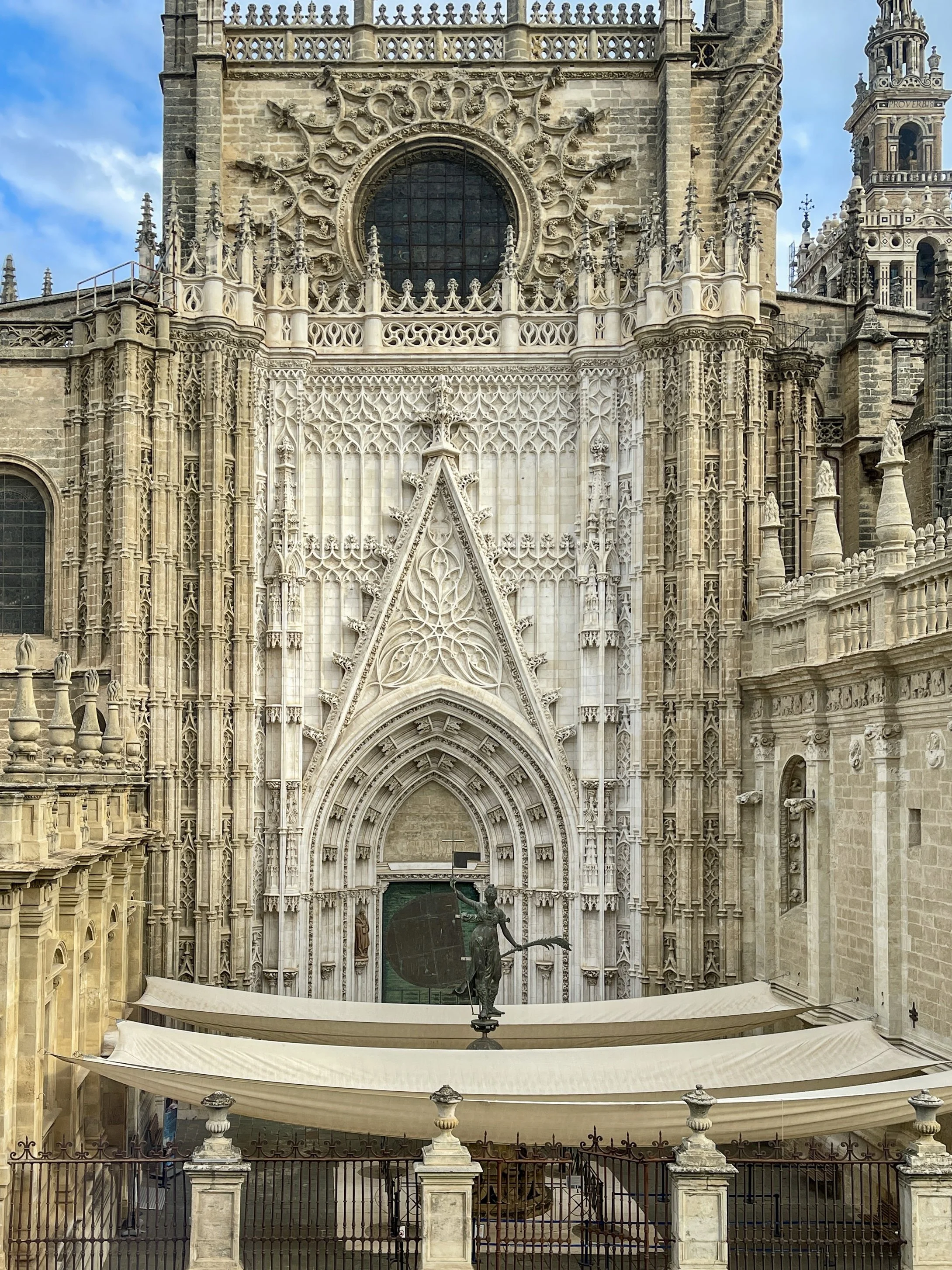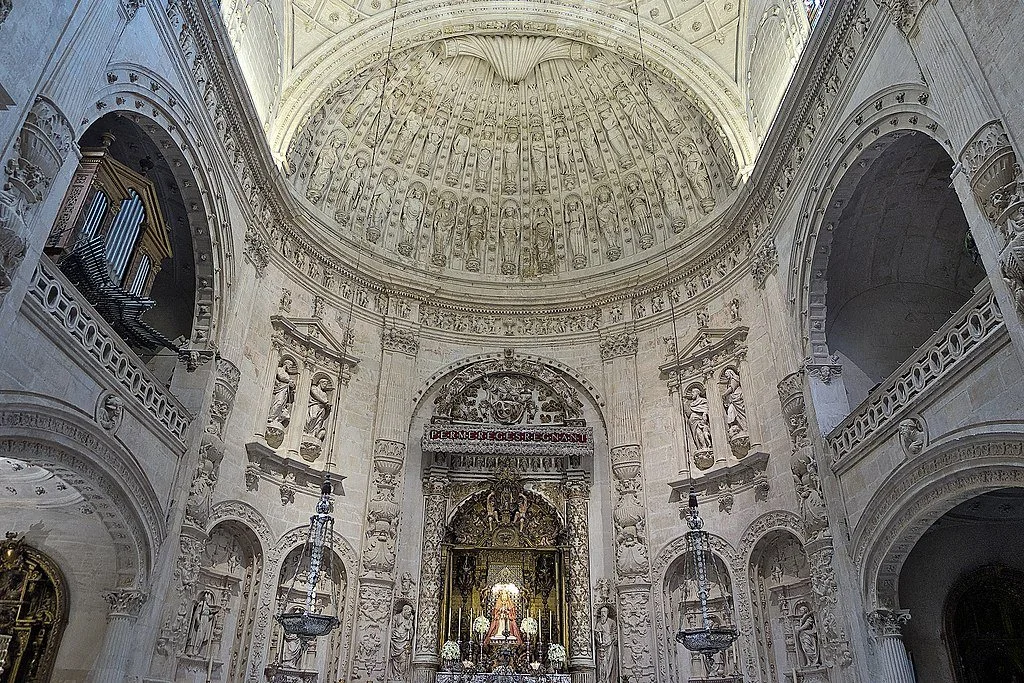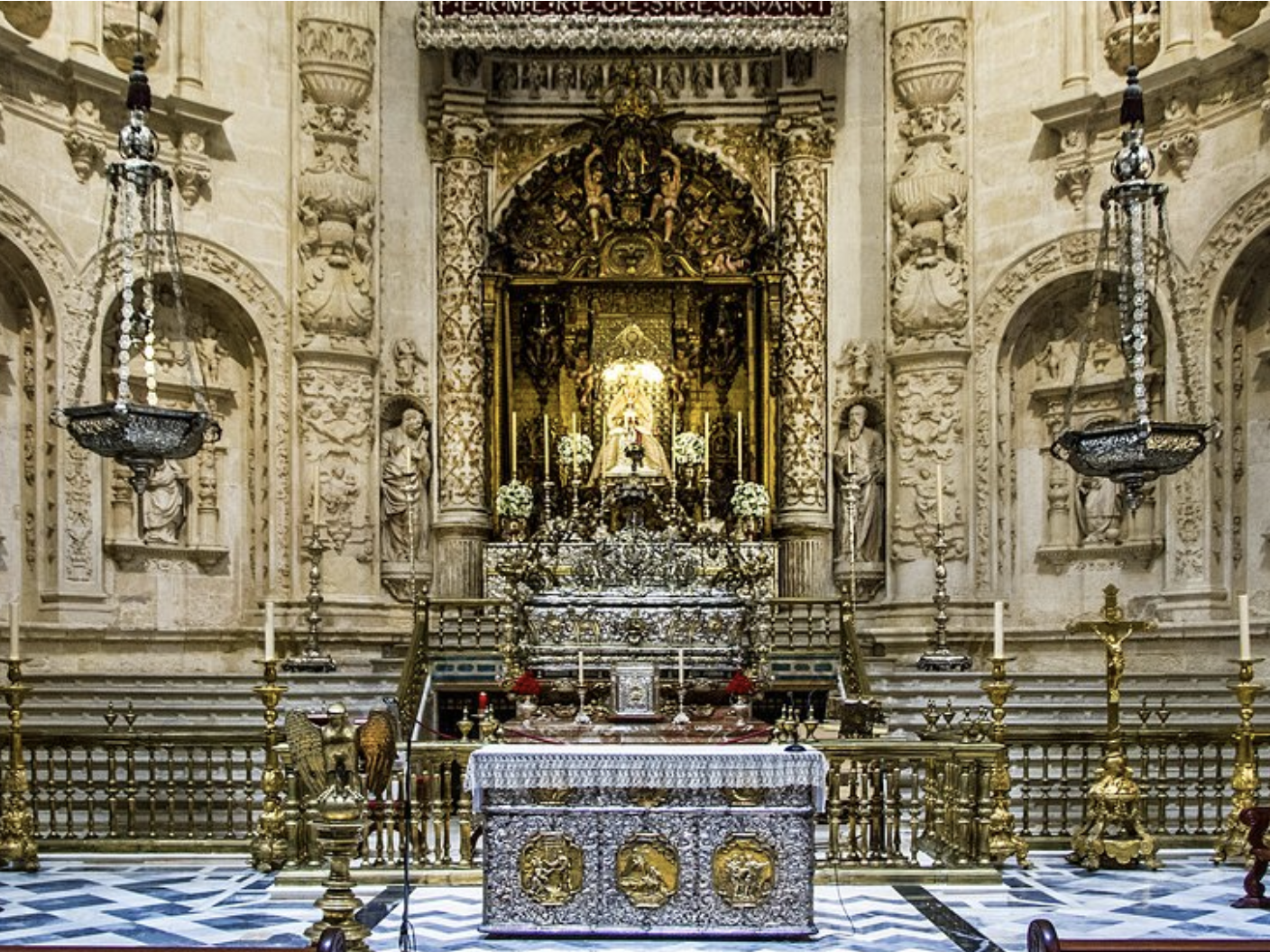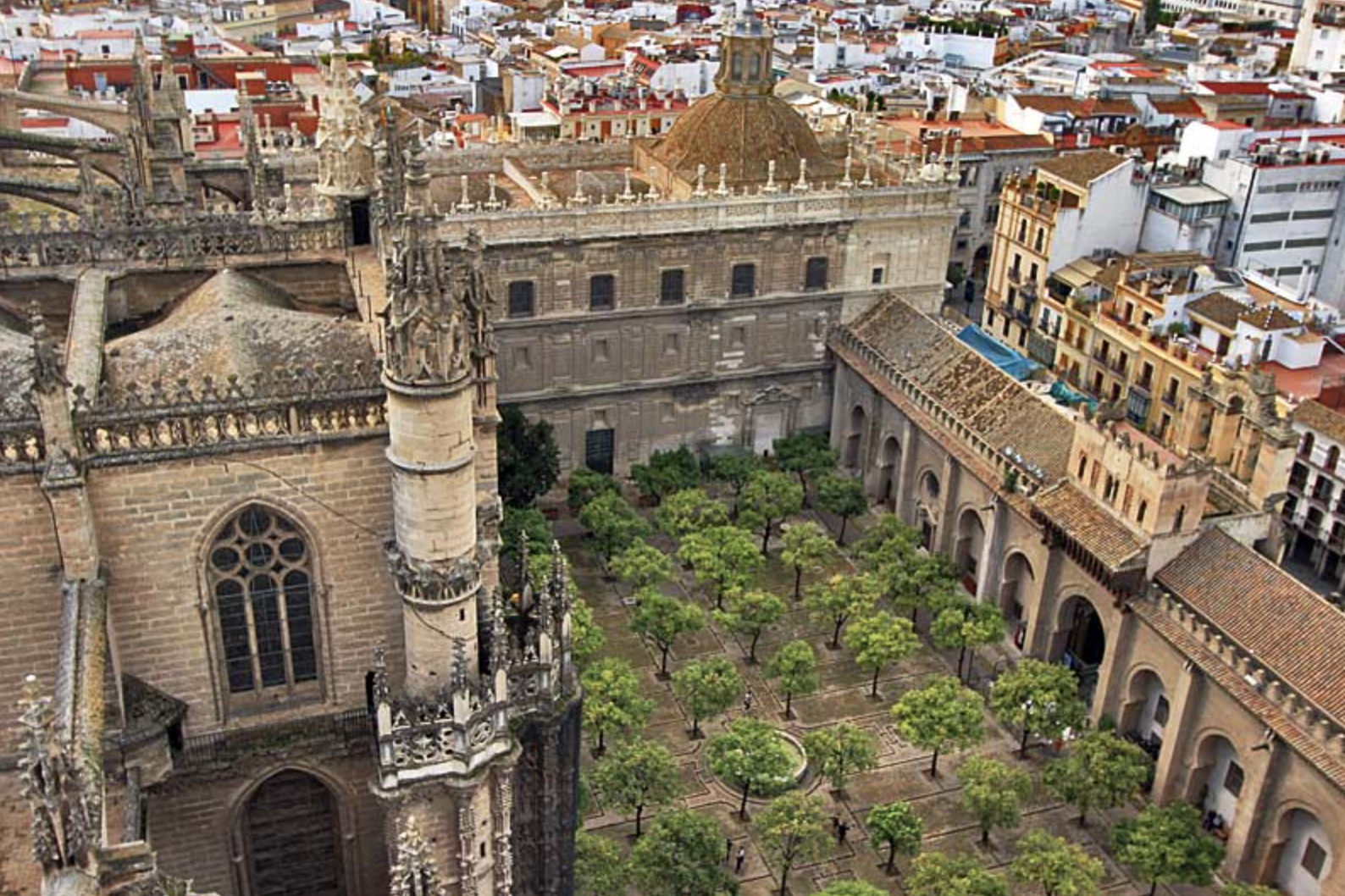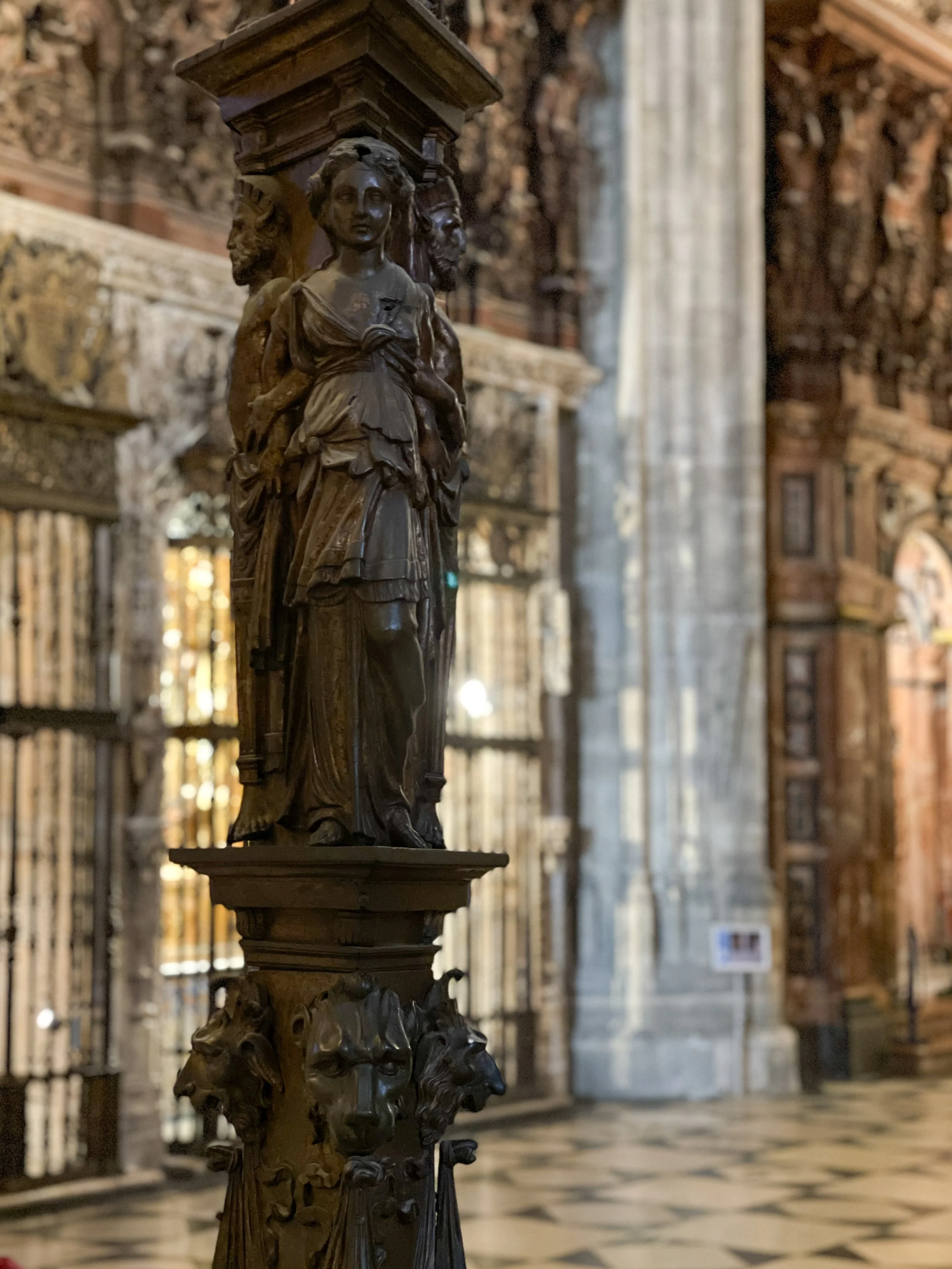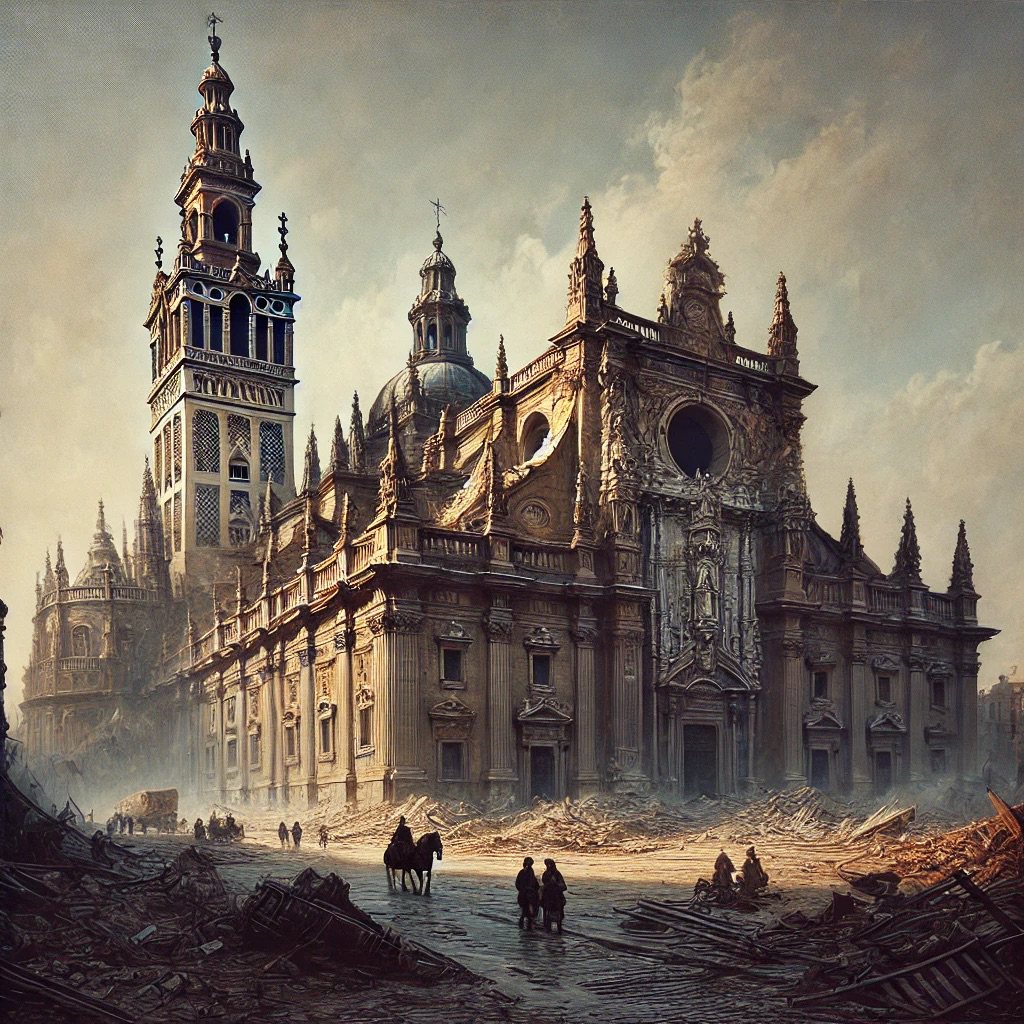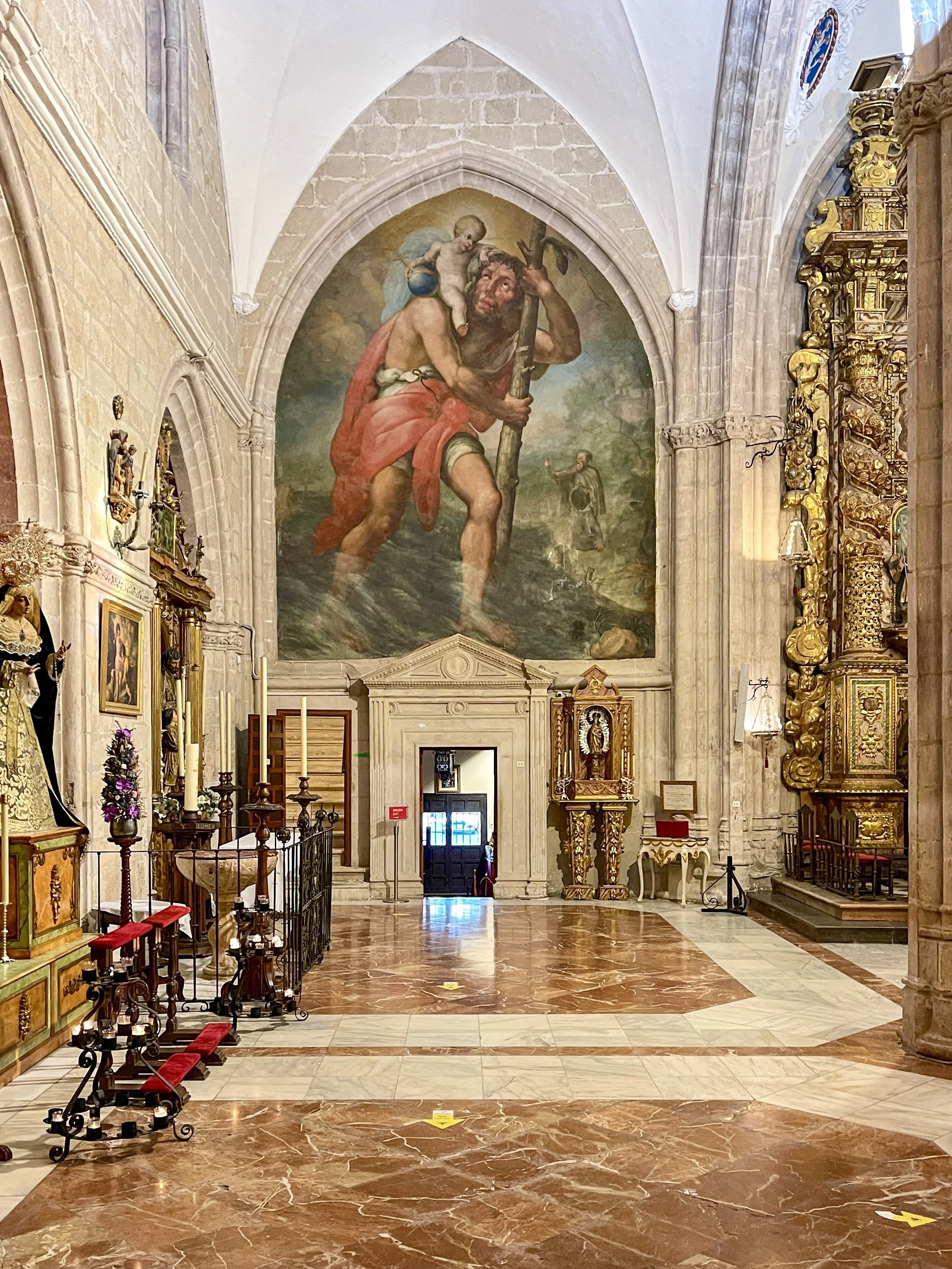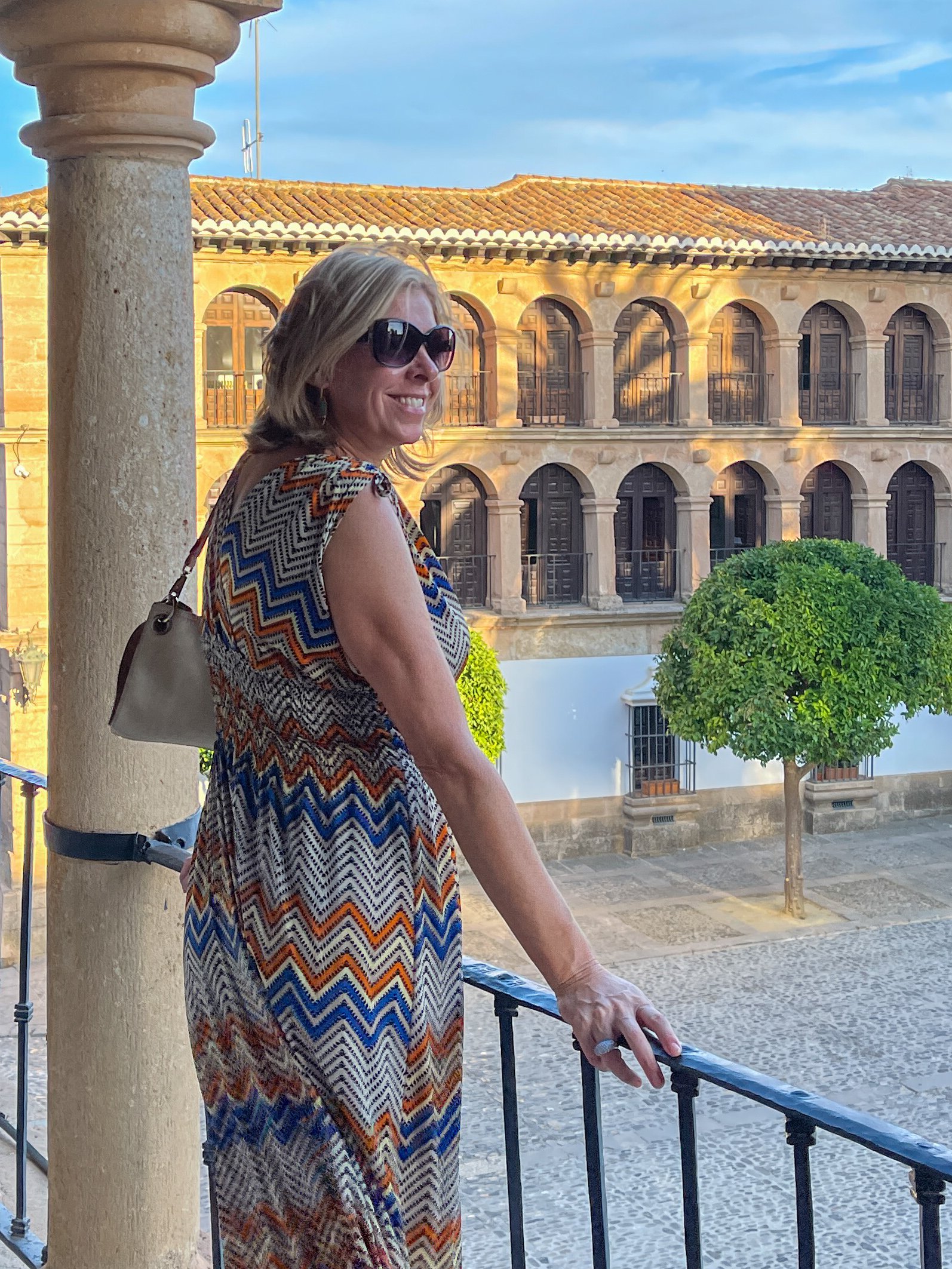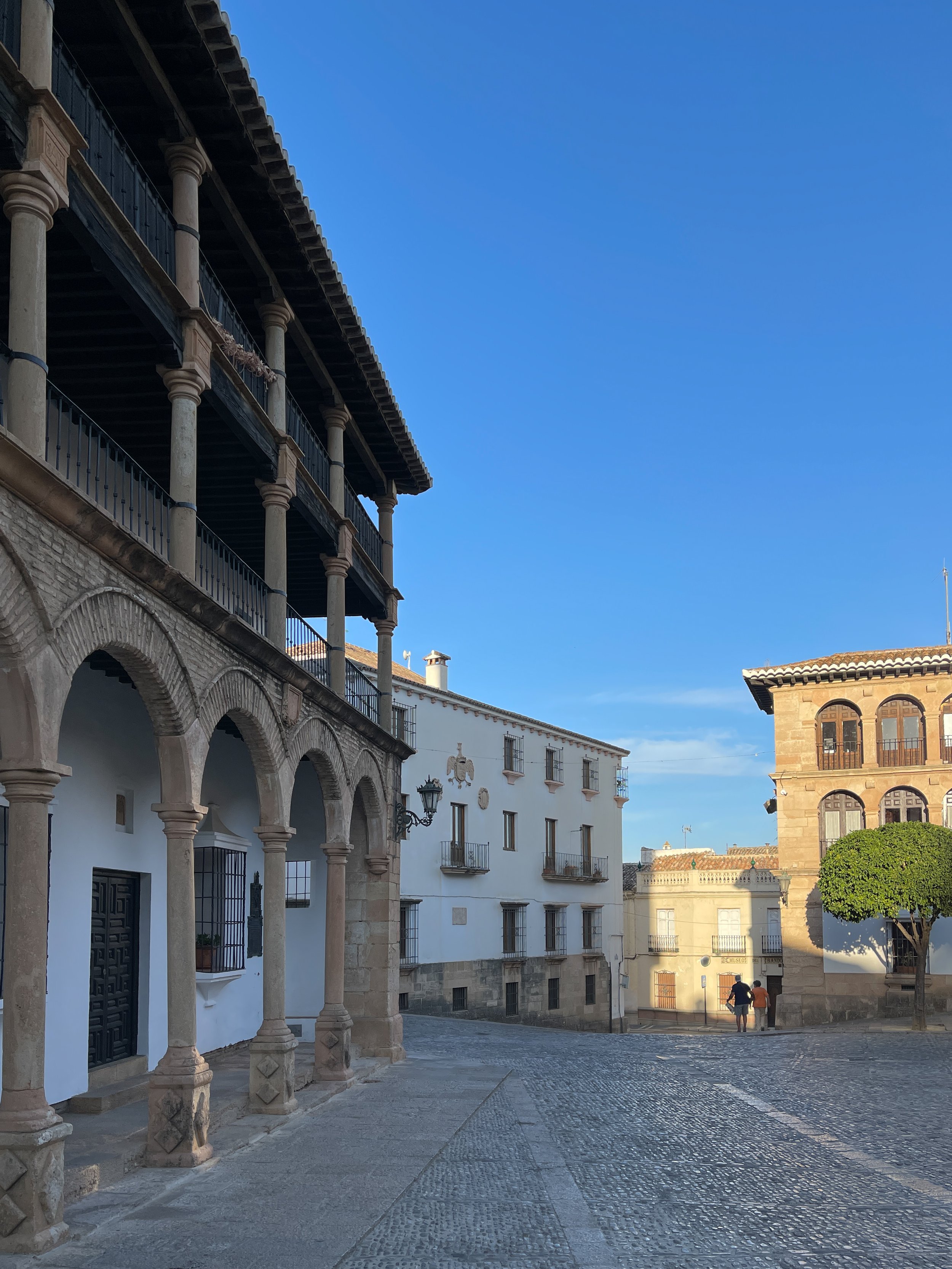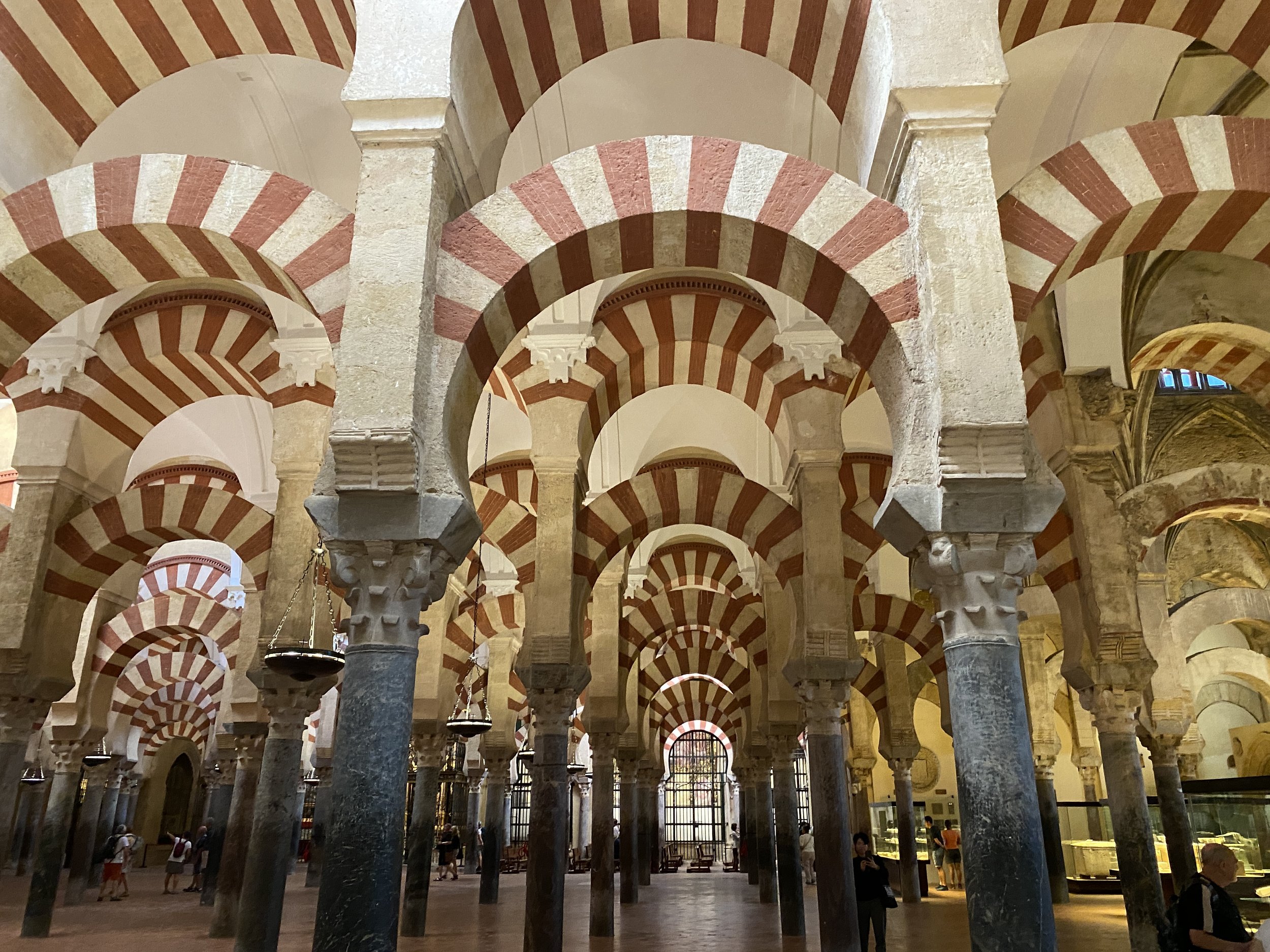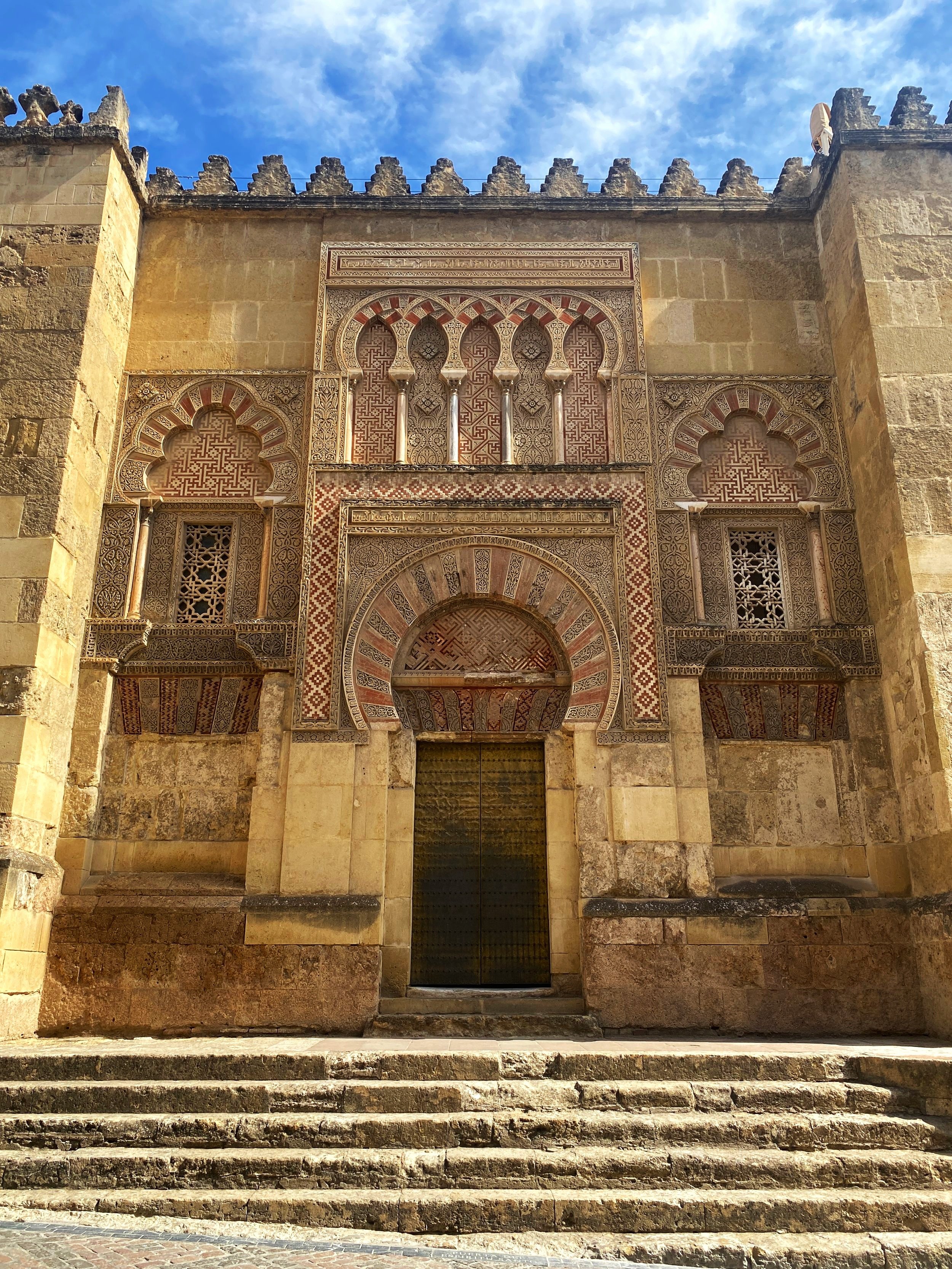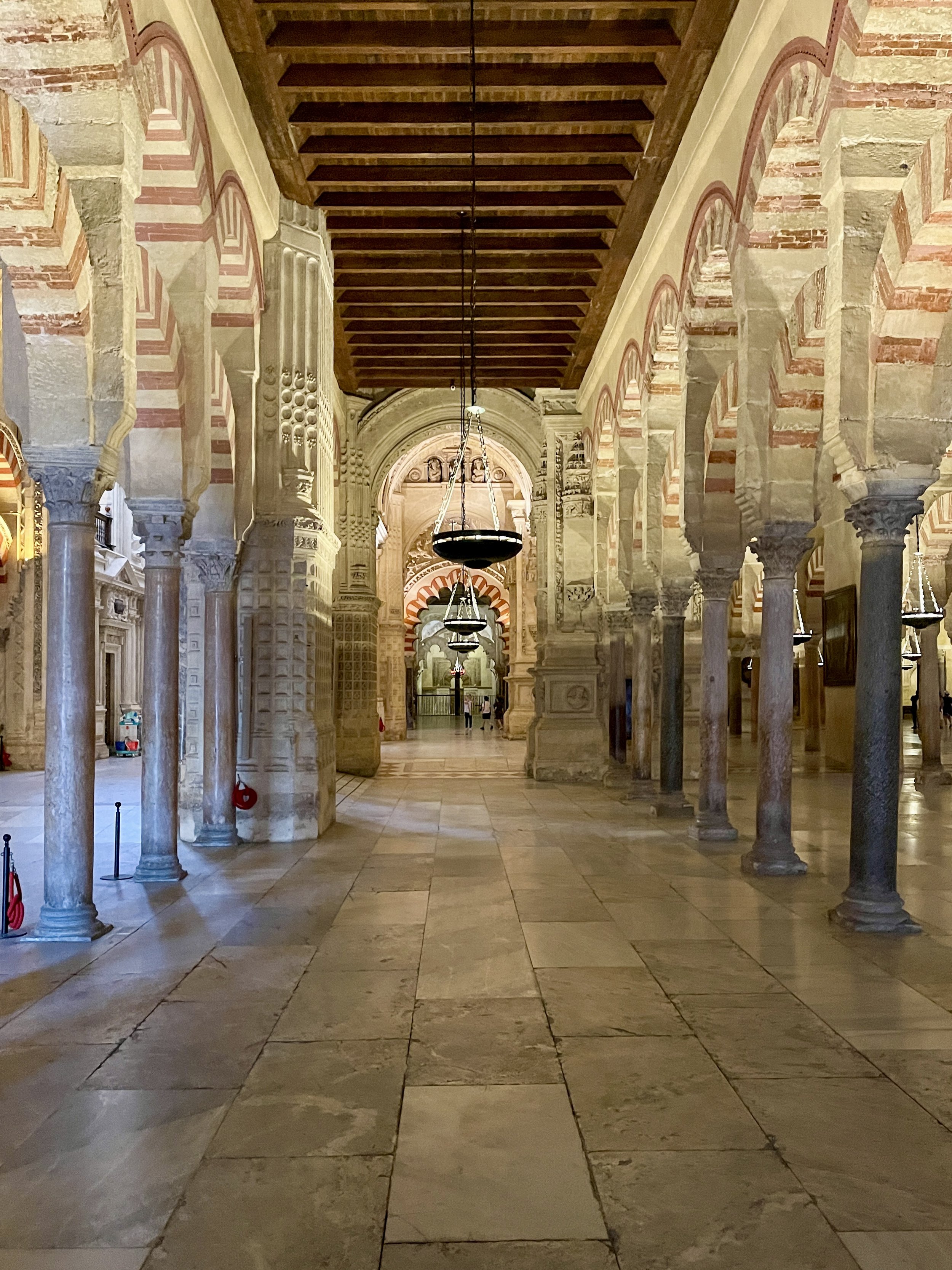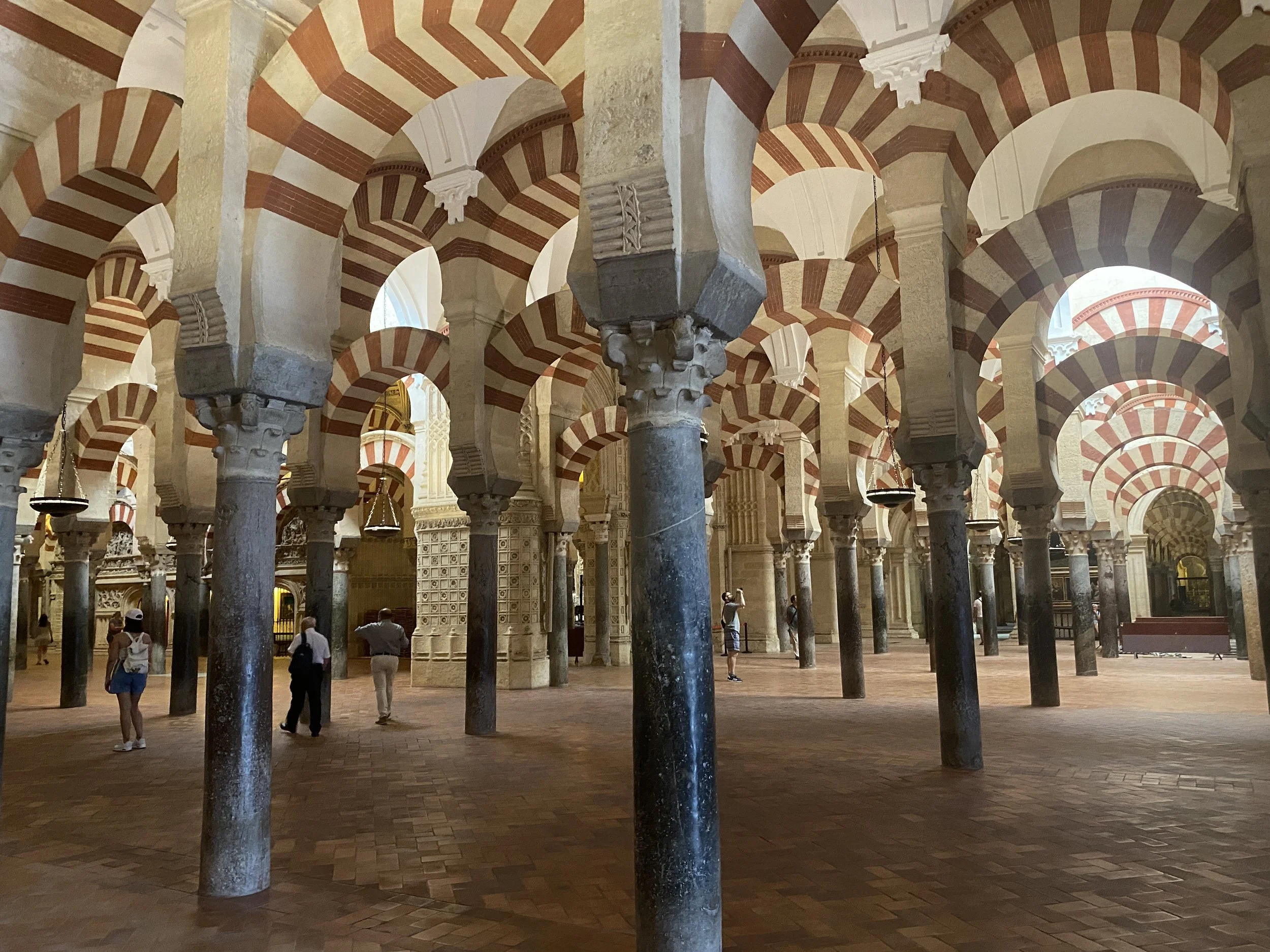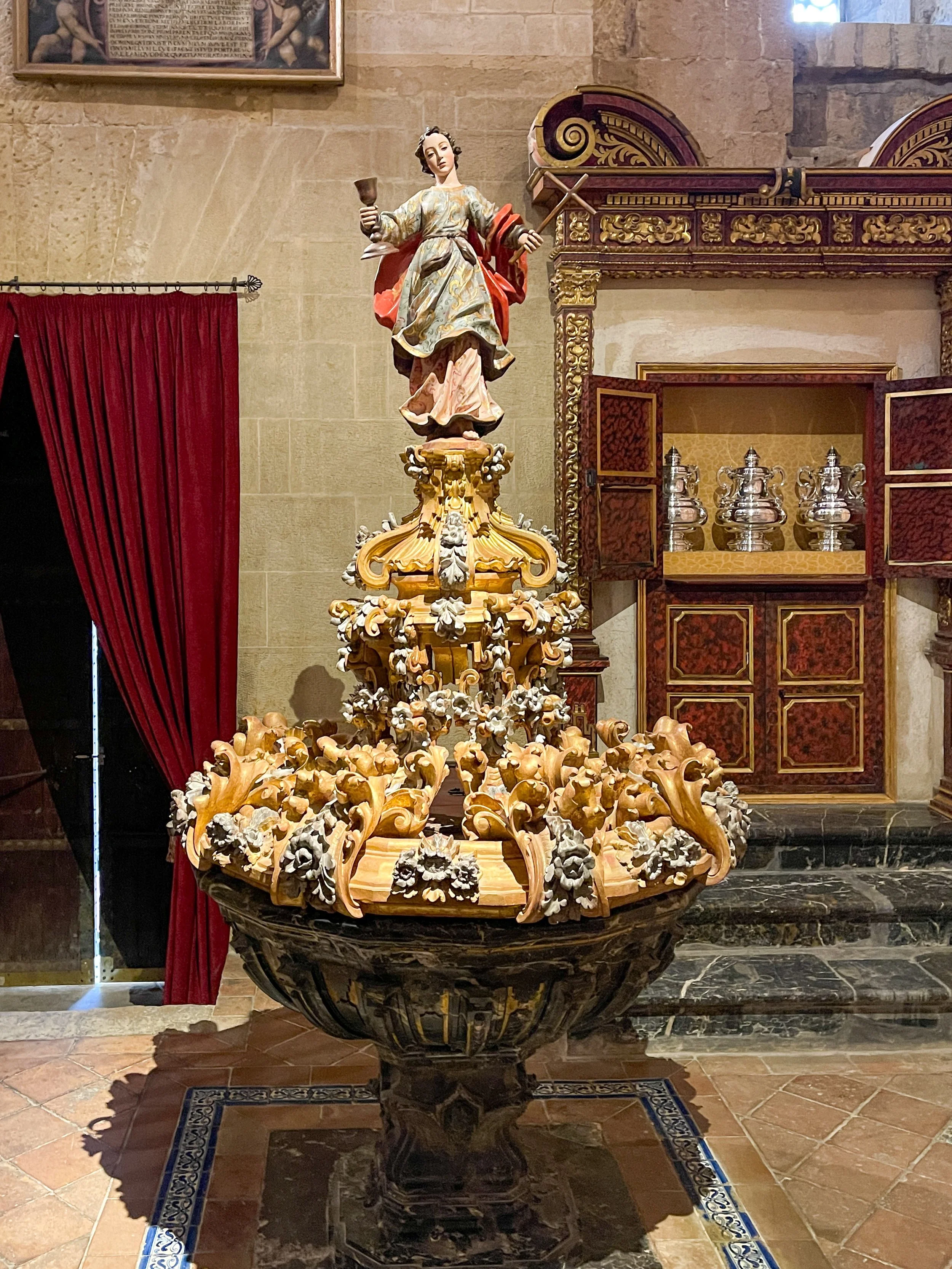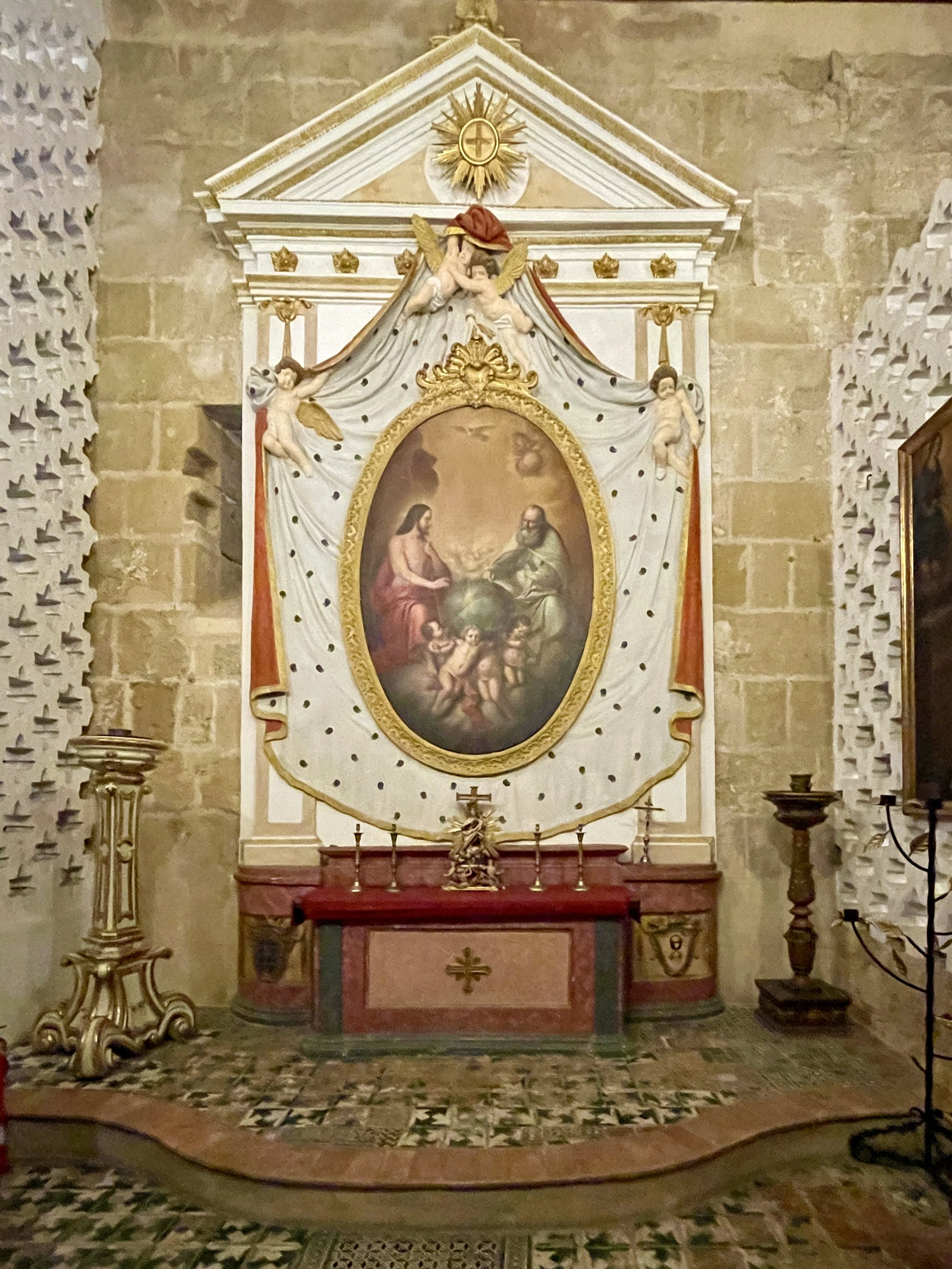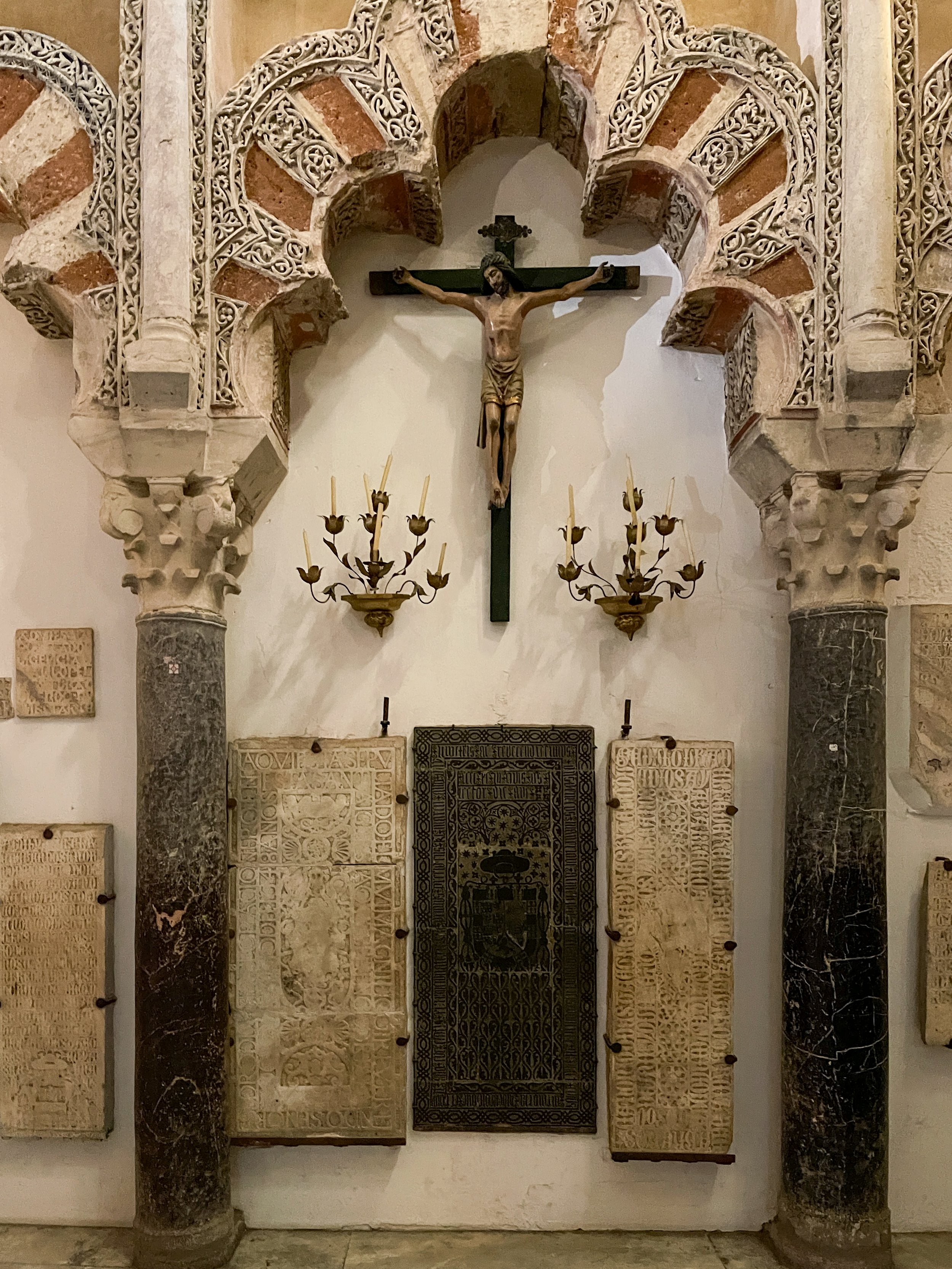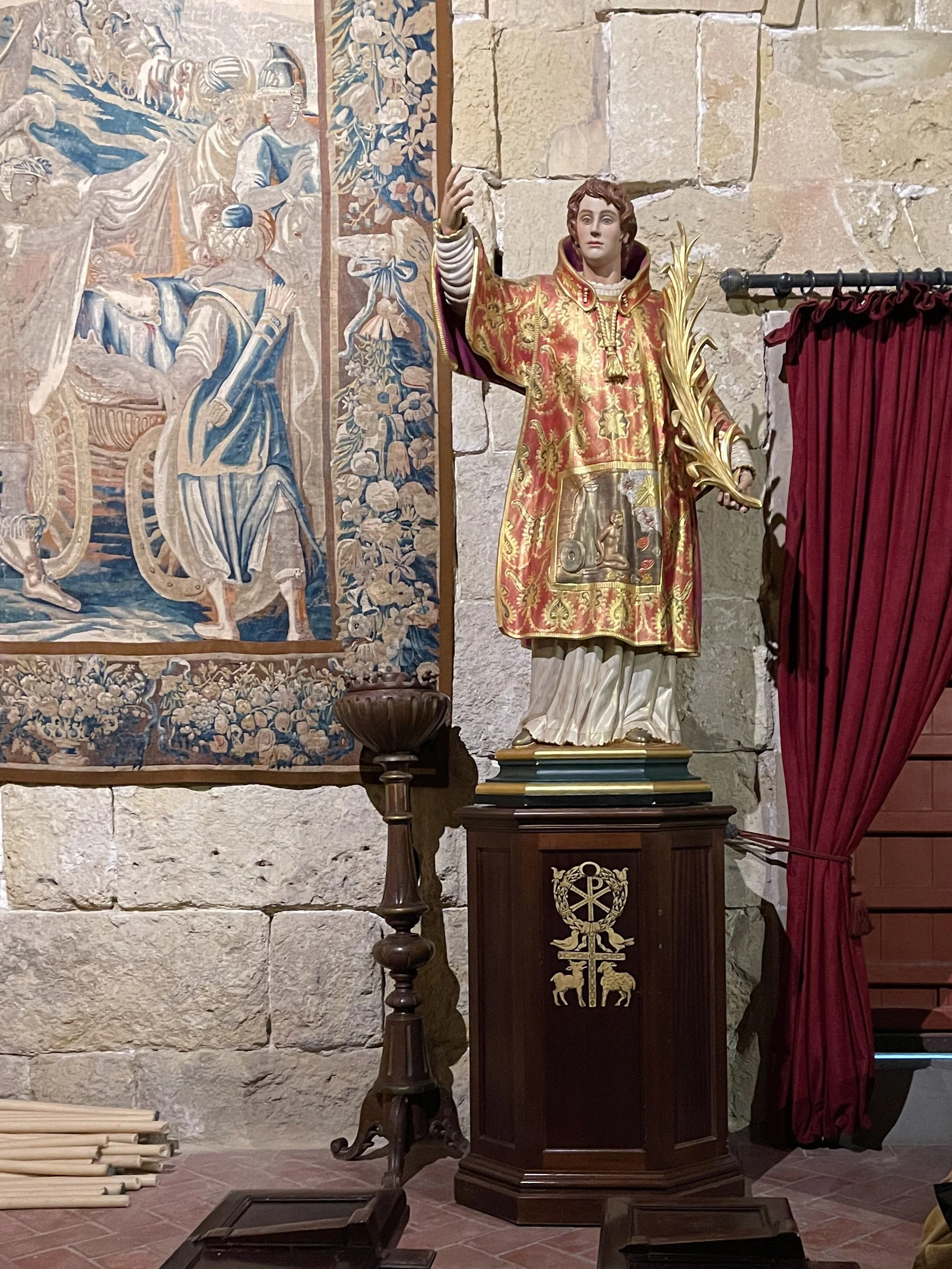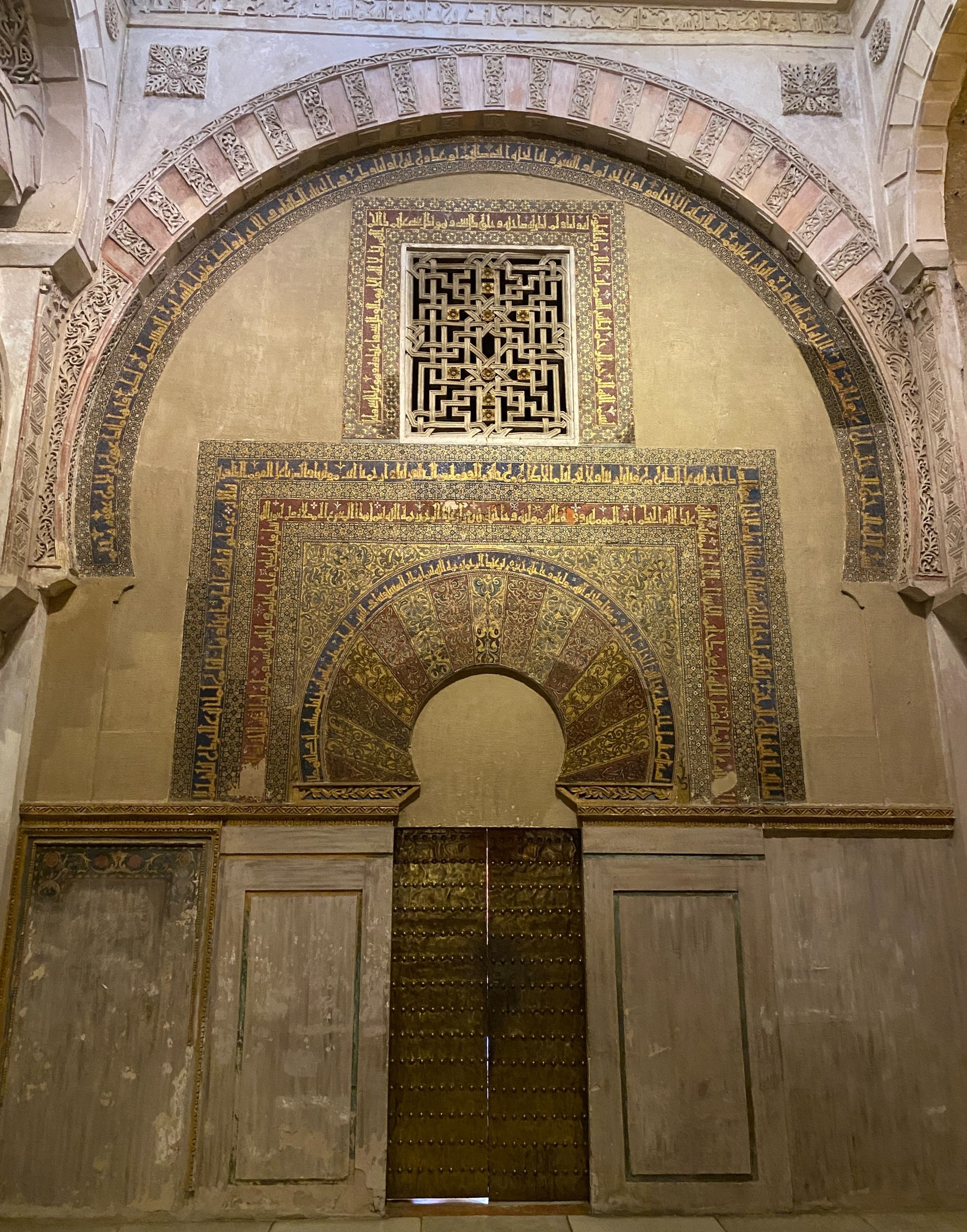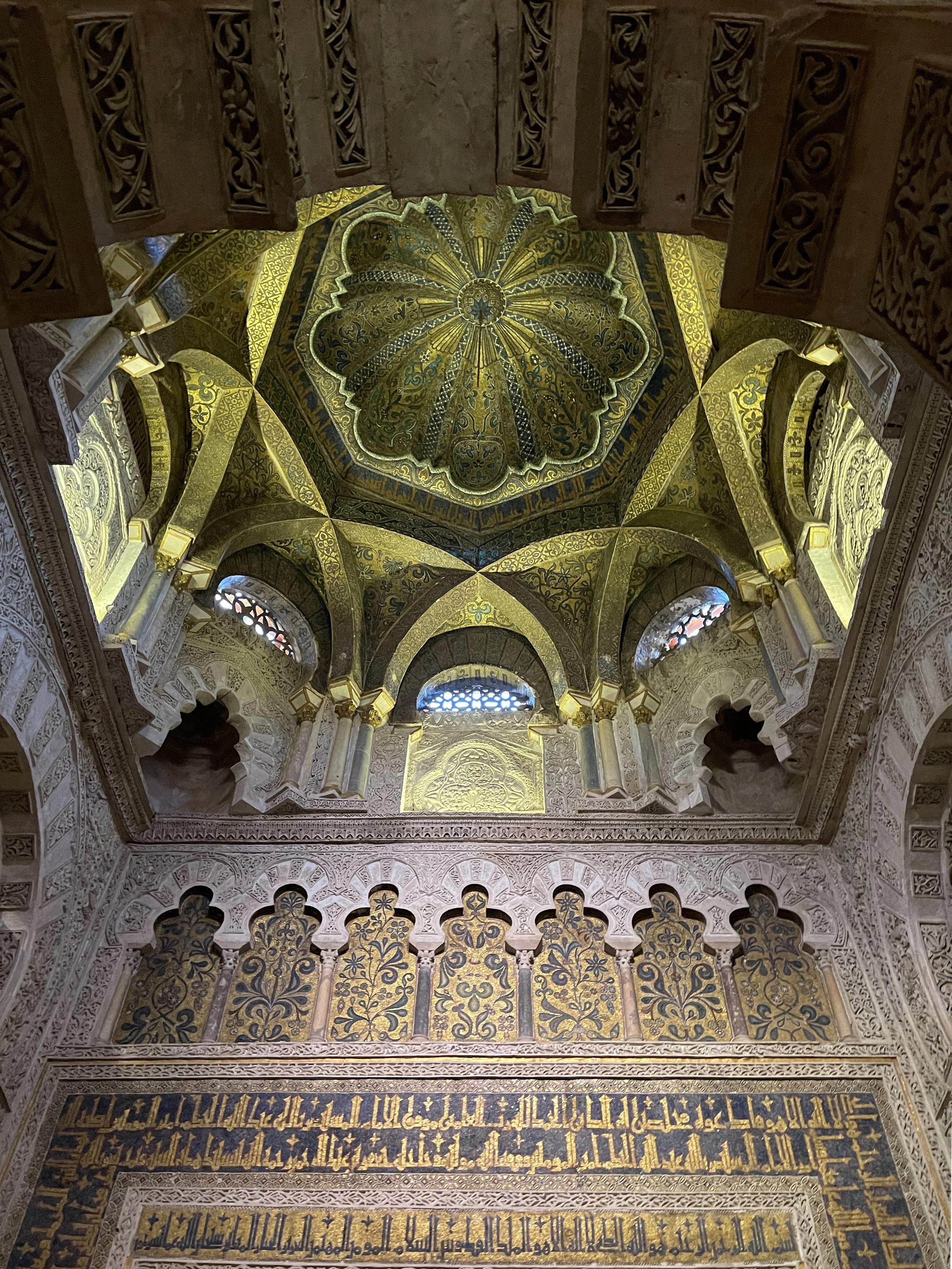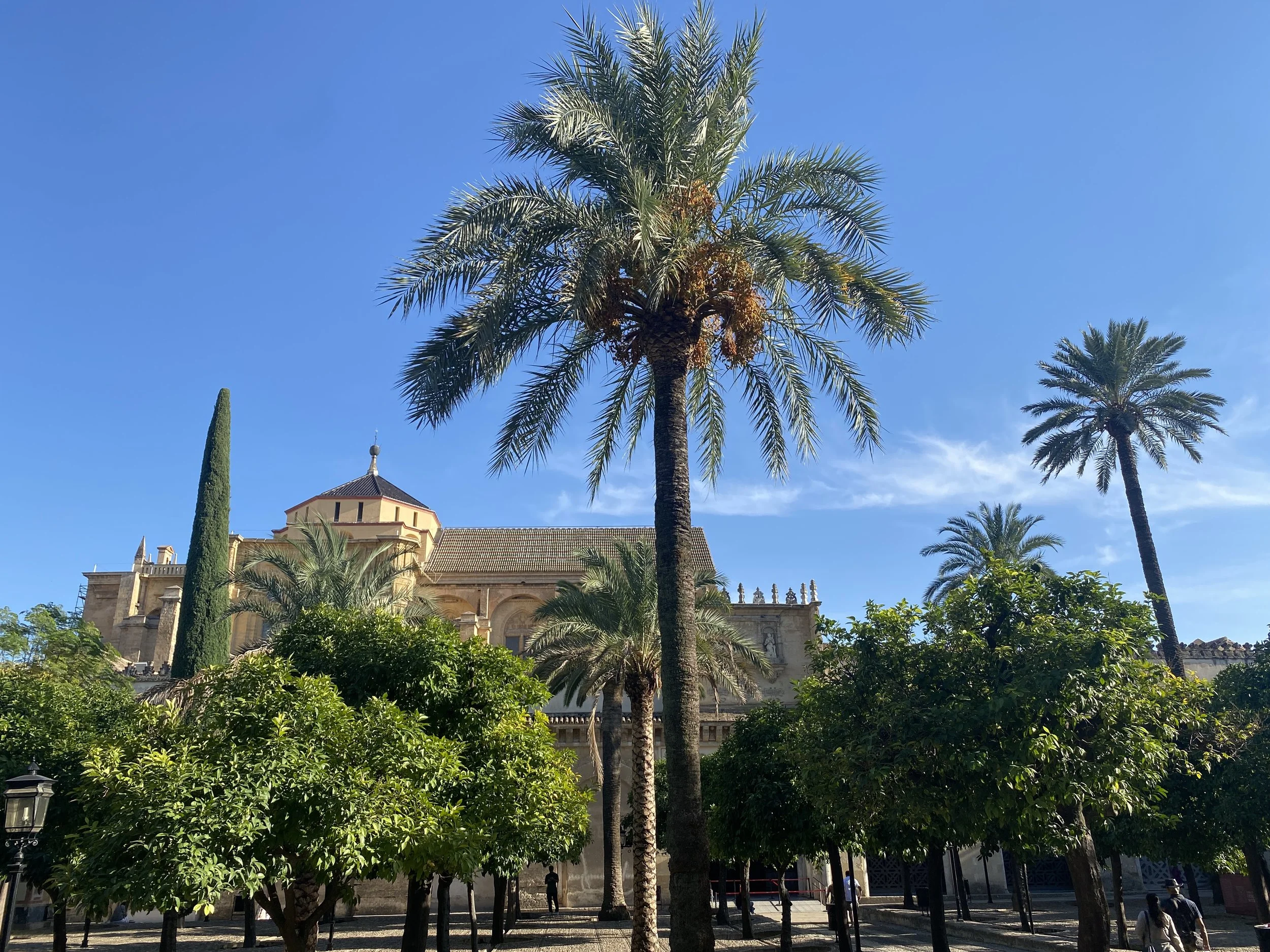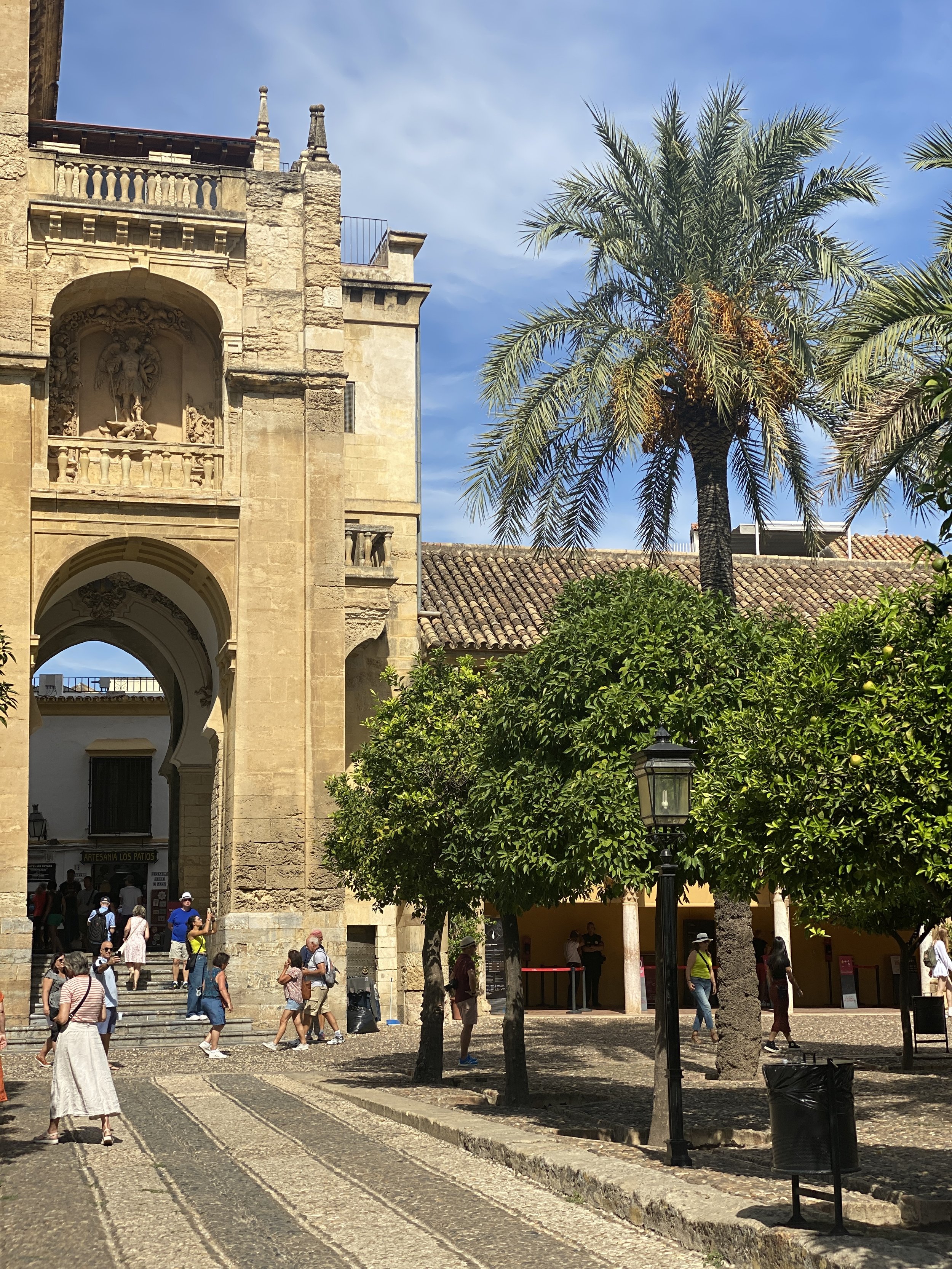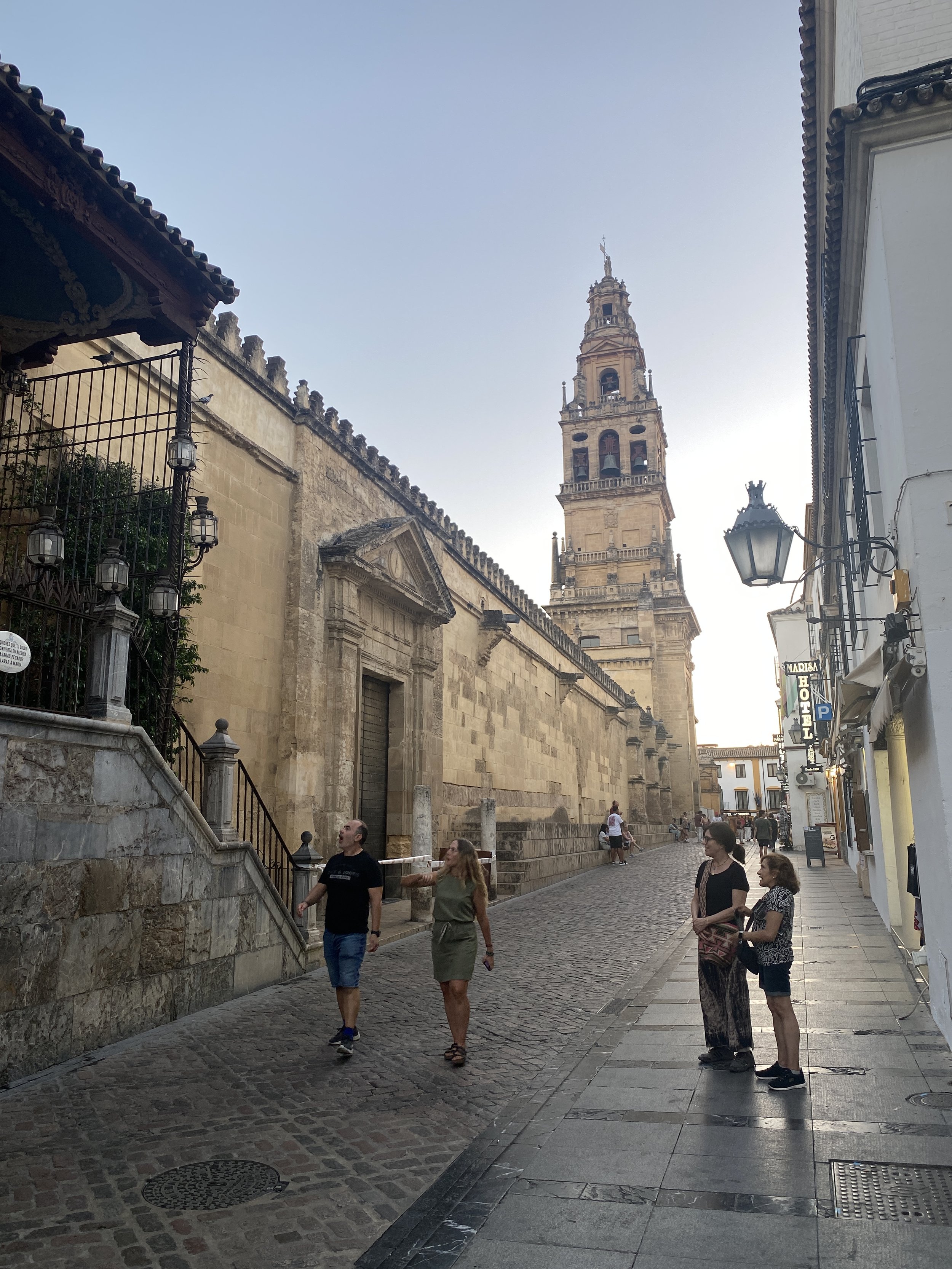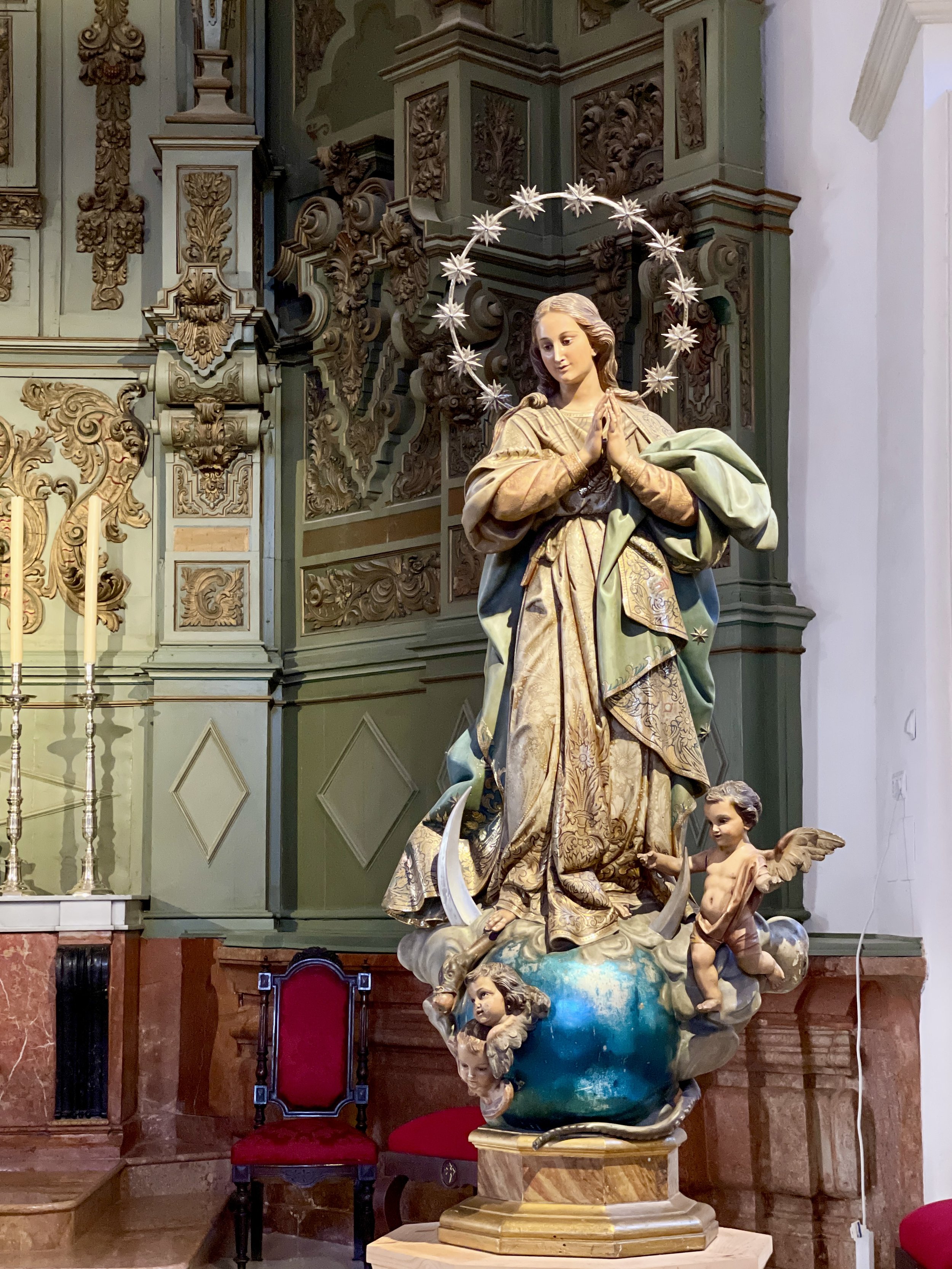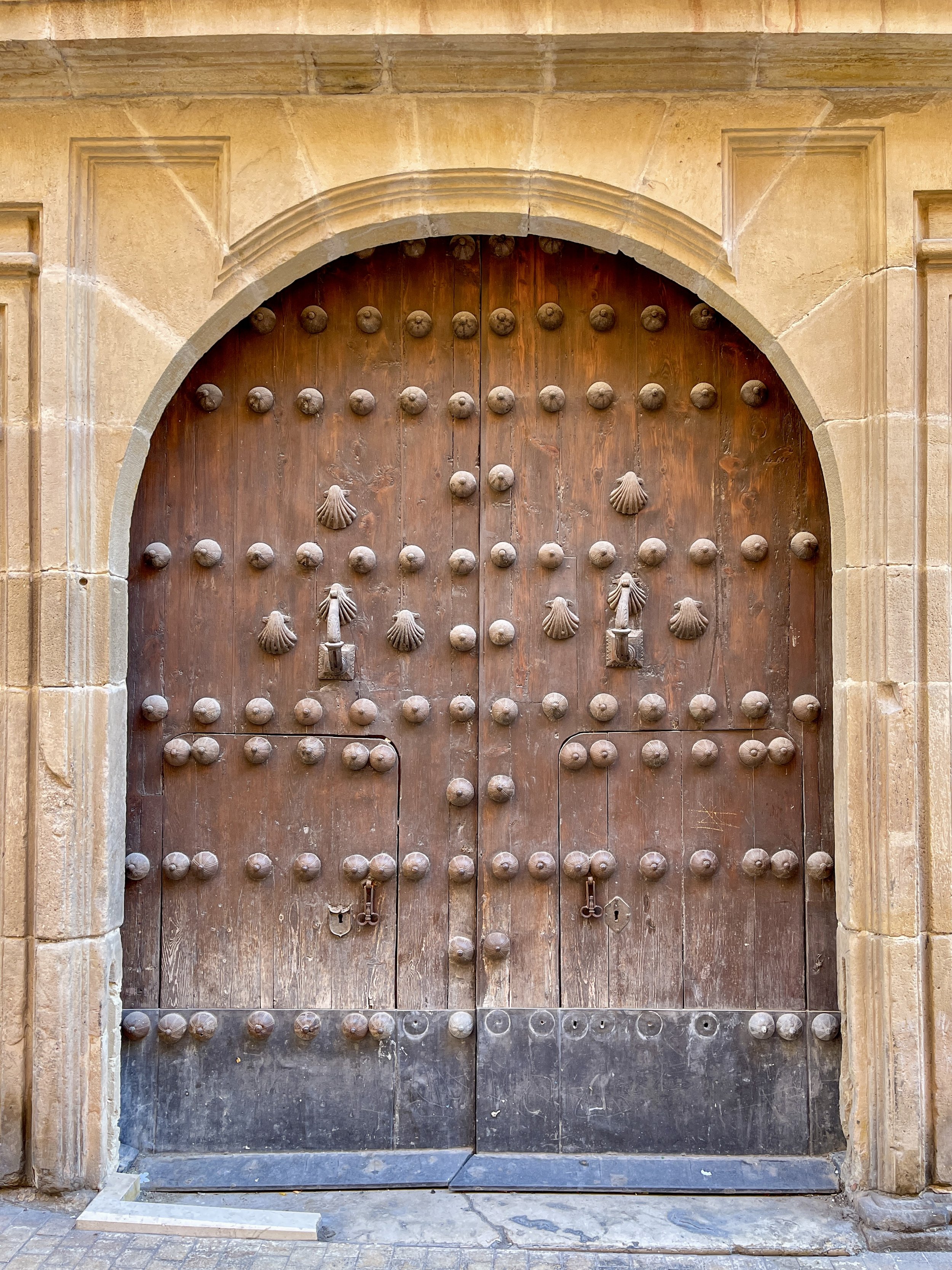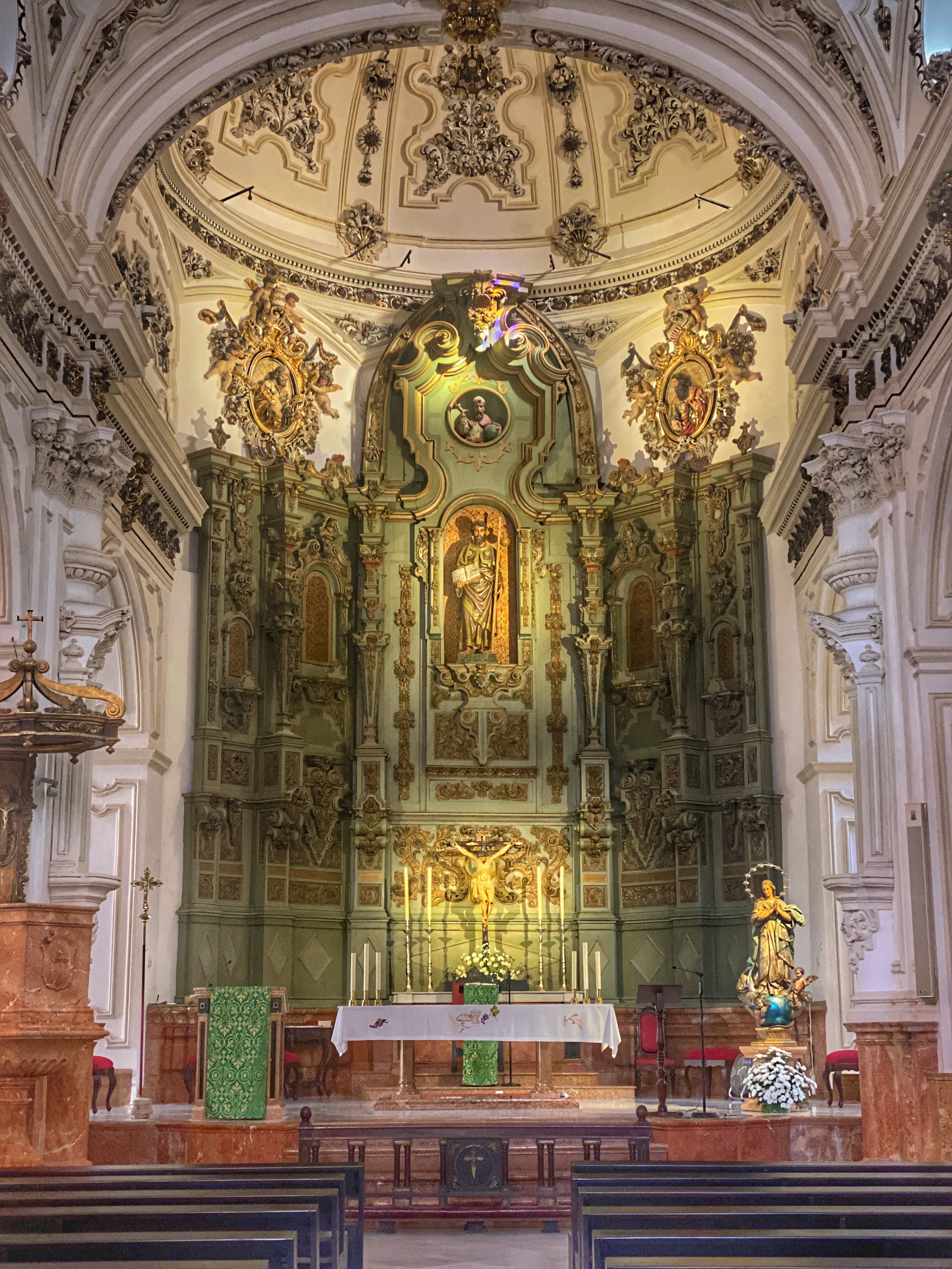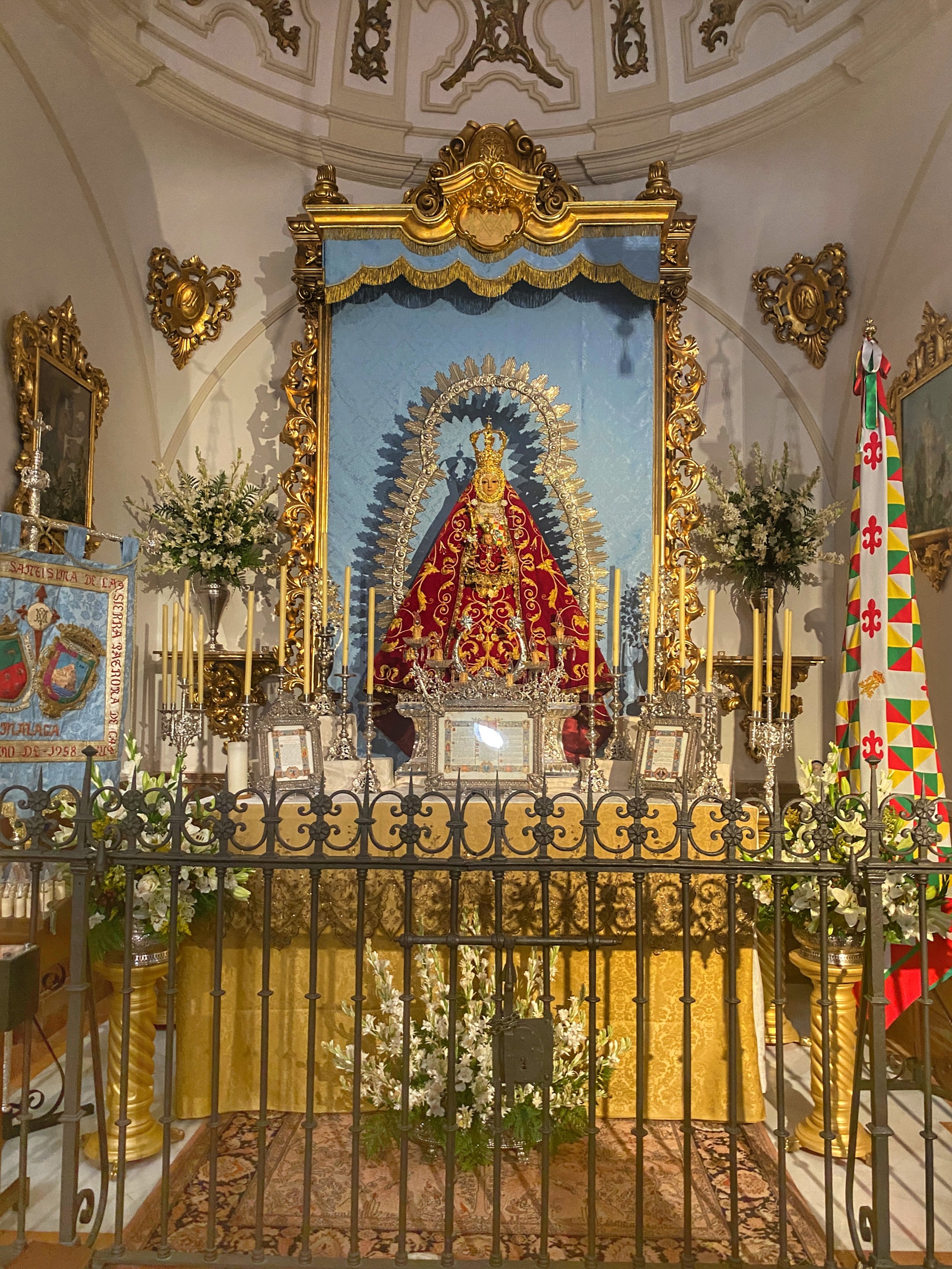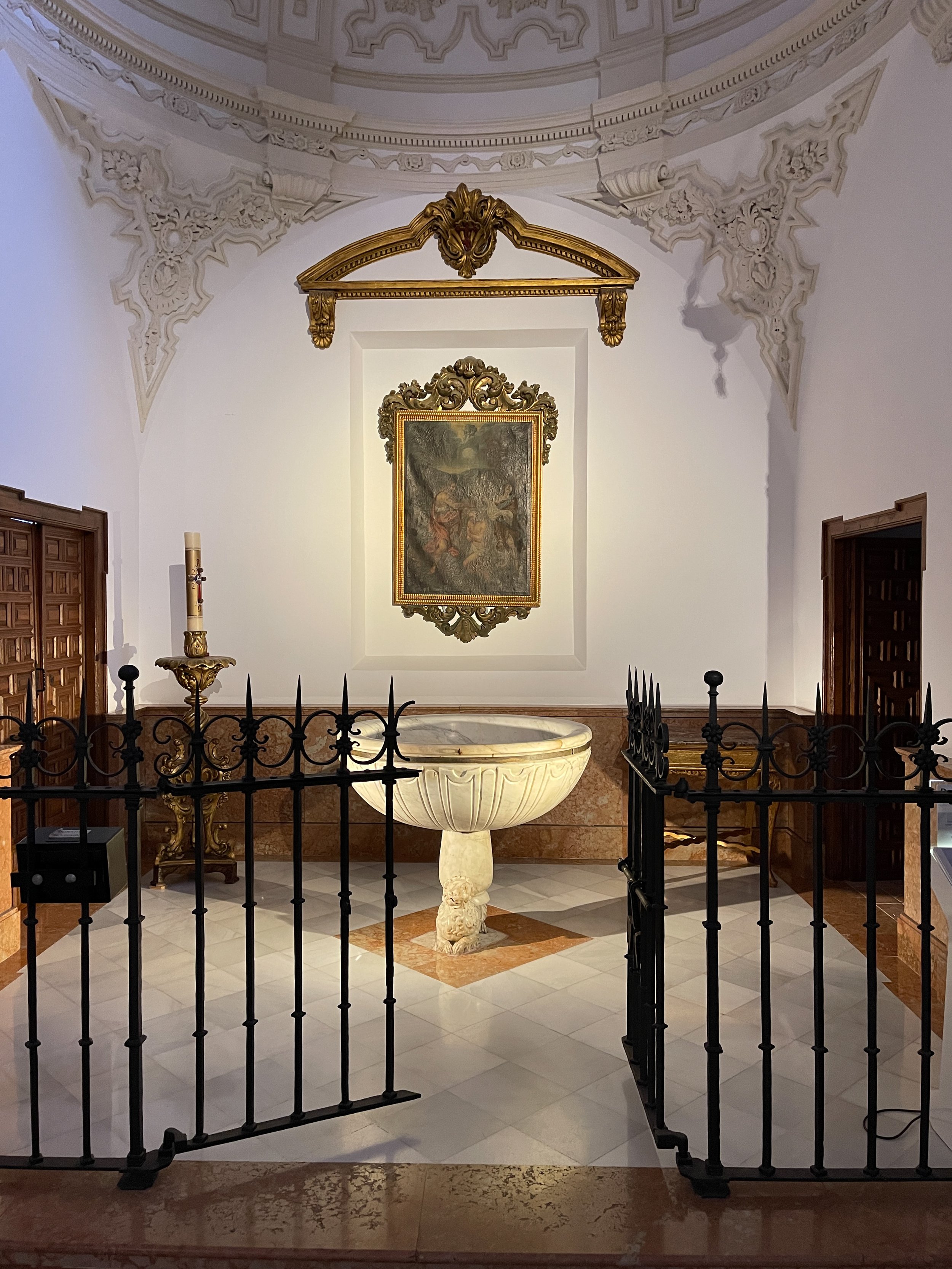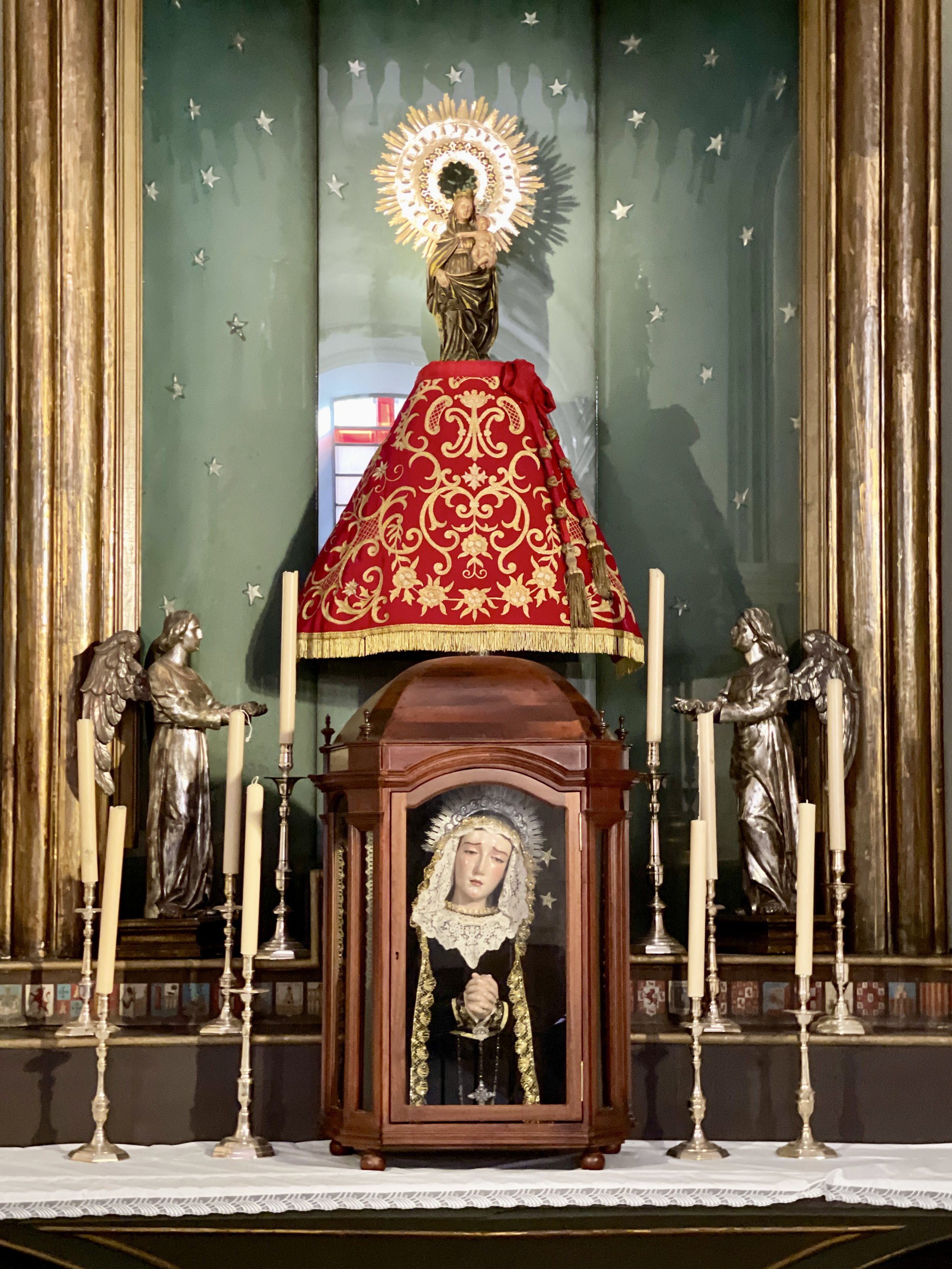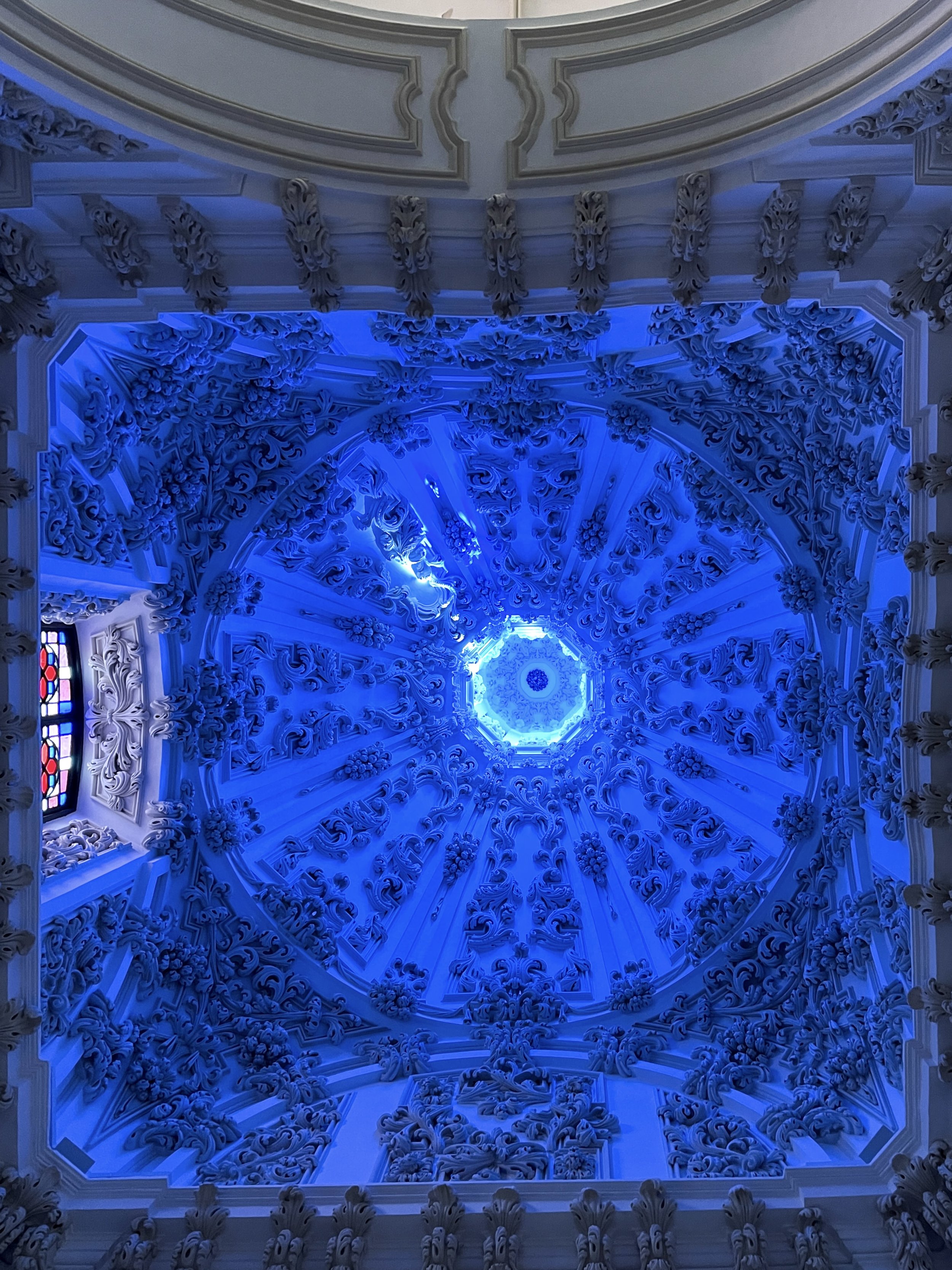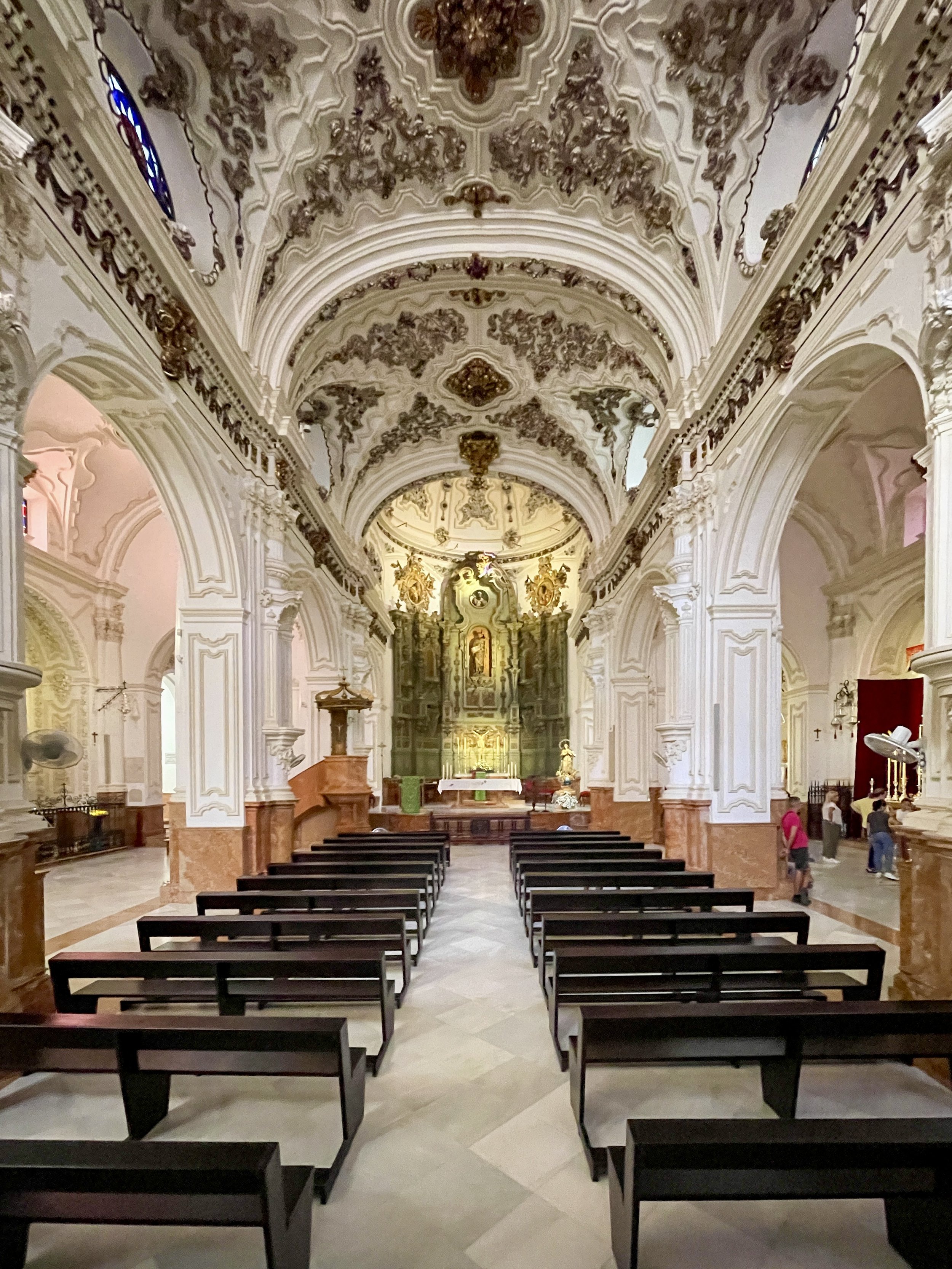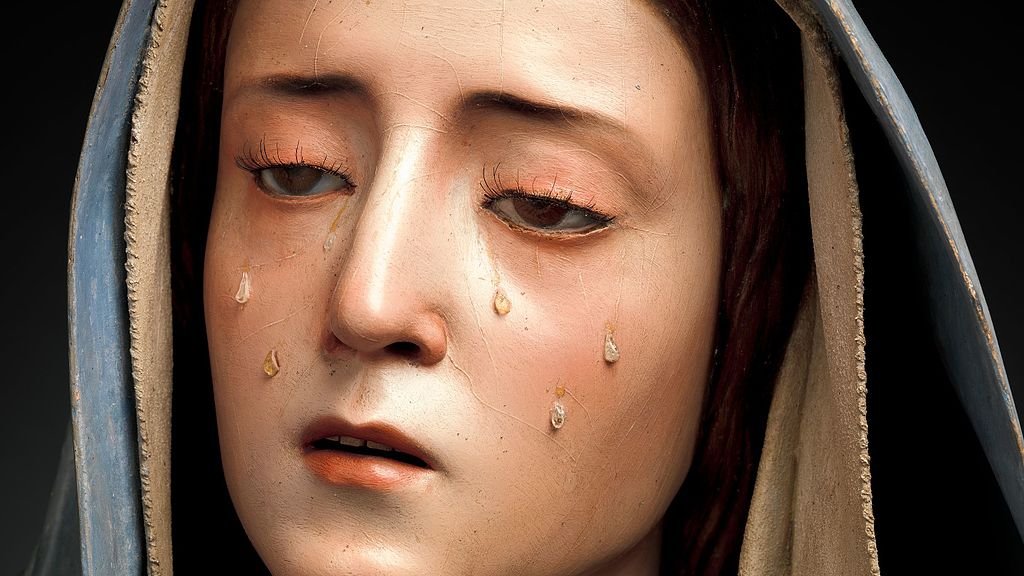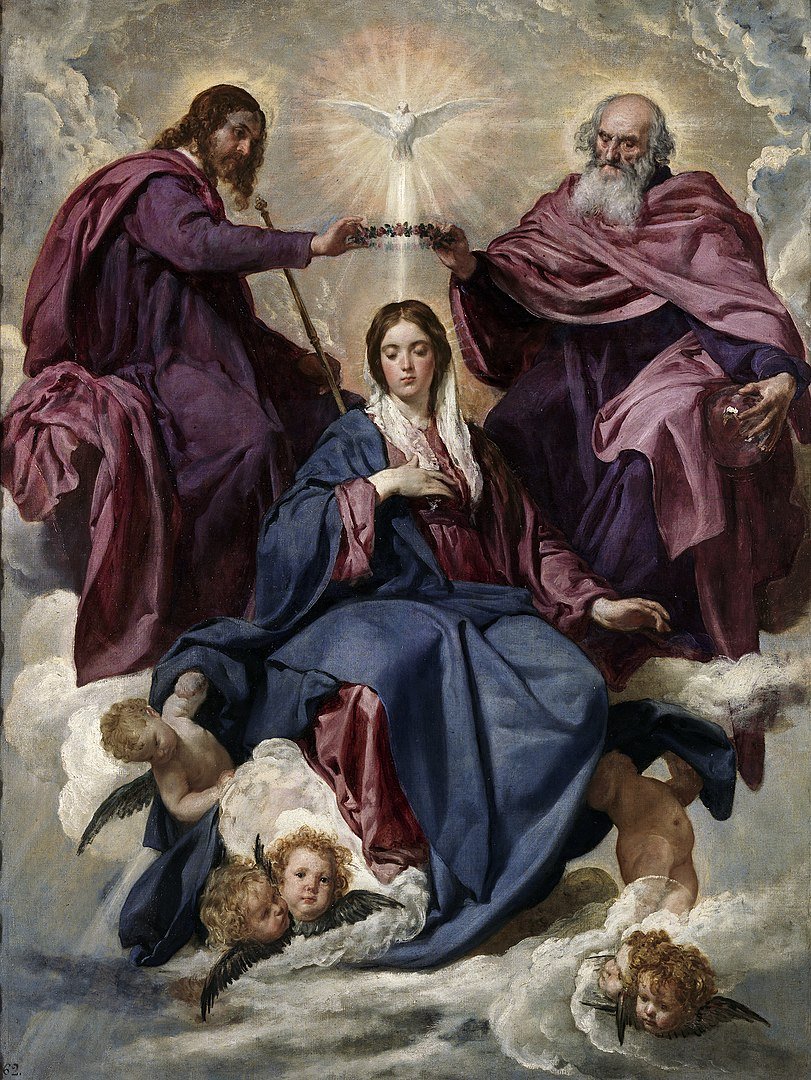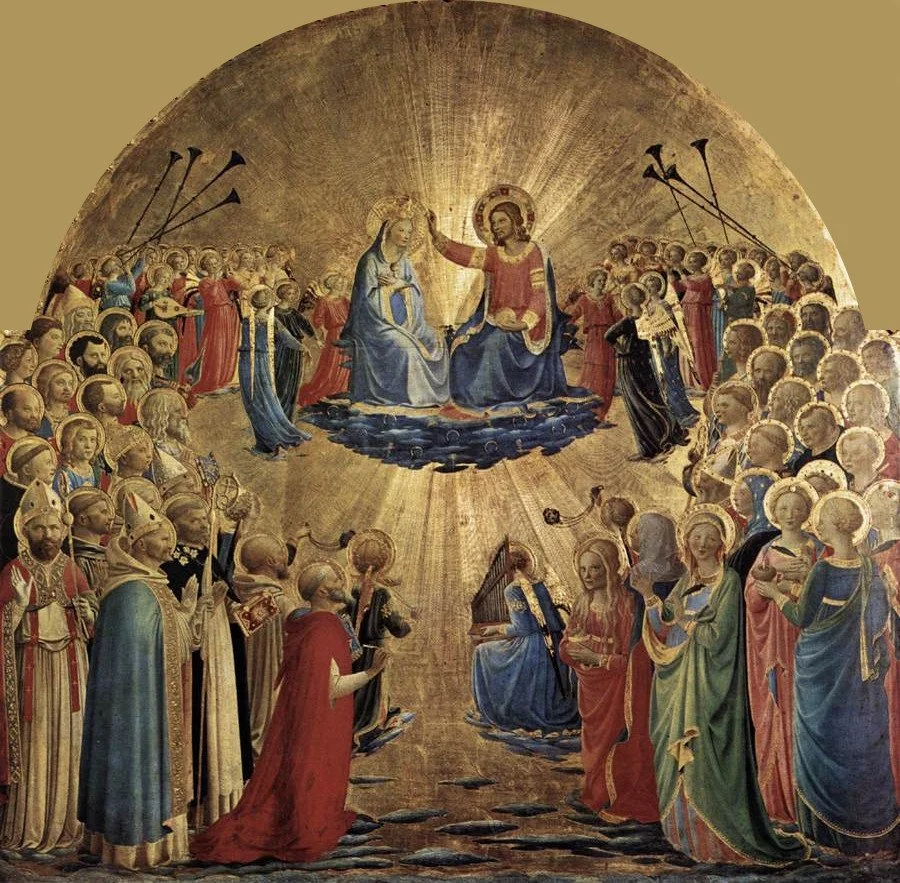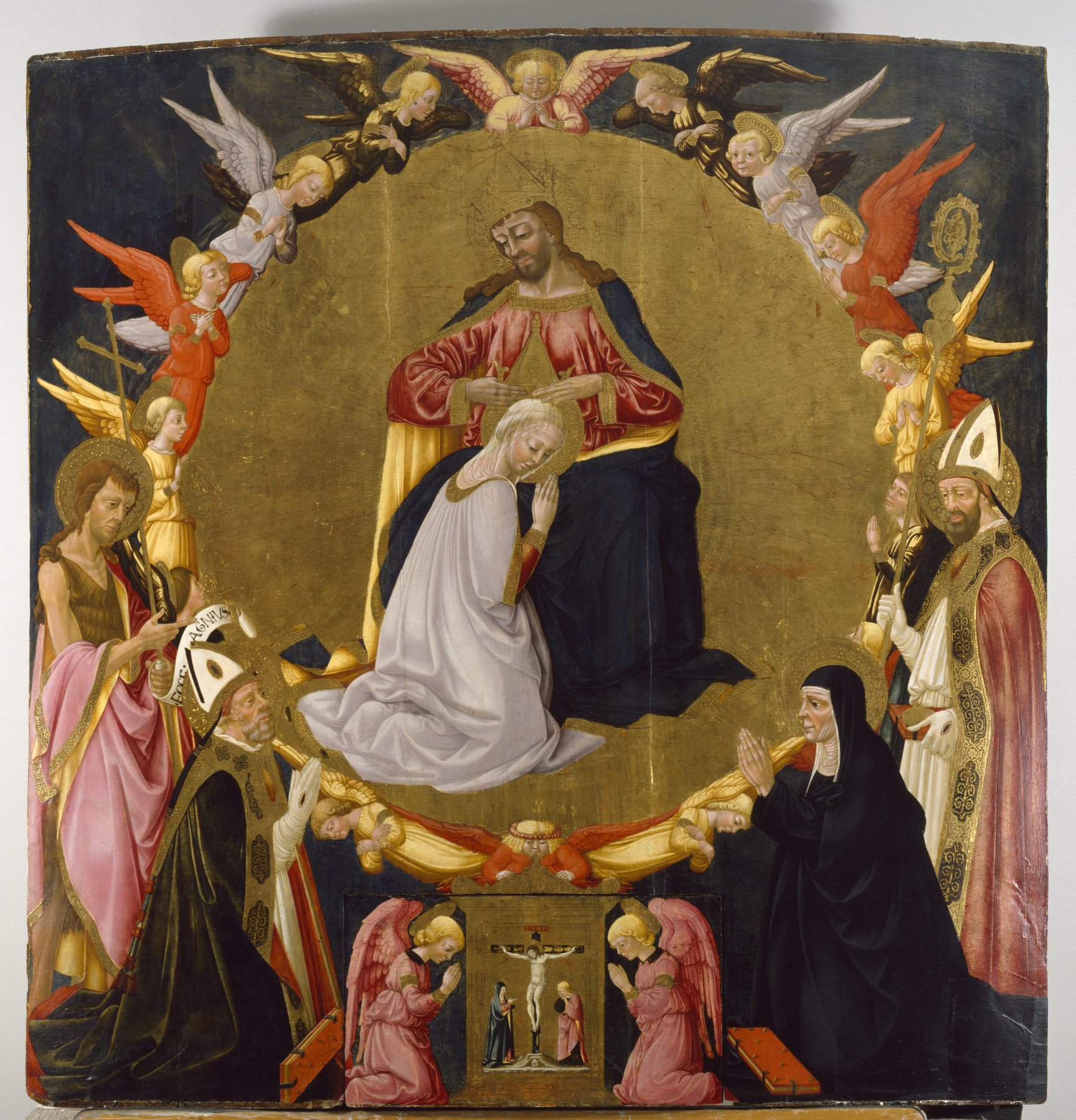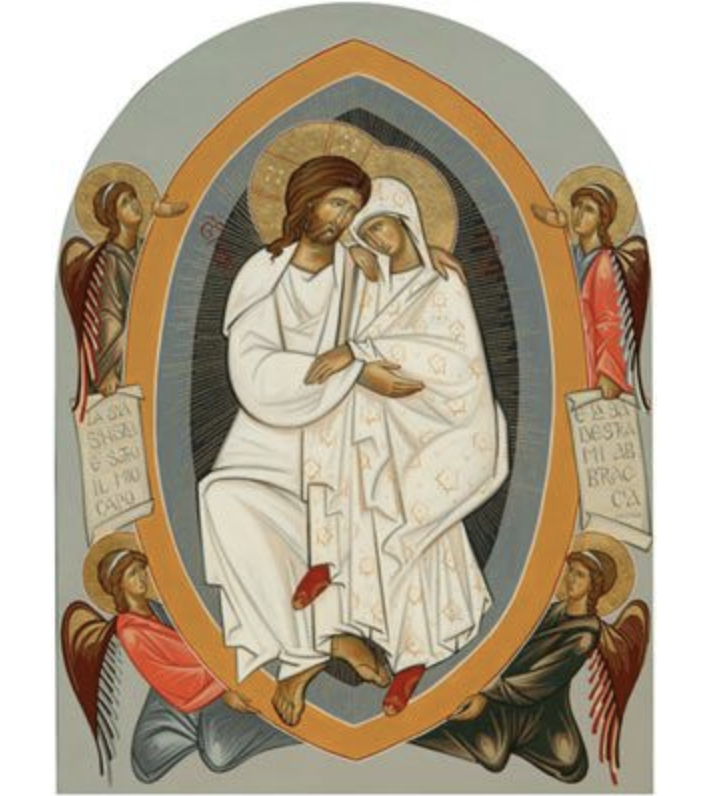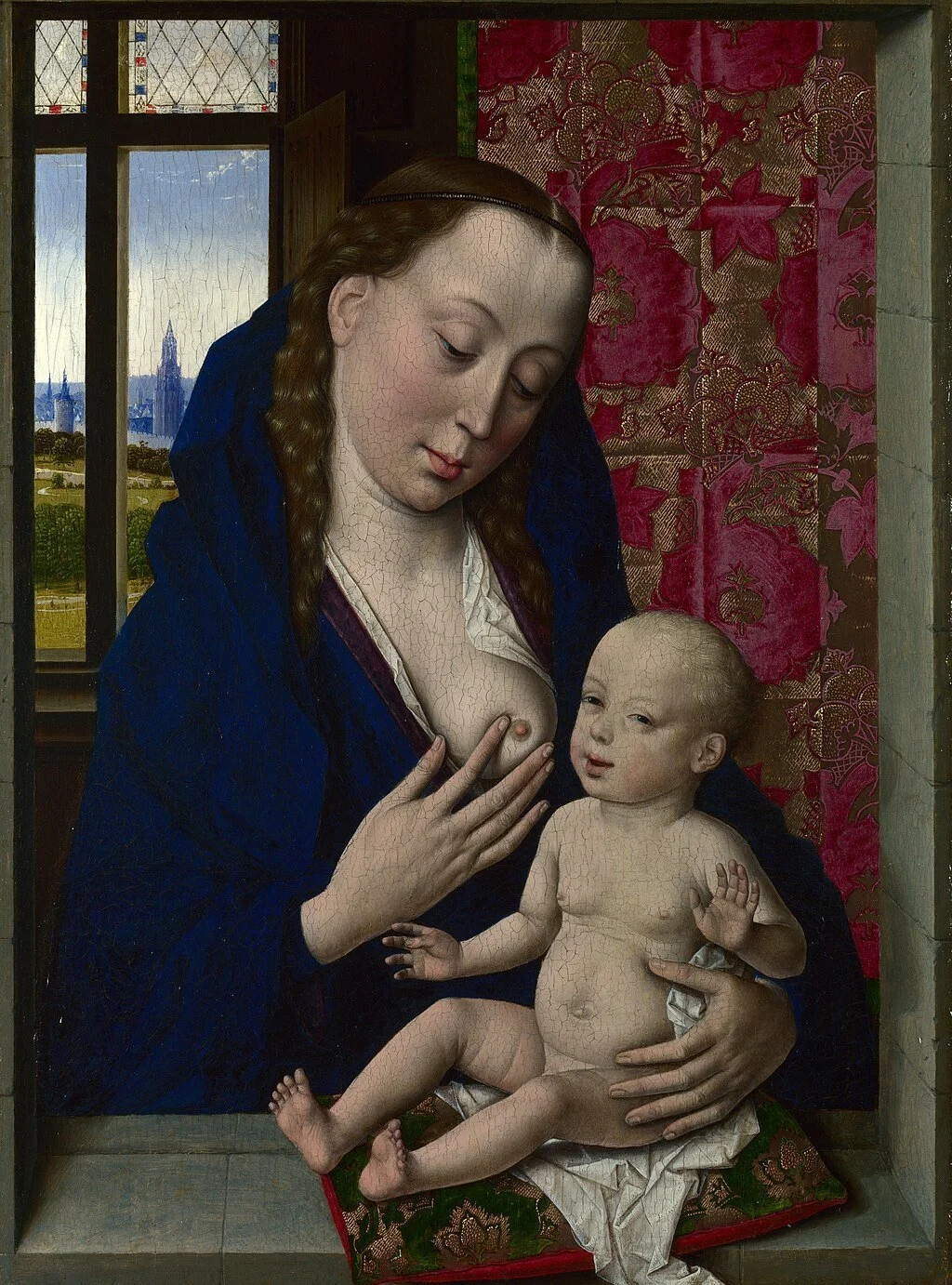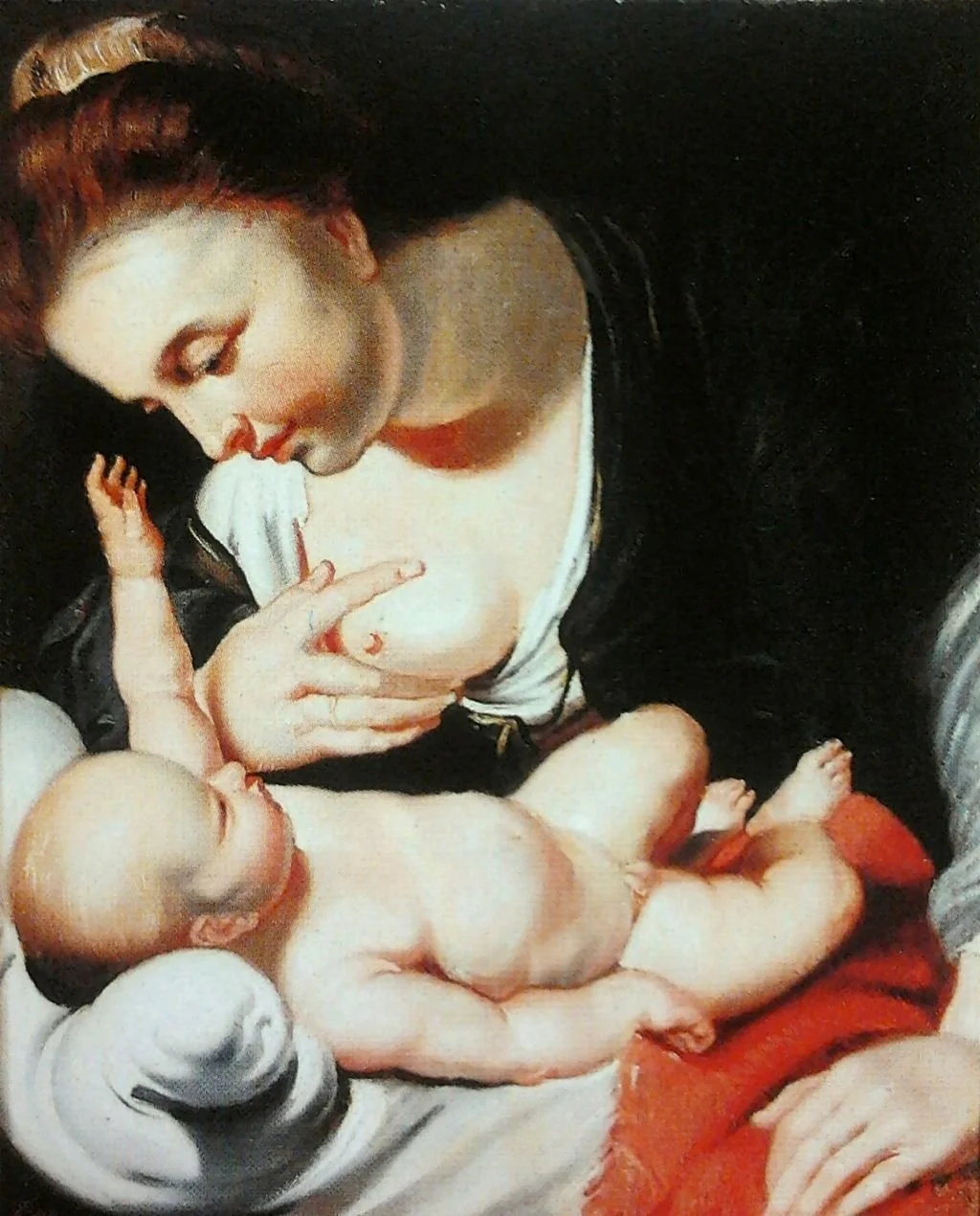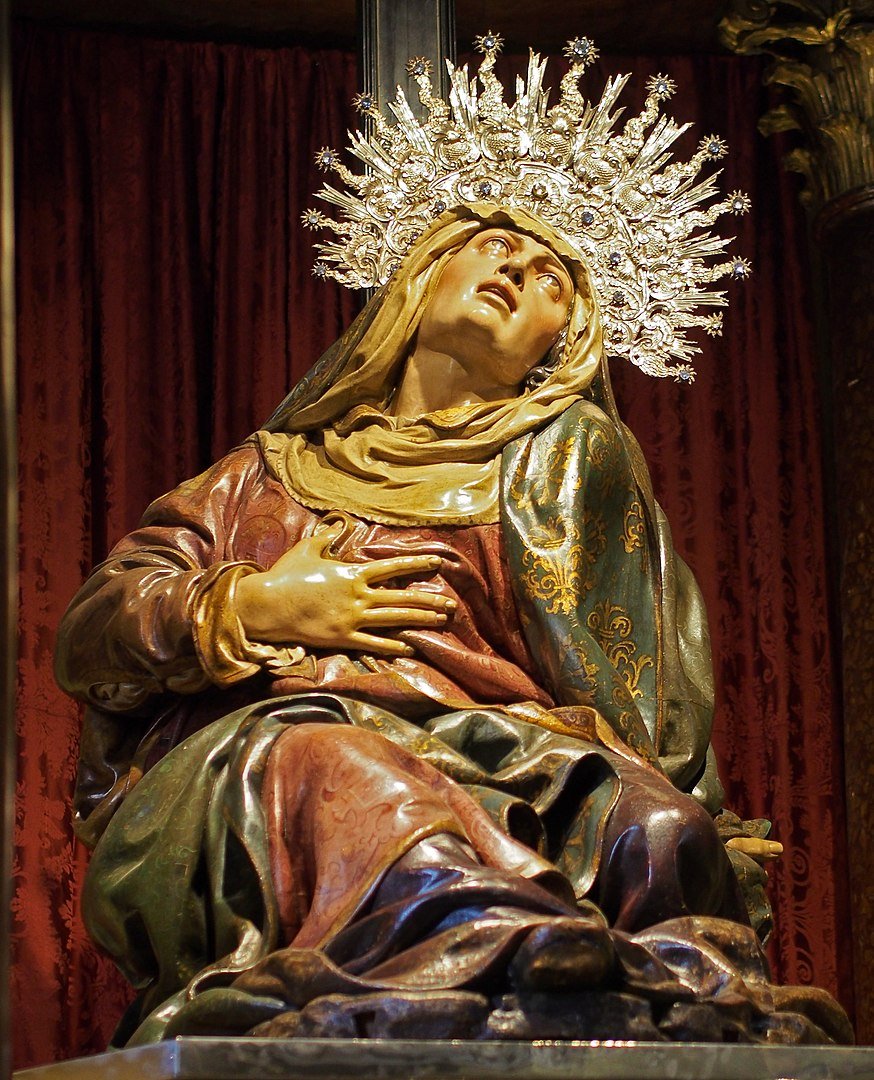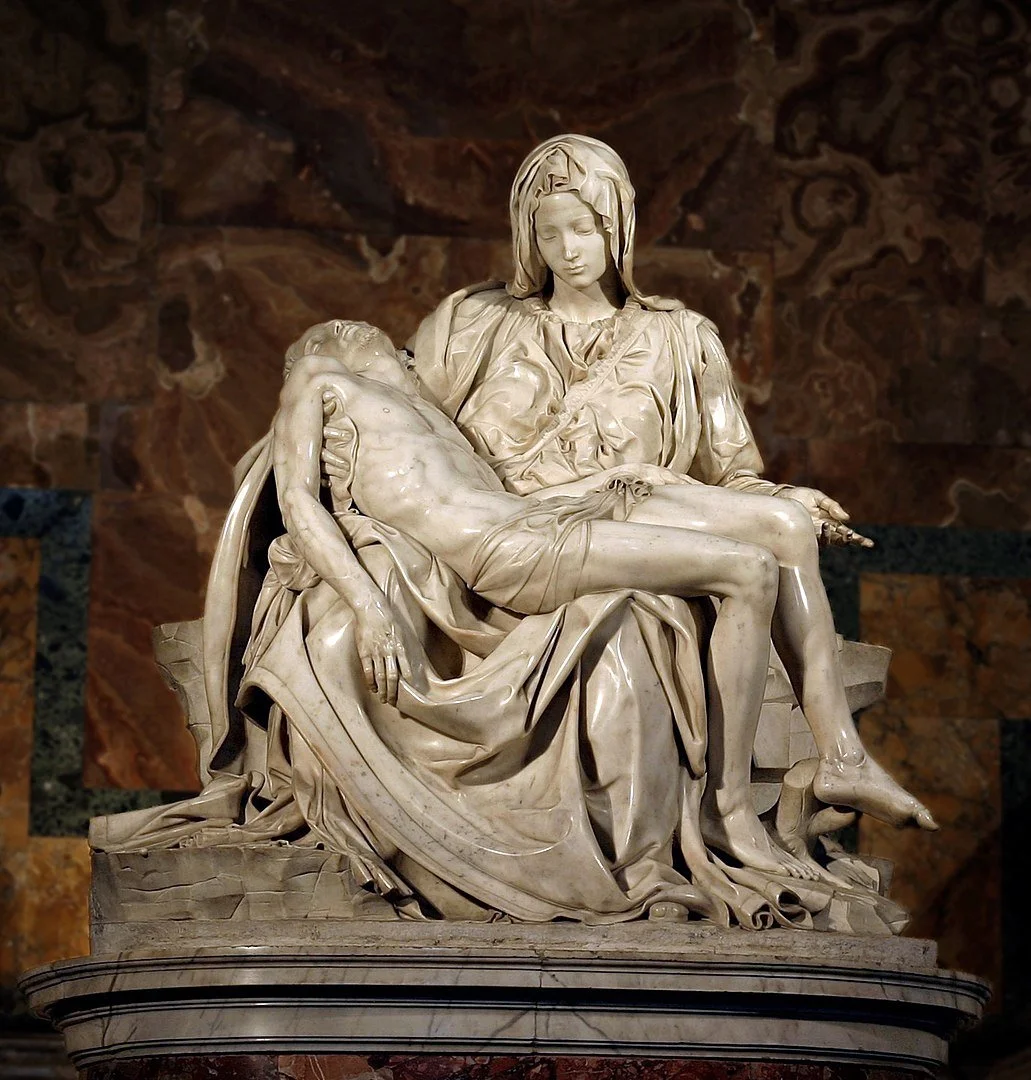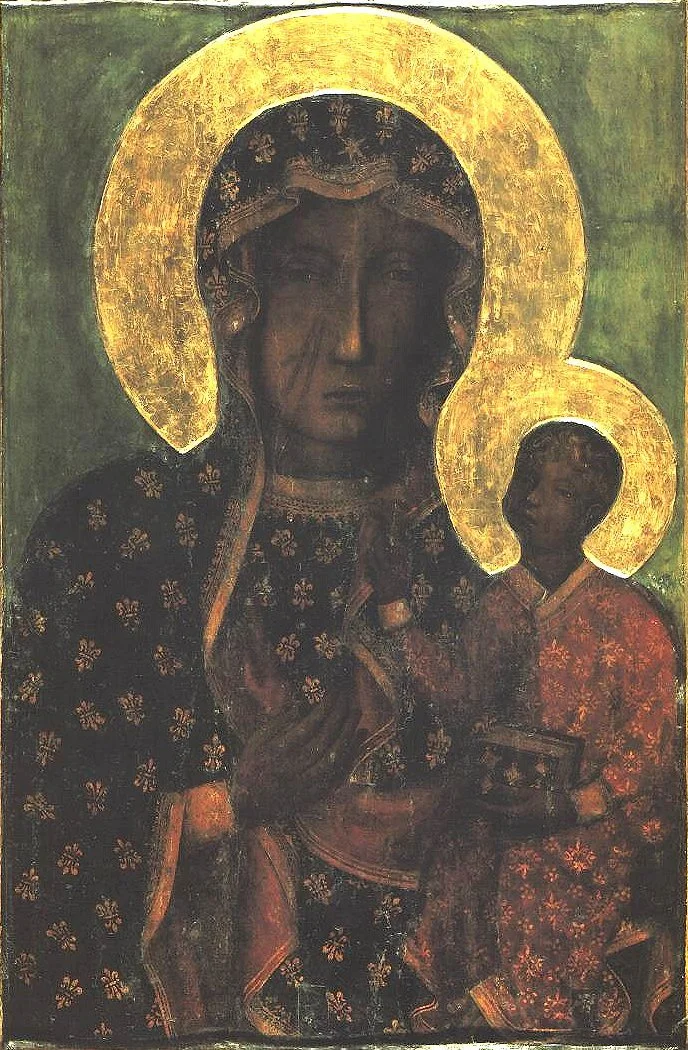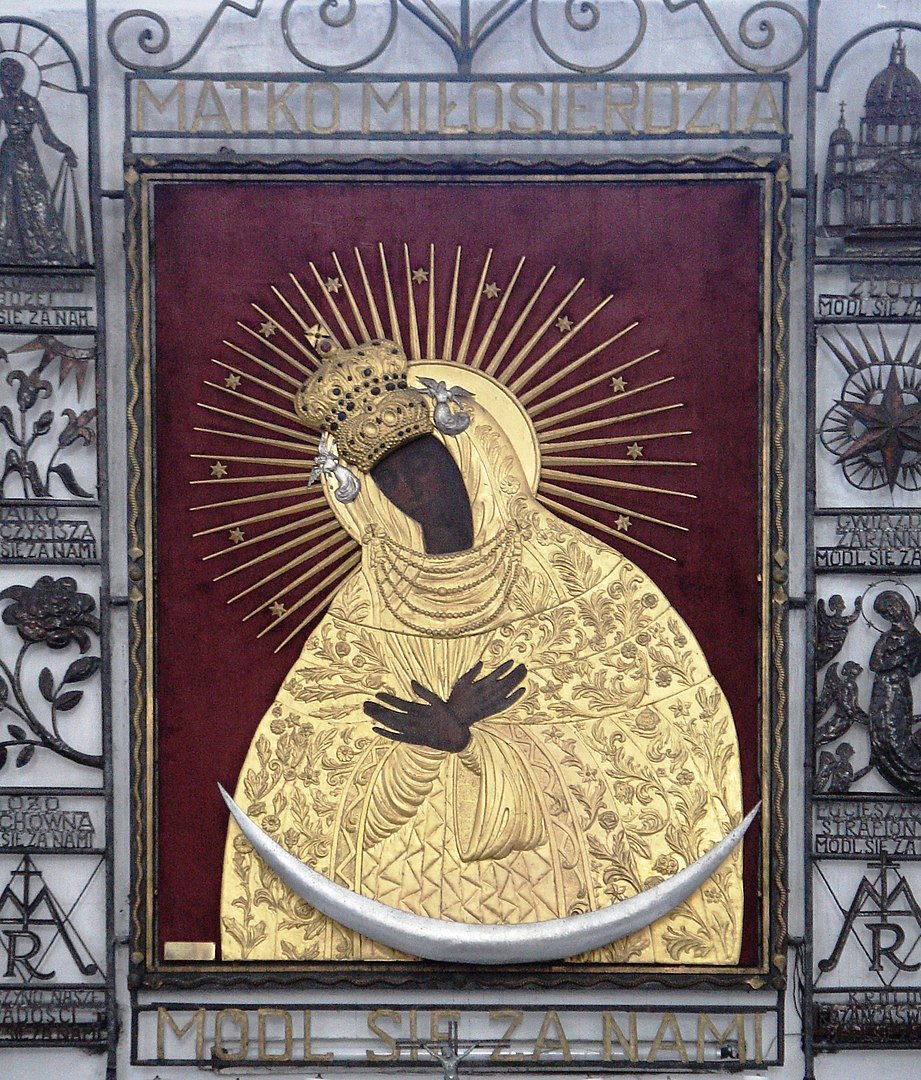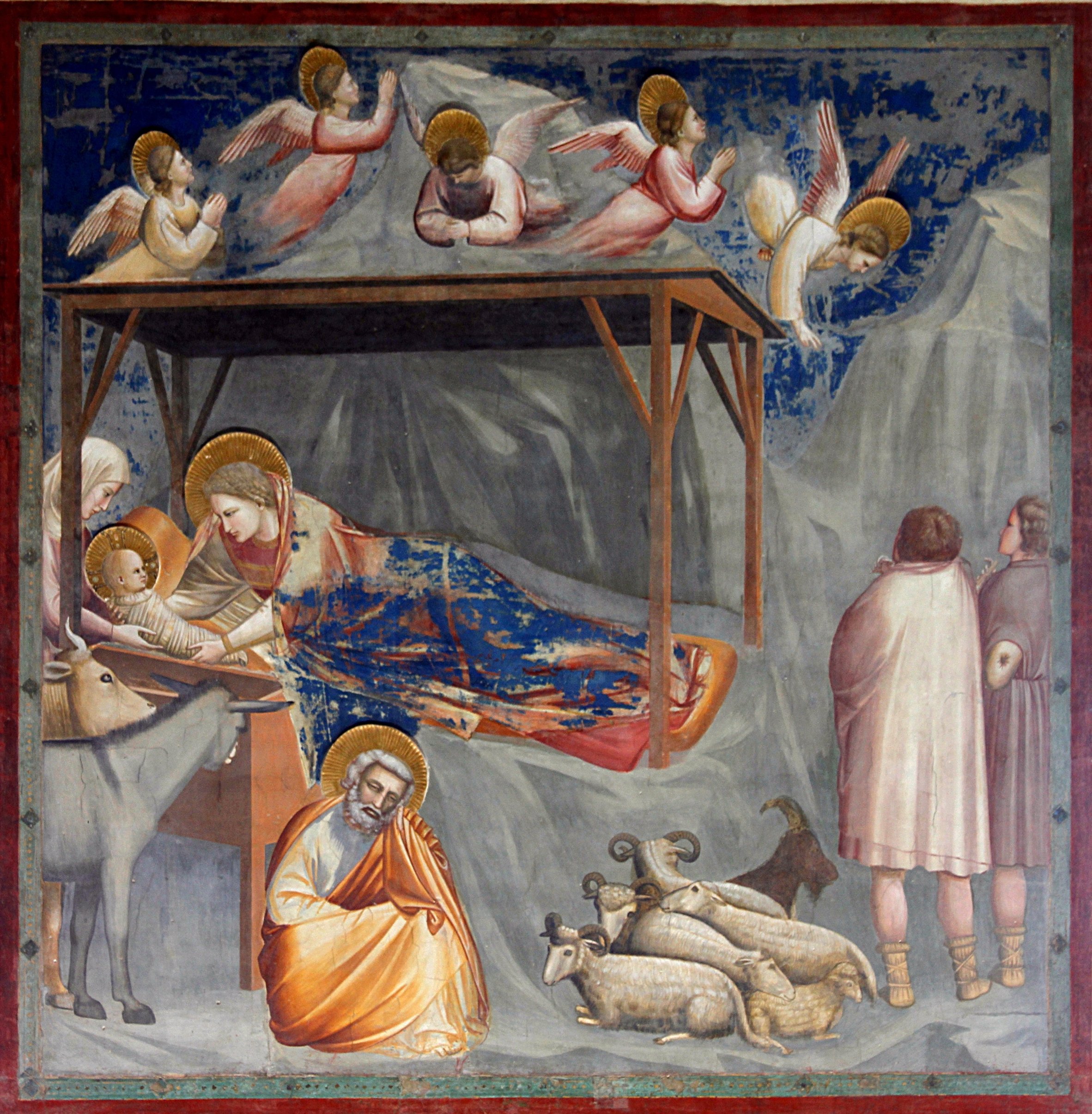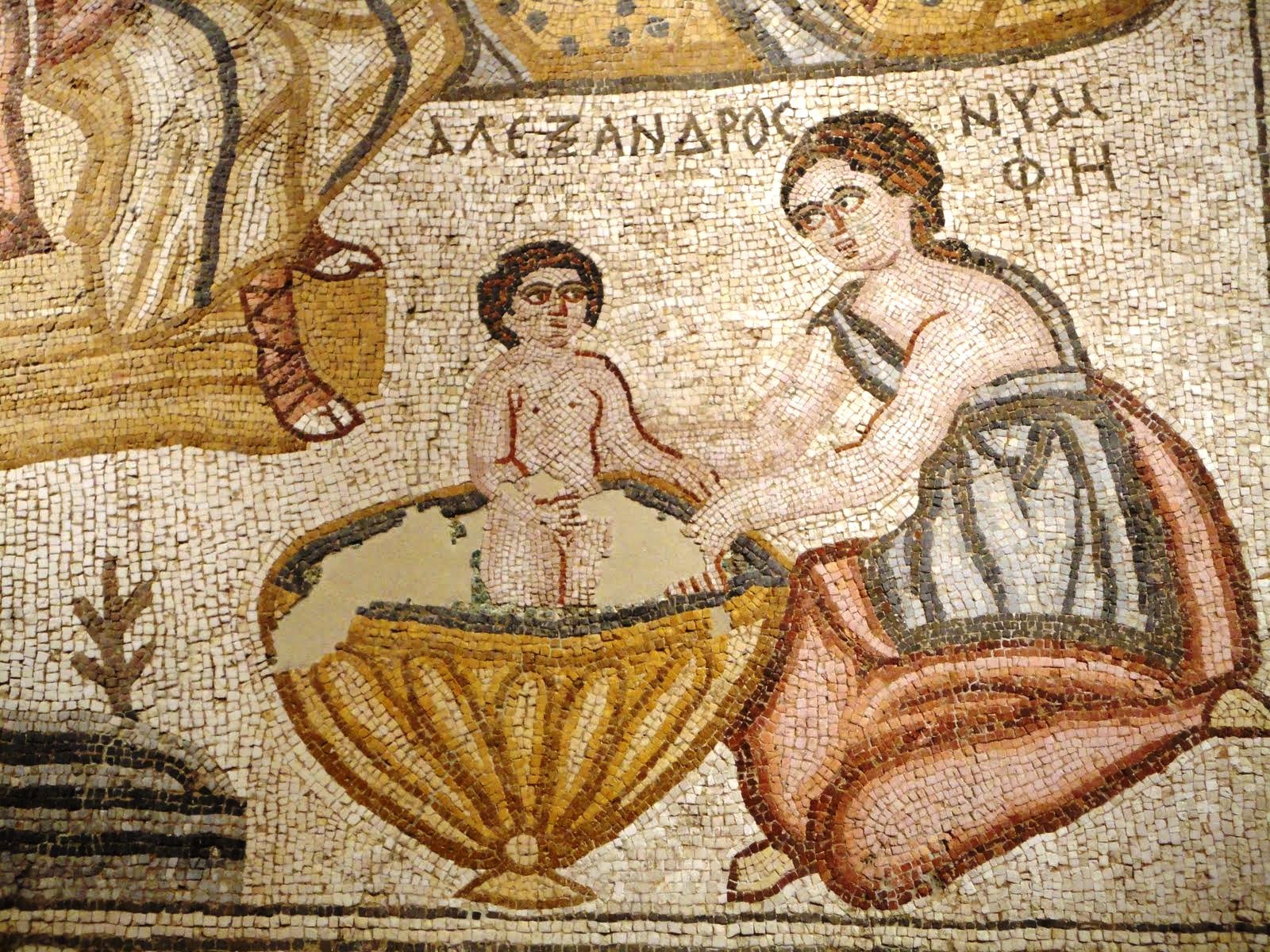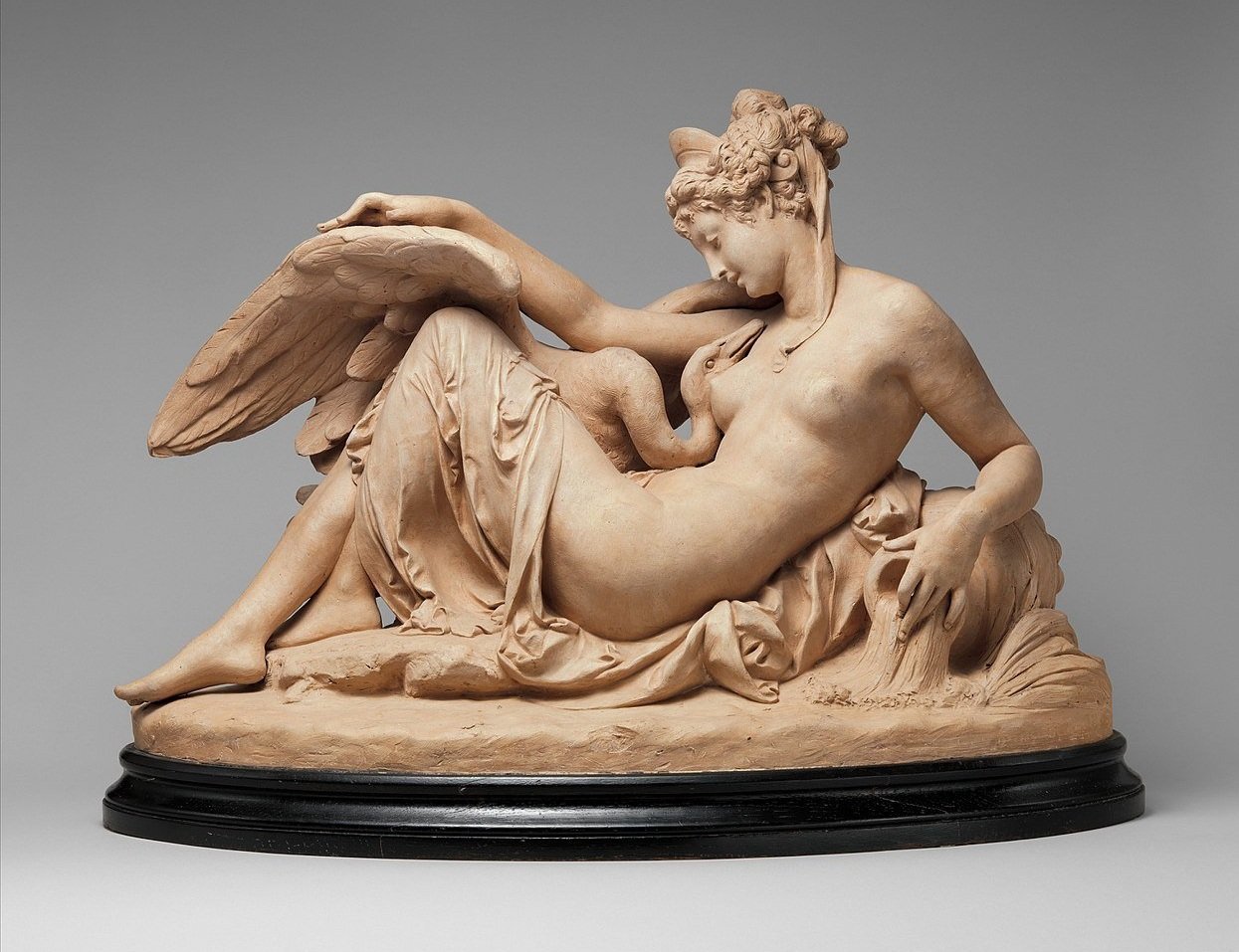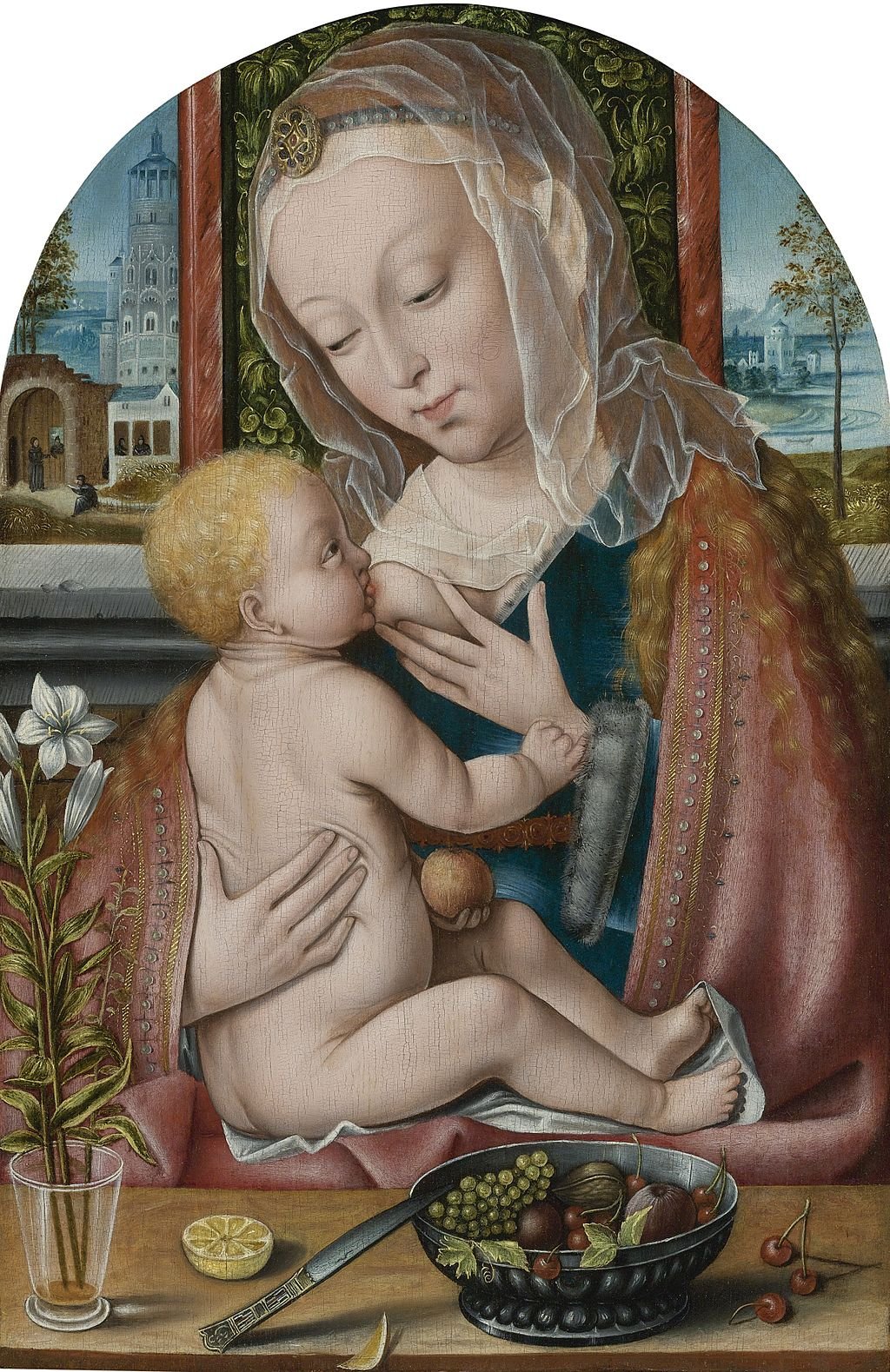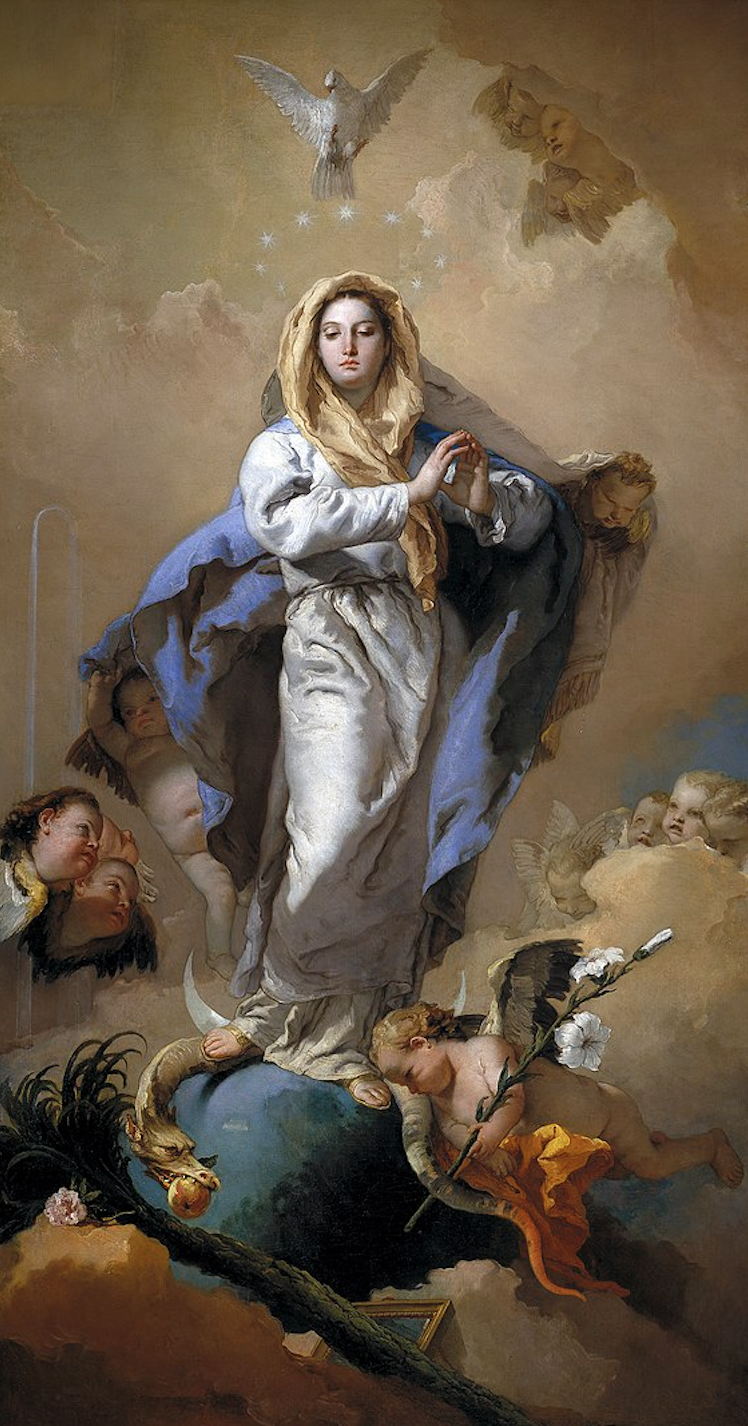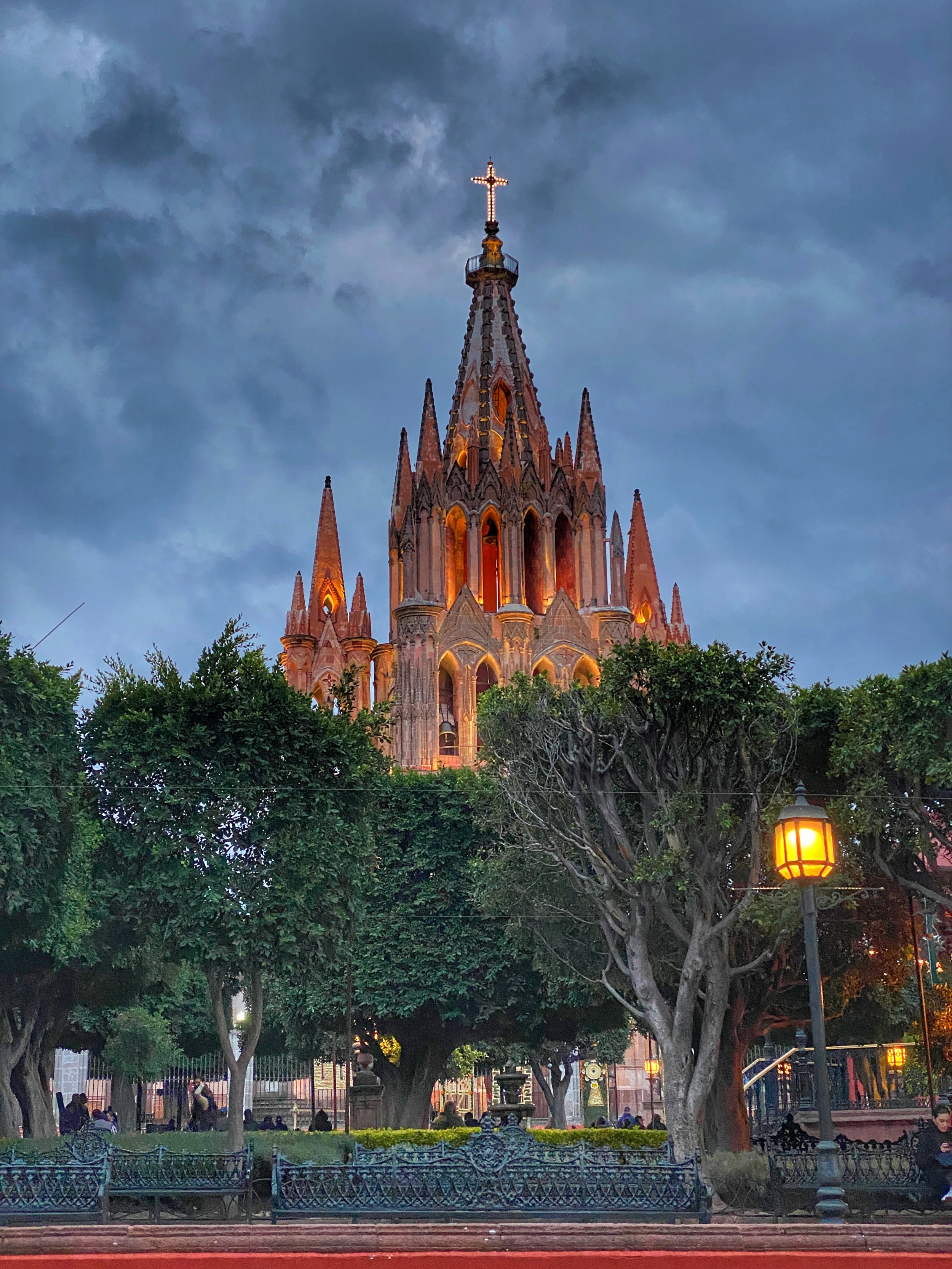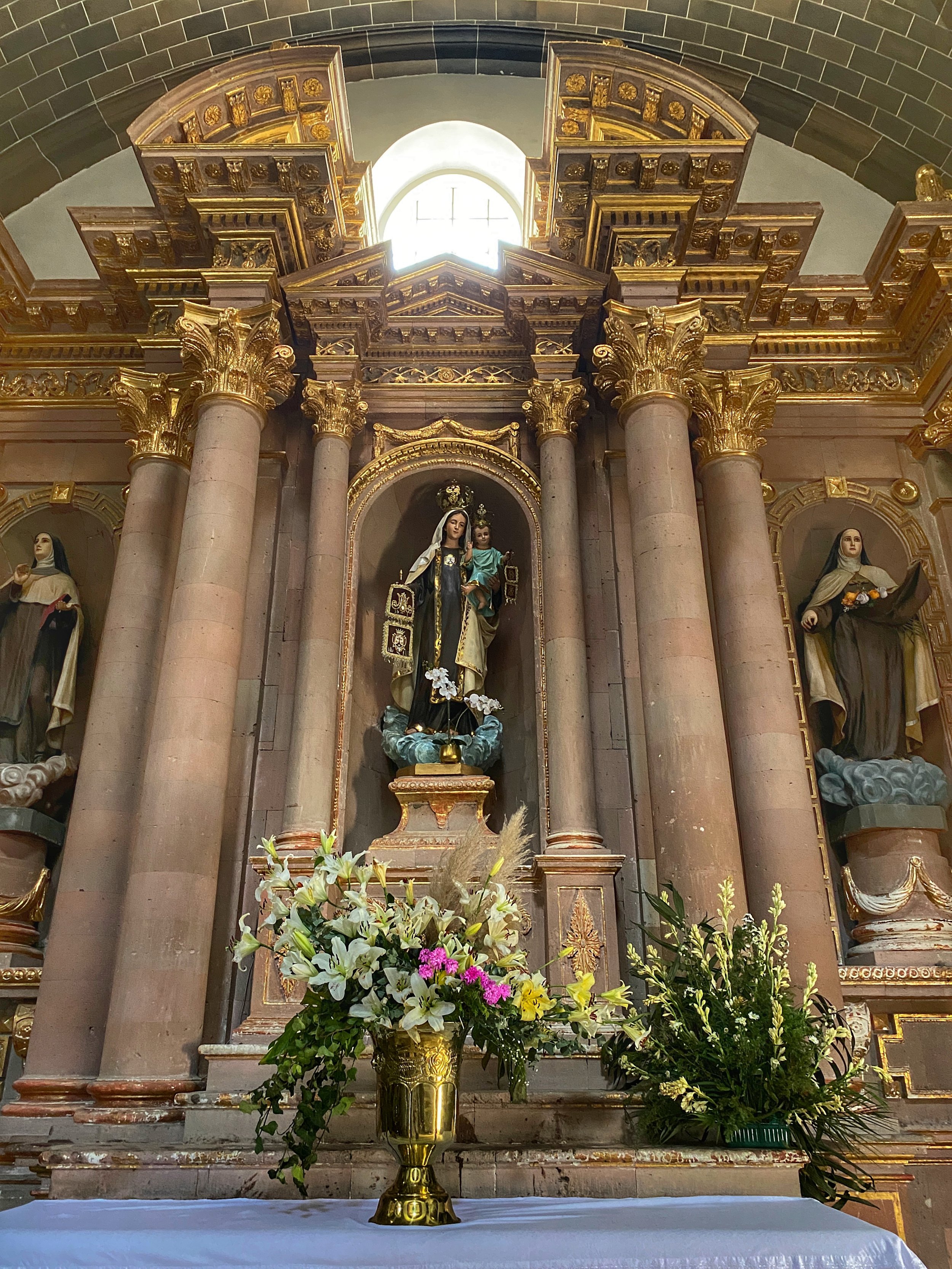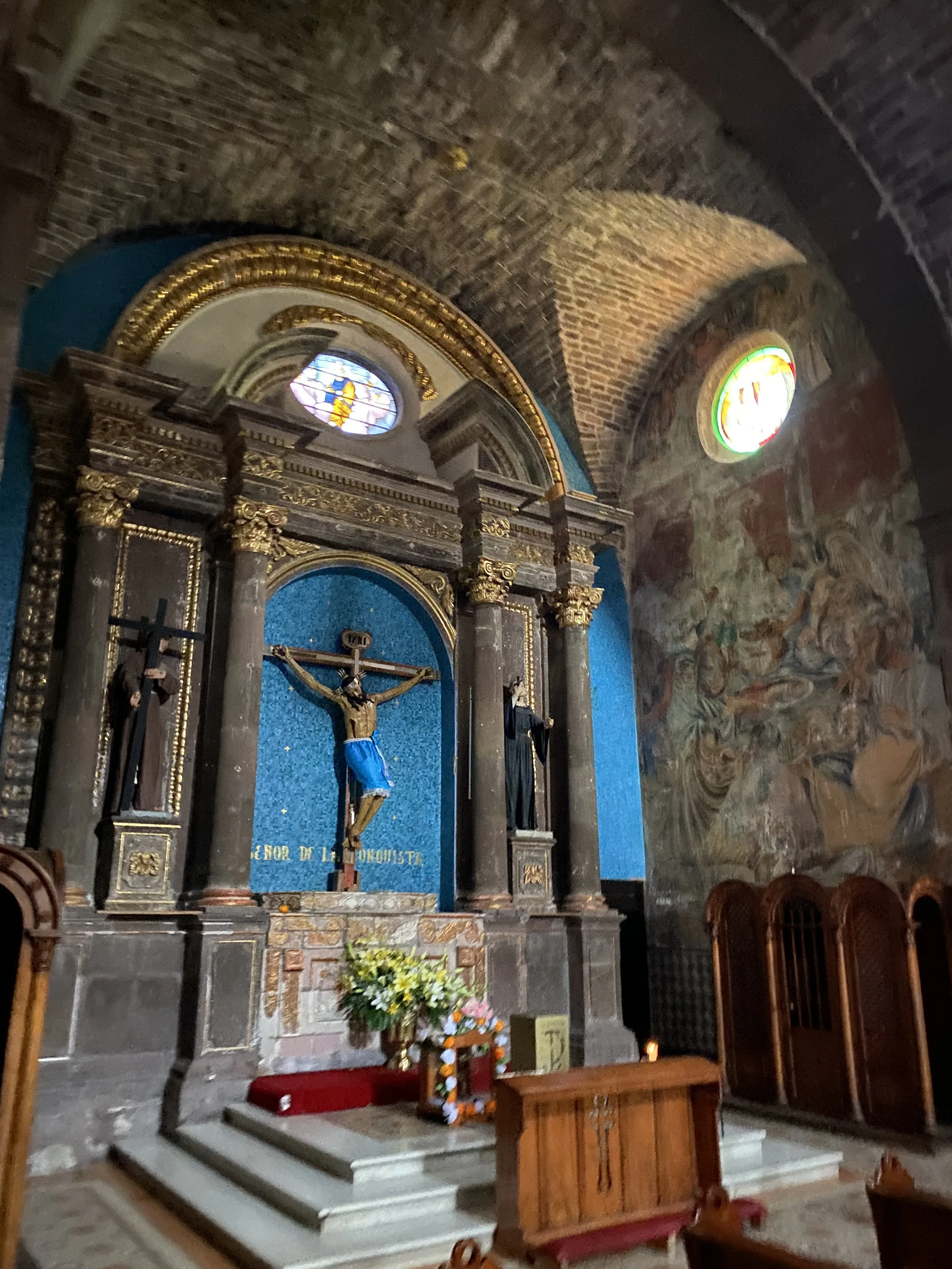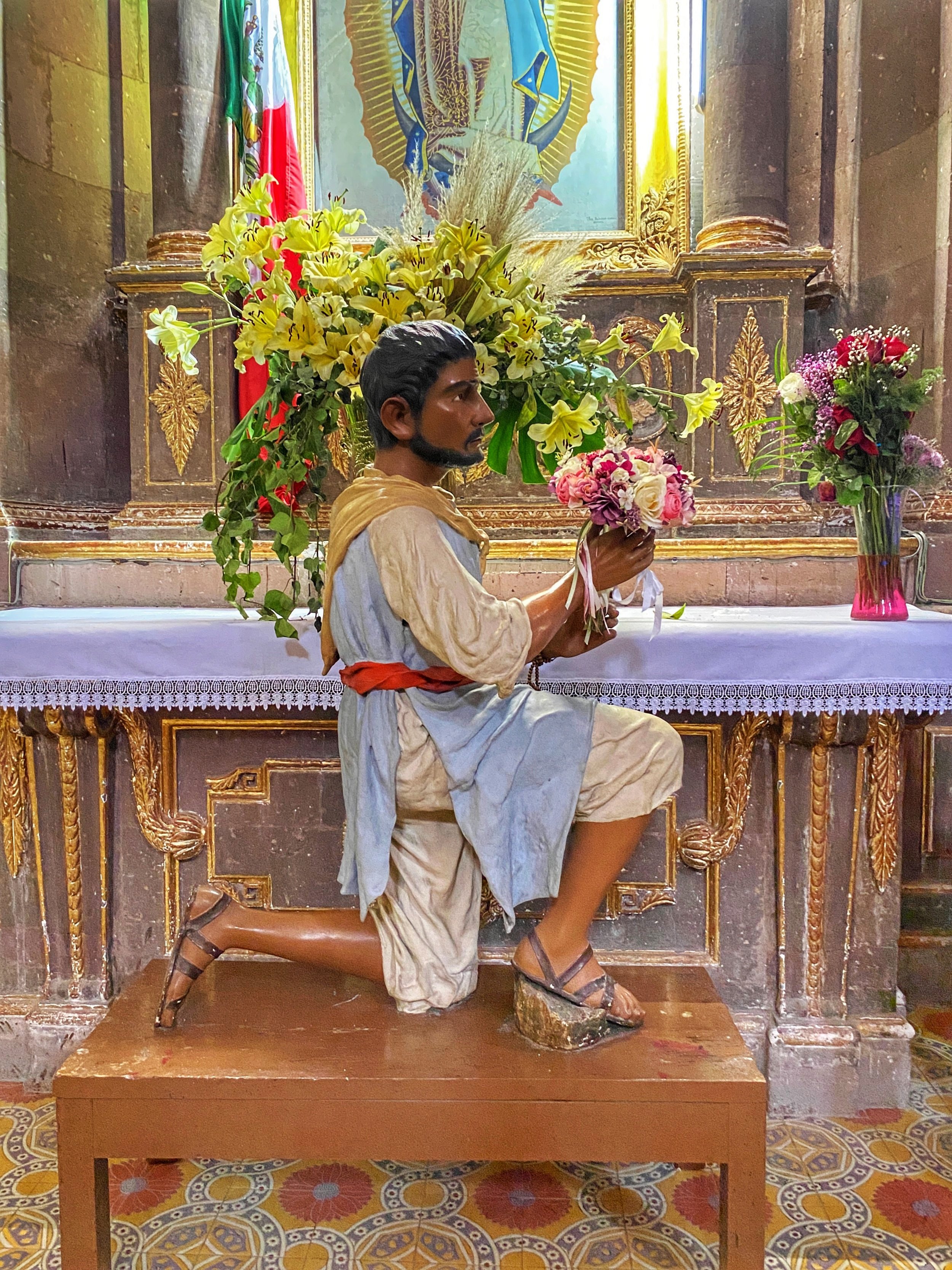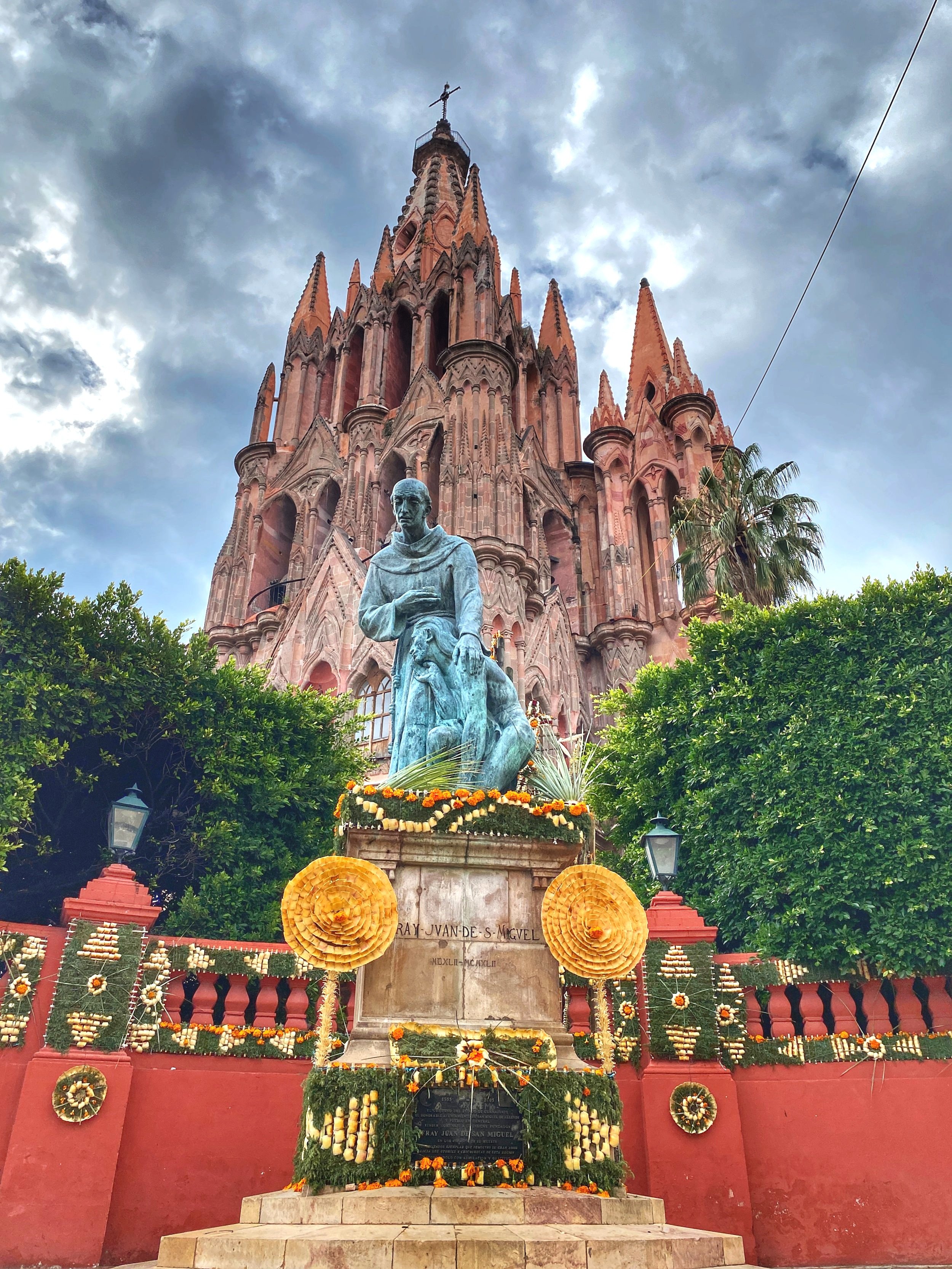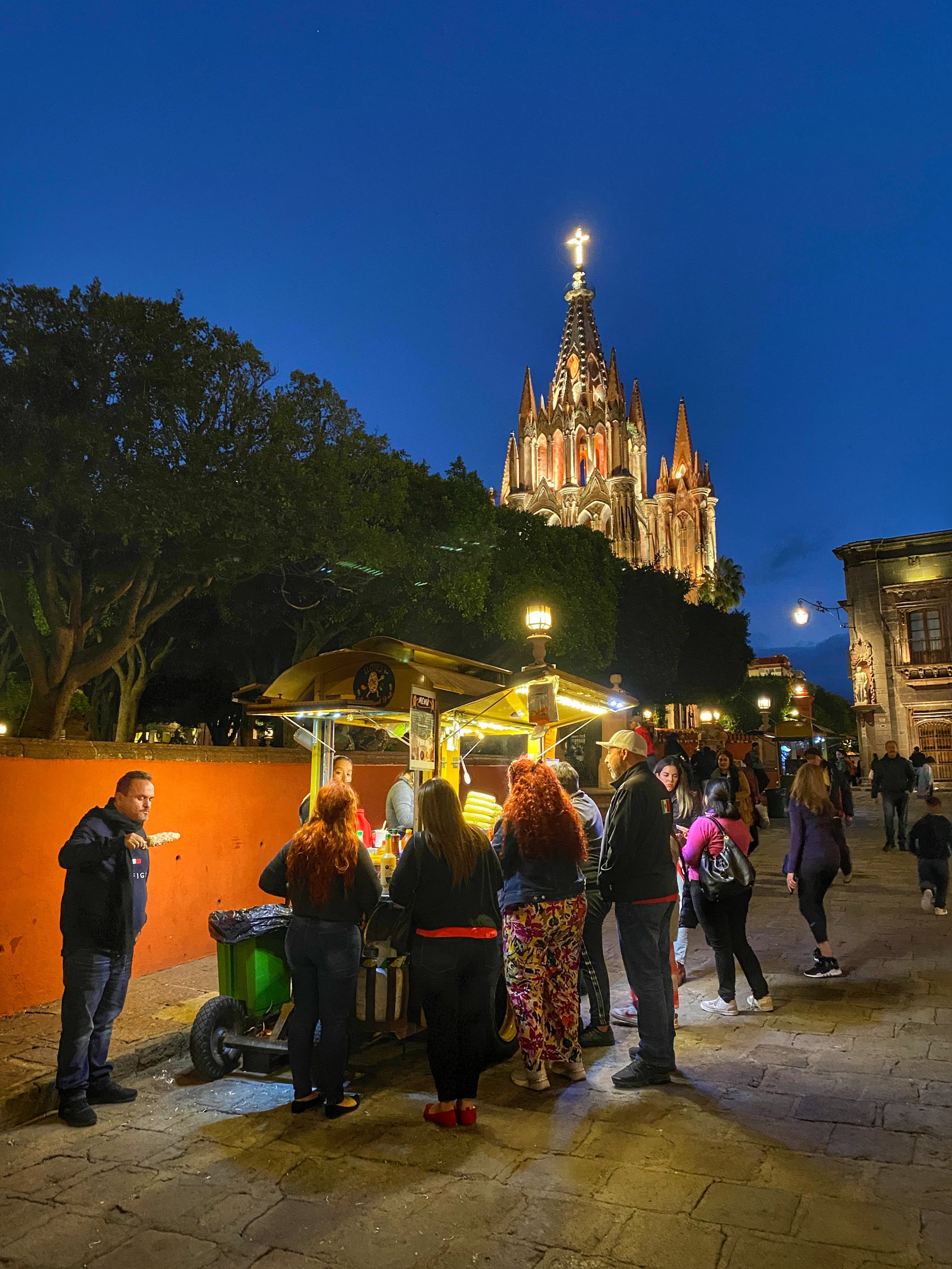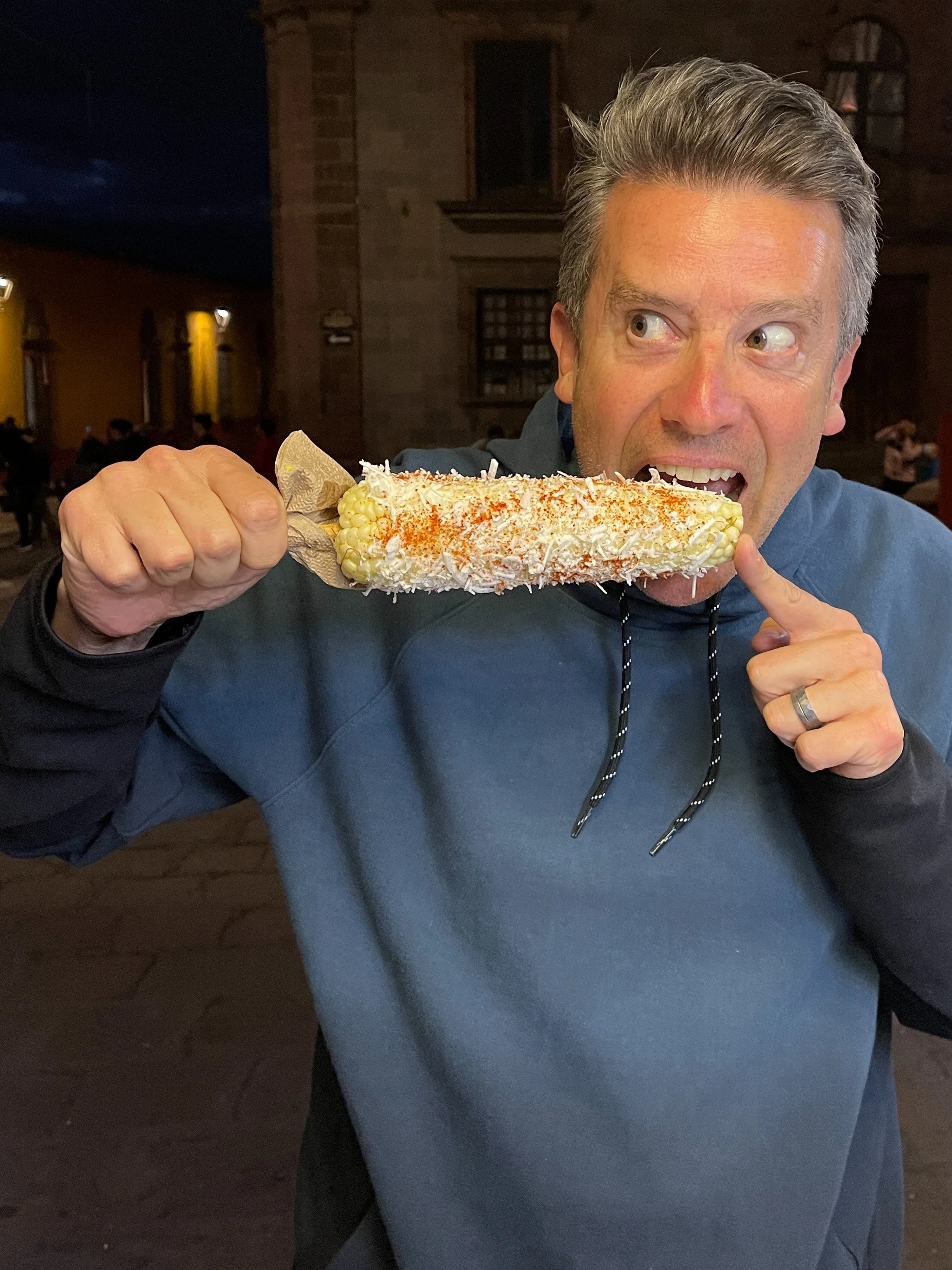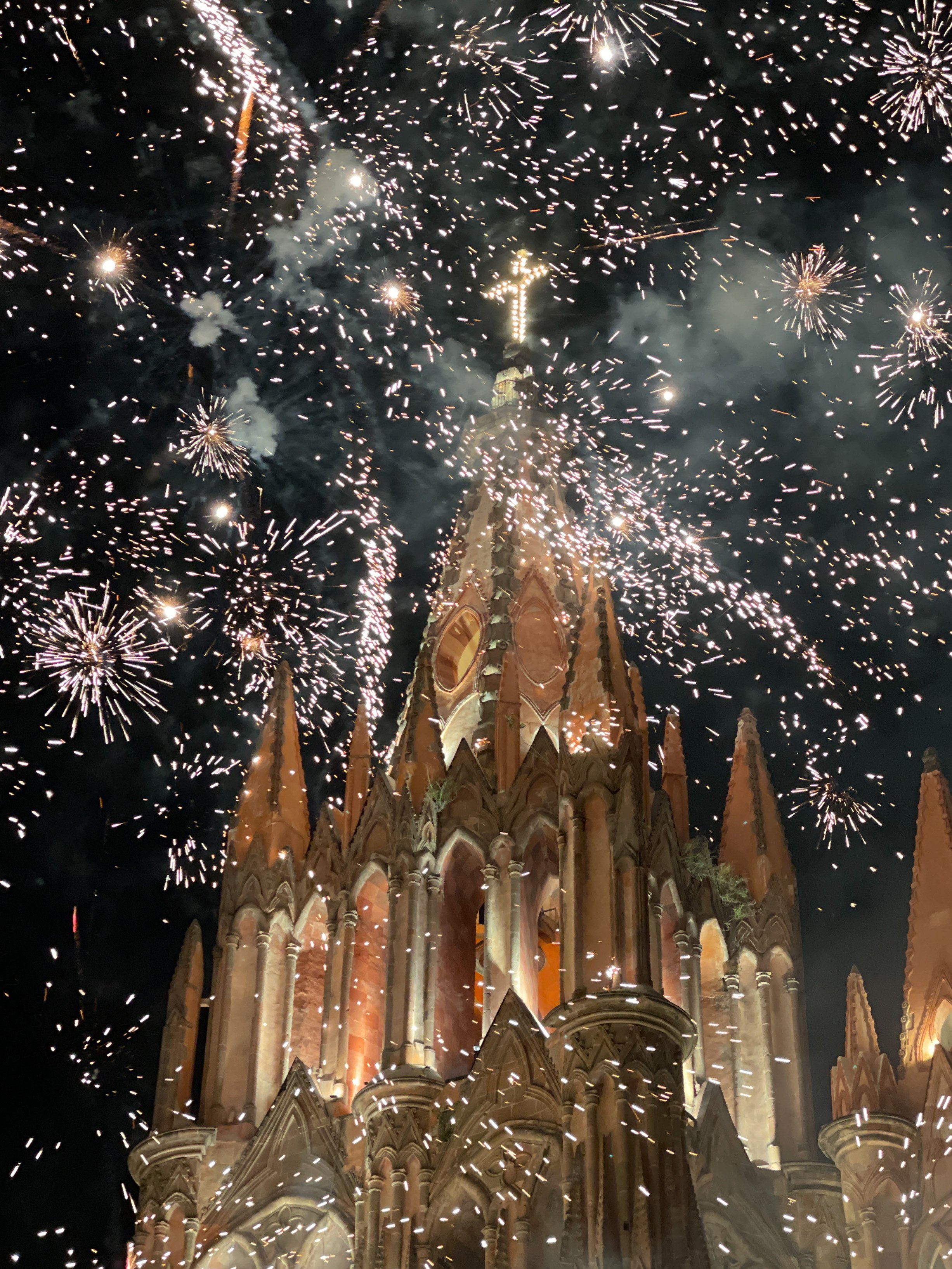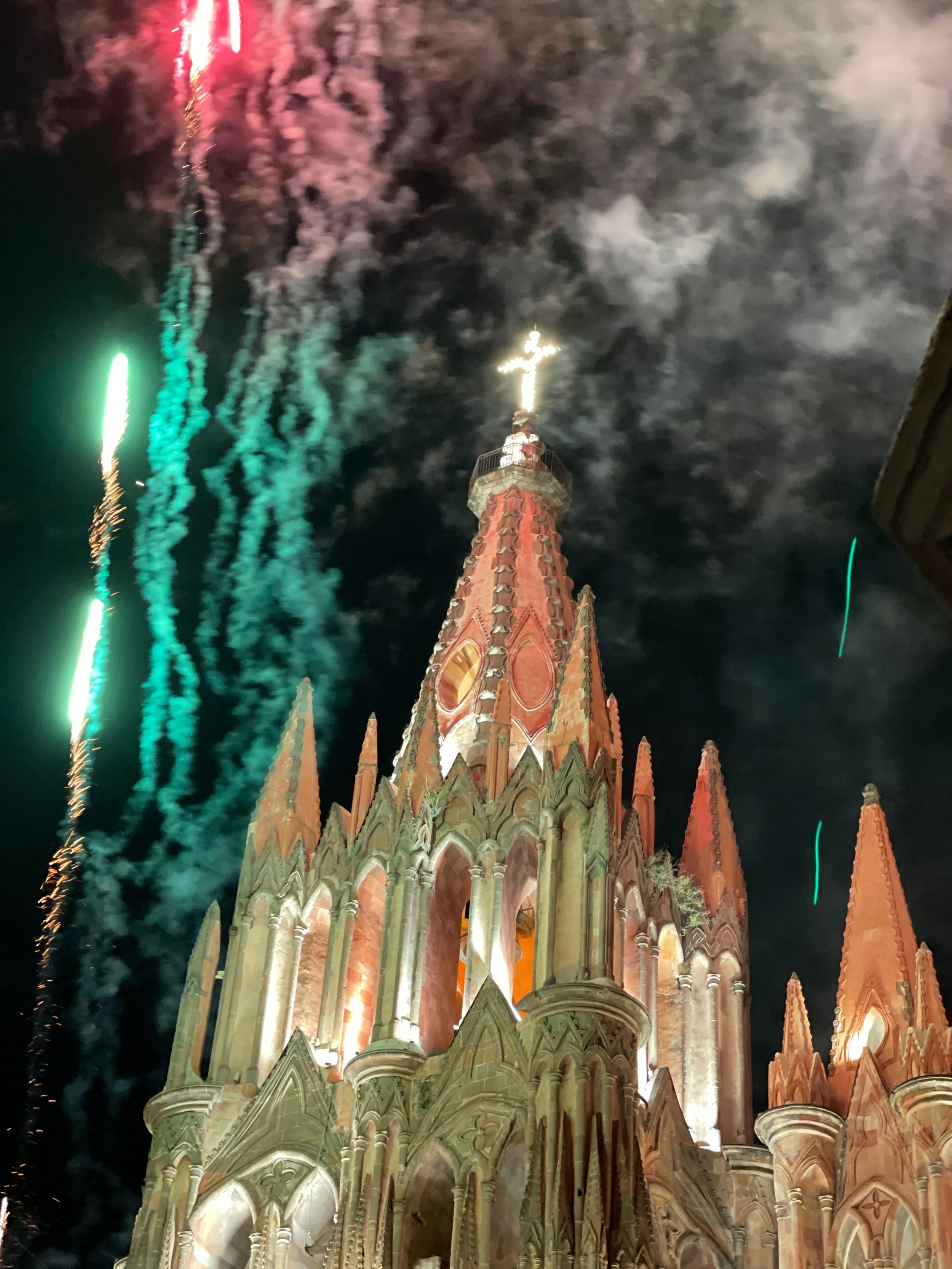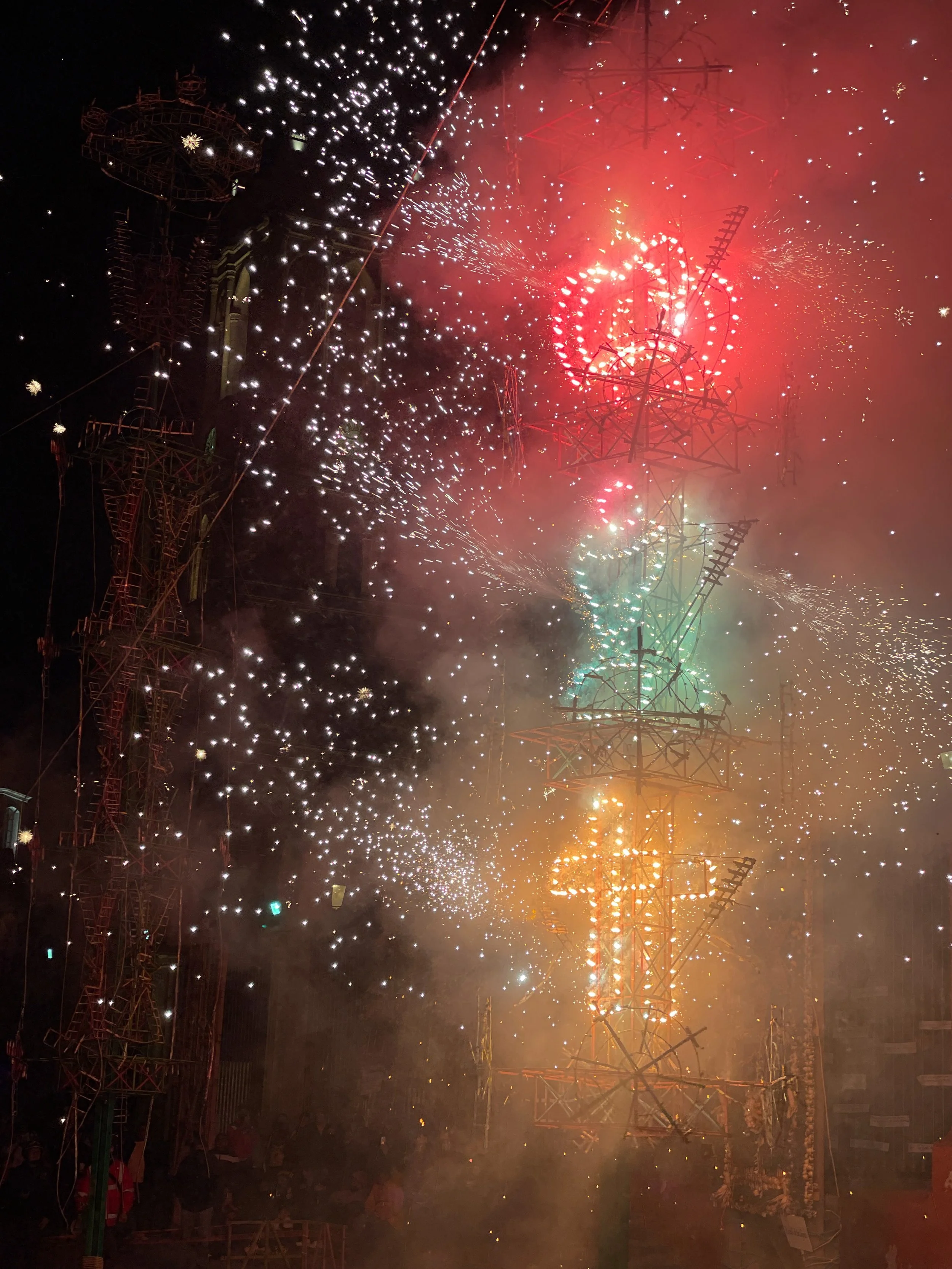This little-known chapel will have your head spinning, with gorgeous art and jaw-dropping details in every direction.
When we returned to Sevilla, our friend José told us of a little-known but absolutely gorgeous church, the Iglesia de San Luis de los Franceses (the Church of Saint Louis of France). His partner Jo, who I once dubbed the Rock ’n’ Roll Nanny, gave Duke and me a tour of her favorite spots in Sevilla. In between stuffing our faces with delectable tapas dishes and sipping sherry, she took us to see José’s secret spot.
We arrived during the lull of siesta, so we bided our time the best way we knew how: by indulging in yet more tapas, finding a quaint café in the Macarena neighborhood.
When we returned to San Luis and entered the main chapel, we stood stock still as we took in the sheer spectacle before us. We understood immediately why José was so captivated — even for us recovered Catholics. Baroque churches have a way of being extravagantly maximalist, but even by those standards, San Luis packs so much into a small space.
The chapel is a visual feast, where every surface competes for your attention. We moved from one altar to the next, making our way around the circle, grinning immensely and excitedly pointing out strange details to each other. You could spend an hour here and still not catch every detail.
The Schizophrenic History of the Iglesia de San Luis de los Franceses
Built between 1699 and 1730, this Baroque marvel was the crowning achievement of Leonardo de Figueroa, an architect celebrated for his role in shaping Sevilla’s grandest religious spaces.
The church was originally part of a Jesuit novitiate, meaning it was designed not only for worship but to serve as a spiritual training ground for novices.
This complex was built on land donated by a noble family with French ties, hence the dedication to Saint Louis, the French King Louis IX.
In those early years, the church was a prime example of Jesuit opulence and influence. Every inch of the building seemed designed to overwhelm with splendor, drawing viewers into a theatrical experience.
The main chapel, a circular space devoid of traditional seating, was meant to stand as a monument to Jesuit ideals, immersing novices and visitors alike in an atmosphere where spiritual grandeur took precedence over community worship.
However, in 1767, the Spanish crown expelled the Jesuits. For a time, the building served as a Franciscan convent.
As the 19th century rolled in, the property underwent secularization and was turned over to the state. The grand altarpieces designed to showcase Jesuit saints were stripped, and the space was adapted for pragmatic uses, including functioning as a factory.
The building’s role shifted once again as it became a hospice for the city’s elderly and sick. For several decades, the church was a place of stark contrasts — its Baroque details and gilded interiors juxtaposed with the somber reality of its new short-term inhabitants.
The 20th century saw further change. The once-sacred site became a stage for performances, with productions like Don Juan Tenorio taking advantage of the church’s dramatic acoustics and architecture to tell the tale of the infamous lothario.
A lightning strike in the 1920s pierced the vault, destroying an oil painting — perhaps serving as a grim suggestion that God wasn’t happy with how the church was being used?
After decades of neglect, San Luis was finally restored in the late 20th century. This revitalization effort sought to reclaim the site’s former glory, reopening the doors of the church, domestic chapel and crypt to the public.
Architectural Highlights of the Iglesia de San Luis de los Franceses
The façade alone is a visual feast. Ornate Solomonic columns twist skyward, framing a riot of Baroque symbolism covering the pale pink building. Statues of saints and angels stand guard like sentinels, their expressions a mix of stern devotion and regal authority. Above the entrance, the coat of arms of Spain is crowned by three archangels.
The Surreal Spirituality of the Main Chapel
But it’s when you step inside that the full spectacle begins. The church was designed in a Greek cross layout, and from the moment you cross the threshold, your gaze is drawn upward to the magnificent dome. Light filters through the lantern high above, illuminating frescoes that swirl like divine visions. Painted by Lucas Valdés, these frescoes depict scenes of Christian virtues — obedience, chastity, humility — interspersed with symbols of Solomon’s Temple. (Side note: Did King Solomon really exist?)
The main chapel is something of an enigma. Circular and intimate, it has no pews. Jesuit novices would have stood in silent contemplation, absorbing the intricate carvings, gilded reliefs and soaring altarpieces that fill the space. This is Baroque at its most intense.
At the center of the main altar is a painting of San Luis, the church’s namesake, attributed to the school of Zurbarán. Flanking this are paintings of the Immaculate Conception and the Virgin of Bethlehem, all framed by mirrors that multiply the radiance of the gold. (Learn more about the various depictions of the Virgin Mary.)
But what really caught our eye are the relics embedded within this luxurious setting. Encased in delicate reliquaries, you’ll find a skull, ribs, and fragments of bones belonging to Jesuit holy men like Saint Ignatius of Loyola and Saint Francis Xavier. Vials of blood, believed to belong to lesser-known saints, are encased in gold and glass. There’s also a piece of cloth from Saint Stanislaus Kostka’s robes to honor this Polish saint who died at the age of 18.
Each side altar tells a different story through its artwork and relics. On one side are scenes celebrating Jesuit virtues (devotion, sacrifice, spiritual fortitude), while the other side showcases key moments from the lives of saints who exemplified those ideals.
The black-and-white checkered floor calls to mind dualities — light and dark, good and evil, the sacred and the profane — echoing the spiritual journey of navigating moral choices central to Jesuit teachings. In a space filled with opulence, the simple geometry of the floor offers a grounding presence, representing the balance between the earthly and divine realms.
This is a chapel designed not just to be seen but to be felt — a place where spiritual reverence mingles with a sense of the macabre.
The Domestic Chapel
As you wind through the quiet corridors of the Iglesia de San Luis de los Franceses, following almost inconspicuous signs, you find yourself in another part of the complex. This secluded space, the Domestic Chapel, hidden within the old Jesuit novitiate, was designed for private worship by the novices. It’s a single-nave chapel, but, like the Main Chapel, don’t let its size deceive you — its beauty and detail are breathtaking.
The chapel is lavishly adorned, featuring stunning frescoes by Lucas Valdés and Domingo Martínez, and sculptures by the renowned Duque Cornejo.
The richly ornamented altarpiece is a visual celebration of the Eucharist. At its center is the Virgin Mary, a gift from Saint Francis Borgia, flanked by statues of Saint Stanislaus Kostka and Saint Aloysius Gonzaga. Above the Virgin, a relief depicts Saint Stanislaus’ reception into the novitiate in Rome, surrounded by medallions illustrating the lives of Saint Francis Xavier and Saint Francis Borgia. Saints alive!
The Crypt
The crypt, once sealed off and hidden, has now been opened to the public. That being said, there’s not much to see here. The crypt of the Iglesia de San Luis de los Franceses is a subdued space — especially when contrasted to the crazily ornate rest of the church or something like the catacombs of Paris — primarily intended for meditation and remembrance.
Over 300 bodies are buried in the crypt — though you’d never know that. There’s not a single marker. So who’s buried down there? Some members of the Jesuit order and other notable figures associated with the church, although specific records of who’s interred there are sparse.
Haunting Tales of San Luis de los Franceses
One of the most unsettling tales of this church is that of Manuel Cantelar. In the 1990s, this troubled man is said to have staggered toward the church one fateful night, a knife clenched tightly in his trembling hands. Eyes glazed with despair (or madness), he pressed the blade against his chest and threw himself against the cold stone façade in a bizarre form of suicide. It’s said his spirit never left.
Strange occurrences continue to plague the church. Workers involved in restoration projects have spoken of tools vanishing, only to have them reappear in baffling places. Even the bravest of them have confessed to hearing ghostly whispers and feeling a sudden chill as if unseen eyes were fixed on them. And then there are the dogs. They growl and snarl at empty spaces, their hackles raised, as if warning off an unseen presence.
Even now, the murmur of phantom voices and the chill of restless spirits might greet anyone daring enough to explore the forgotten corners of San Luis de los Franceses.
Visiting the Iglesia de San Luis de los Franceses
As we left the church of San Luis de los Franceses, we couldn’t help but feel a sense of awe at the beauty and history of this often-overlooked treasure — from the grand Main Chapel with its imposing dome and intricate altarpieces to the almost-as-impressive Domestic Chapel tucked away from the main church.
While most visitors will make sure to see the Seville Cathedral, we found its beauty to only be skin deep: The façade is much more impressive than its interior. That’s why we were so happy to marvel in surprise at the unexpected tiny-by-comparison grandeur of San Luis. We owe our heartfelt thanks to our friends Jo and José for encouraging us to explore this hidden gem, a reminder that some of Seville’s most stunning spaces lie just beyond the well-trodden paths. –Wally
The deets
Hours
Monday: Closed
Tuesday to Sunday: 10 a.m. to 2 p.m. and 4 p.m. to 8 p.m.
Summer hours (July 1 to August 31): 9 a.m. to 5 p.m.
Note: Ticket sales end 15 minutes before closing time, and visitors are asked to leave 10 minutes prior to closing.
Cost: €4, with discounts for students, seniors and local residents
Tour options: Guided tours are available as are audio guides in multiple languages.
Iglesia de San Luis de los Franceses
Calle de San Luis, 37
41003 Sevilla
Spain


